In Amsterdam, the city’s tram network is one of the most popular transportation options. Amsterdam Central Station is the endpoint of many tram lines in the city. Blue and white are distinguished by a famous bell that rings out to attract pedestrians and cyclists in their vicinity. Trams offer one of the quickest ways to get around the city center and across Central Station.
History of Trams in Amsterdam
Amsterdam has a long history of Trams dating back to 1875 when the first horse-drawn tramway was opened. It connected Plantage and the Leidseplein, and was operated by AOM (Amsterdamsche Omnibus Maatschappij), founded in 1872 by Karel Herman Schadd, among others. Horse trams were once standard in Amsterdam, running through the busy streets, linking all the neighborhoods on the Singel with Dam Square and through newly built neighborhoods.
The city of Amsterdam took over AOM on 1 January 1900. The company is now known as Gemeentetram Amsterdam (GTA). In addition to the company, 242 tram cars, 758 horses, and 15 buildings were acquired. Only one tram line was electrified between 1900 and 1906. In addition, the AOM’s unusual track gauge of 1,422 mm was converted to a 1,435 mm standard gauge in 1916. The last remaining Amsterdam horse tramway was electrified in 1916. A former horse tramway in Sloten was taken over by the GTA five years after Amsterdam annexed the municipality of Sloten. By 1922, this tram-hauling bus line, which connected Overtoom with Sloten, was converted into a conventional bus network.
The tramway network reached its greatest extent in 1931, with 25 tram lines. These trams made it possible to reach all districts of the city. The fleet grew to 445 motorized trams and approximately 350 trailers between 1900 and 1930. All of these vehicles had twin axles and wooden bodies. Tram service was reduced during the Great Depression of the 1930s. Between 1940 and 1945, trams carried large crowds and faced a crisis. A coal shortage caused several lines to be suspended before the full service ceased in October 1944. A large number of trams were shipped east. After World War II, tram service was resumed in June 1945, initially with limited service.
Below are some rare historical photos of Tram accidents in Amsterdam from the 20th Century.


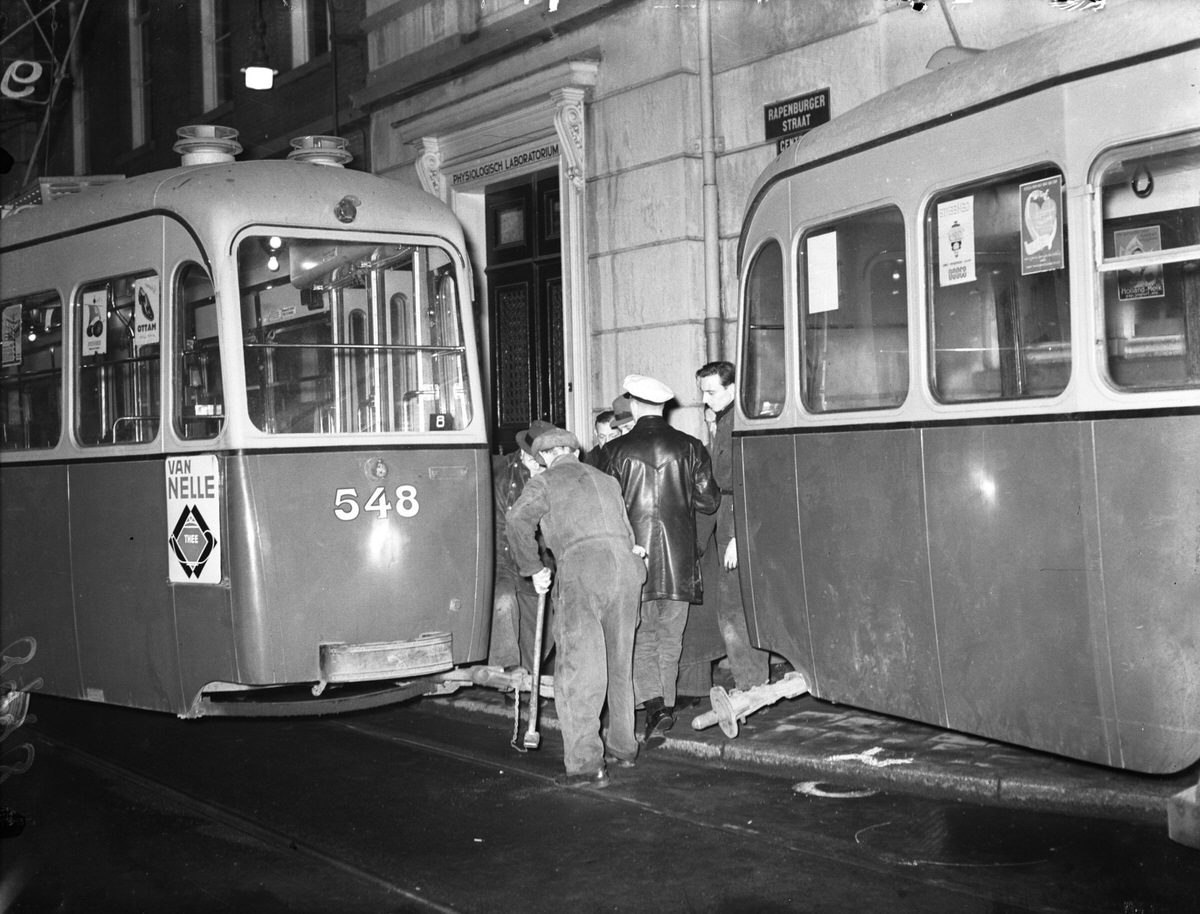
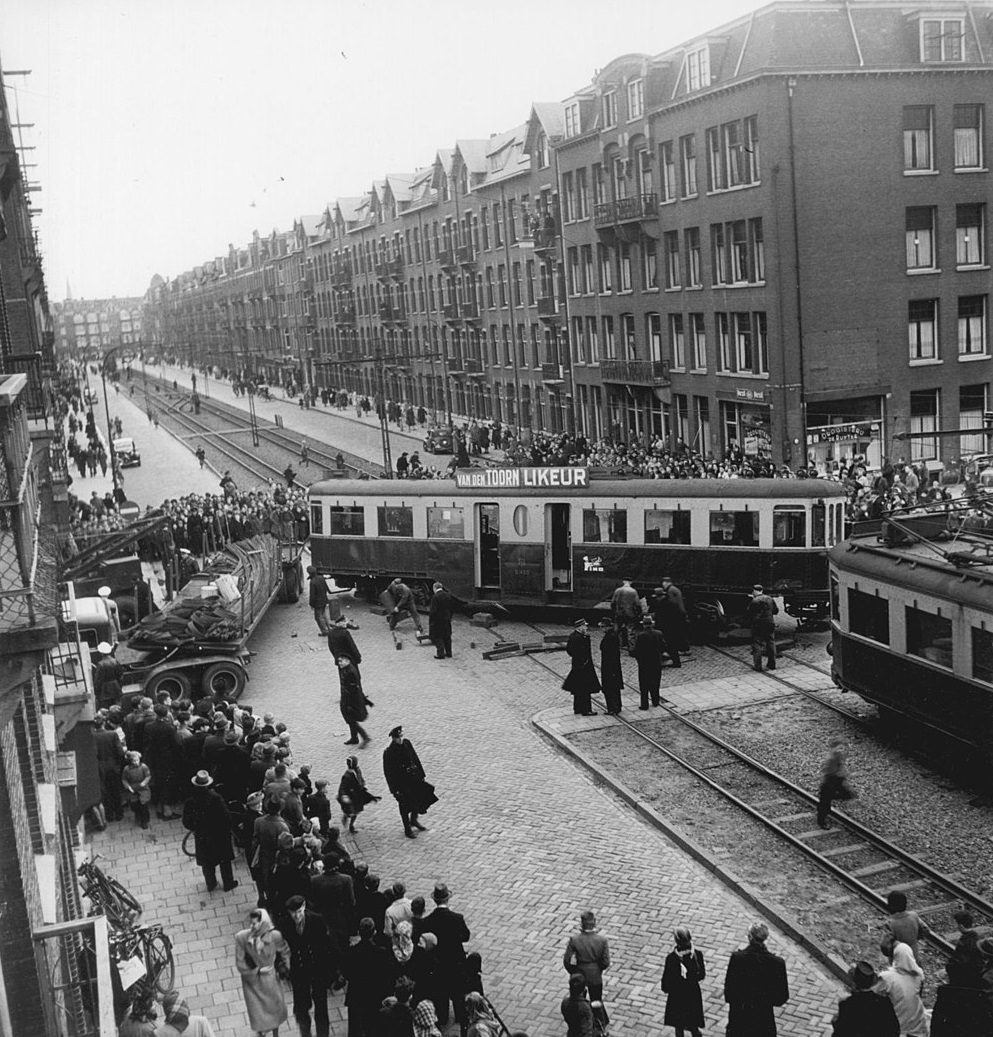
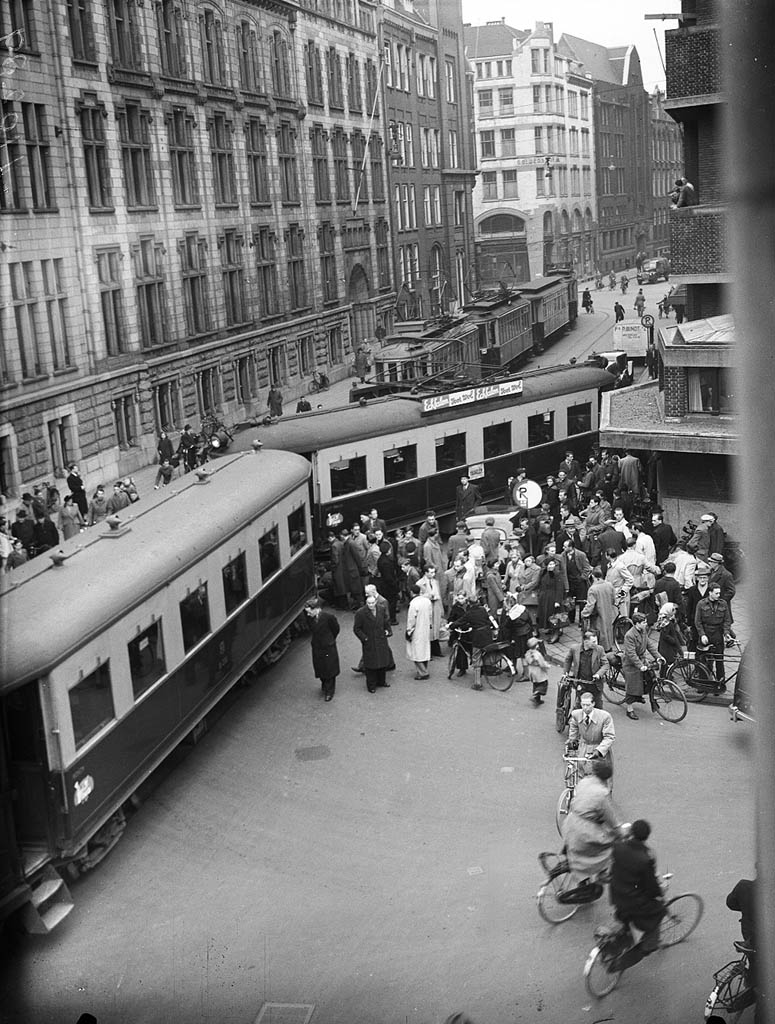
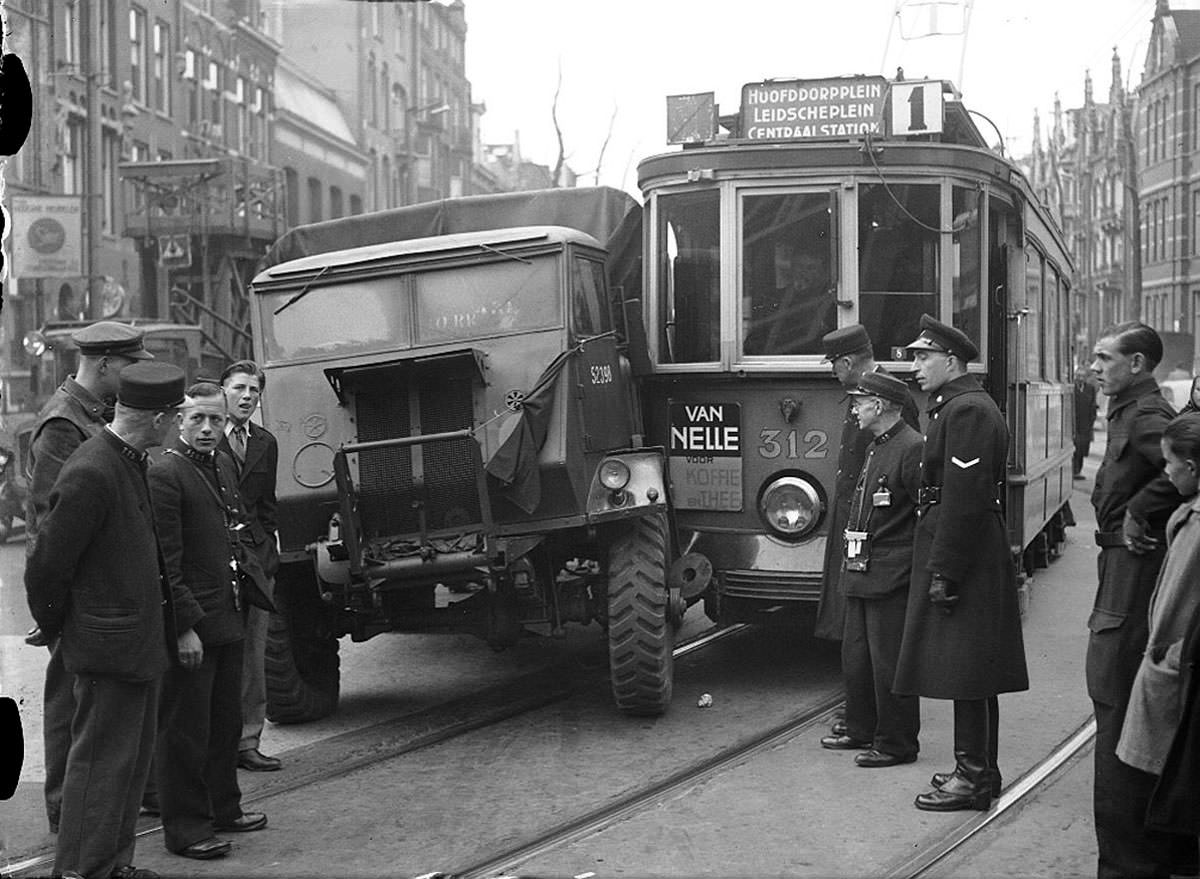
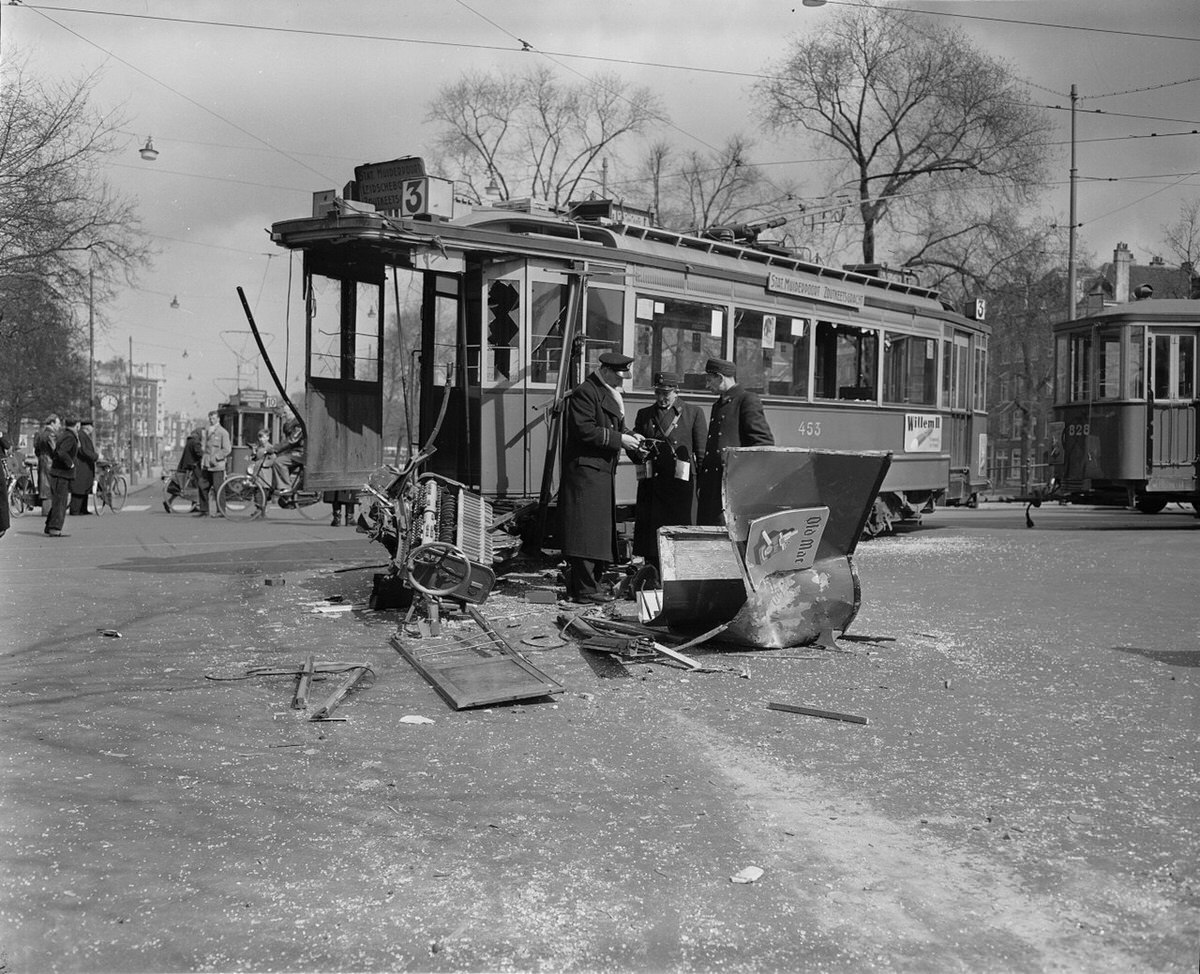
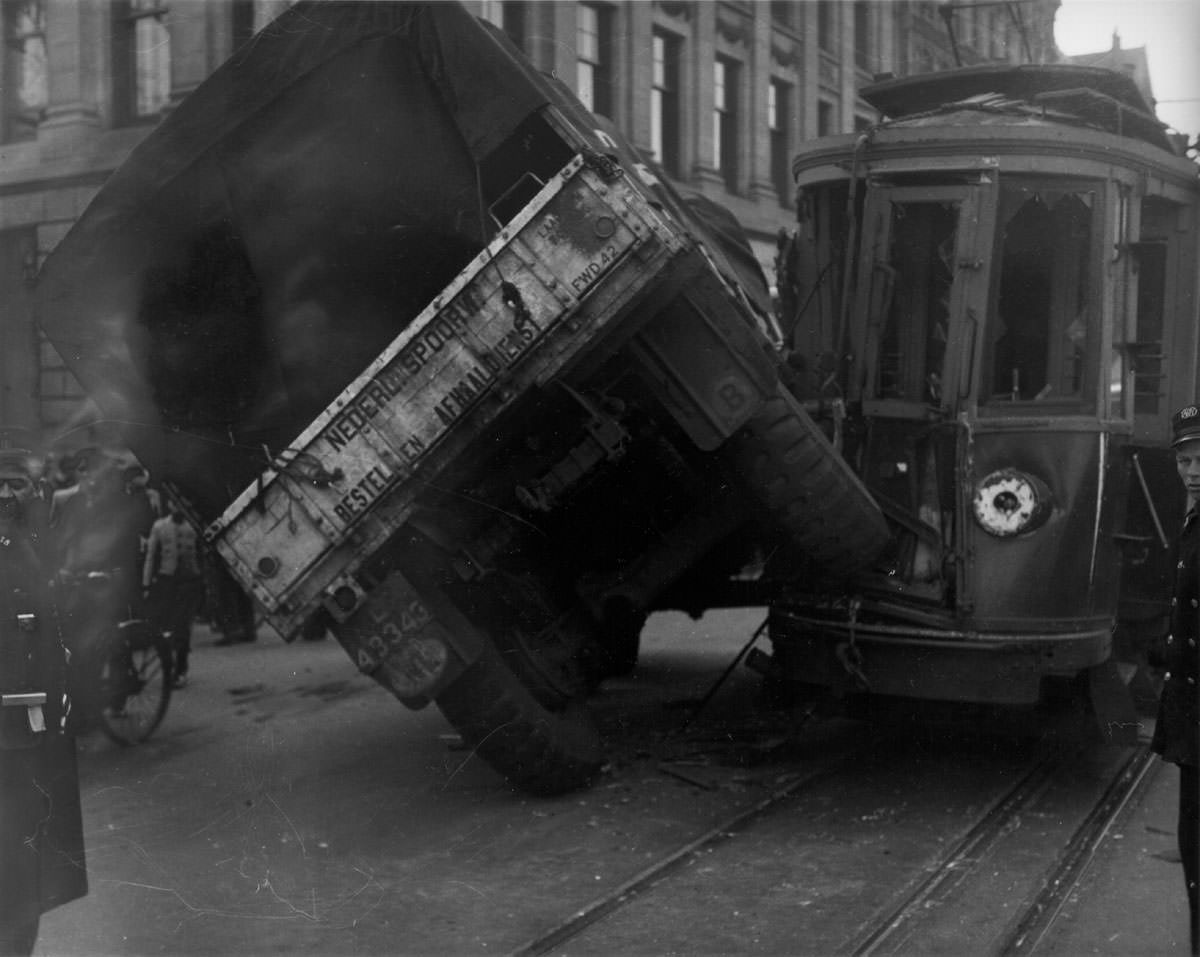
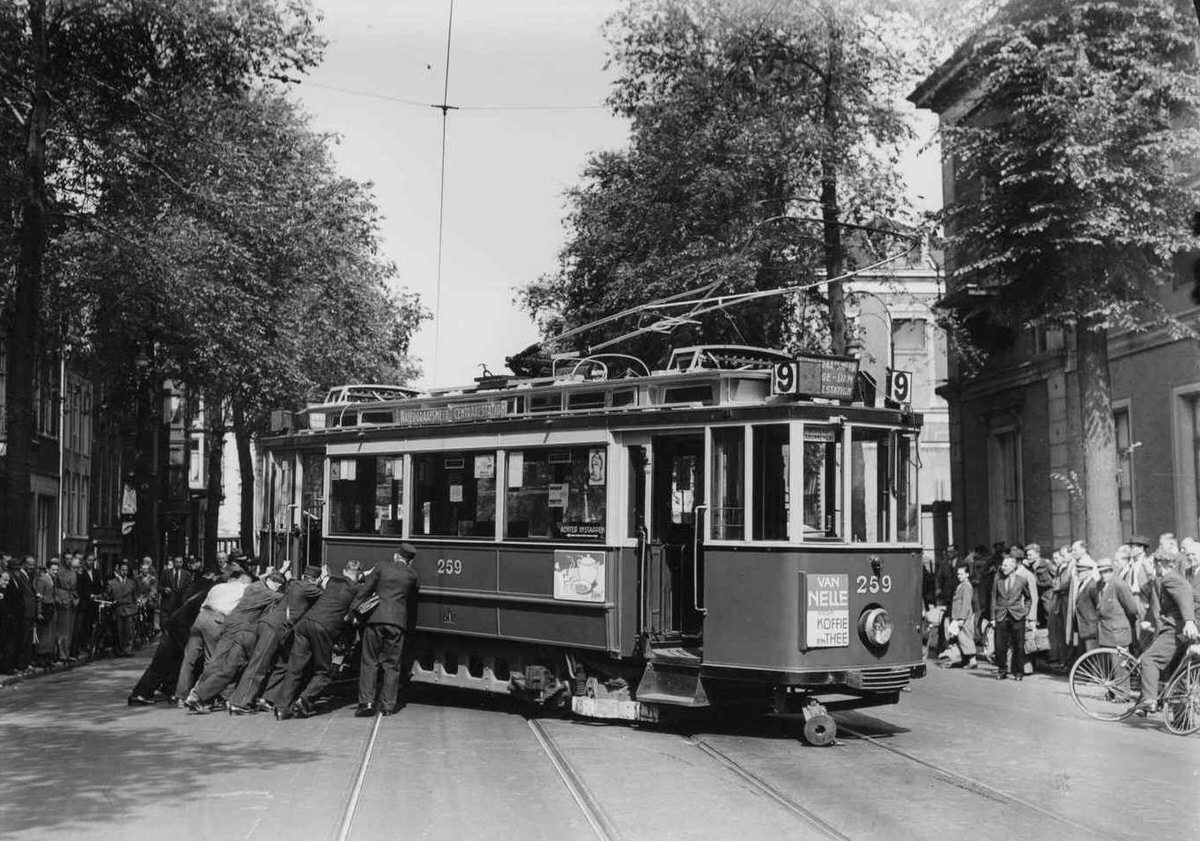
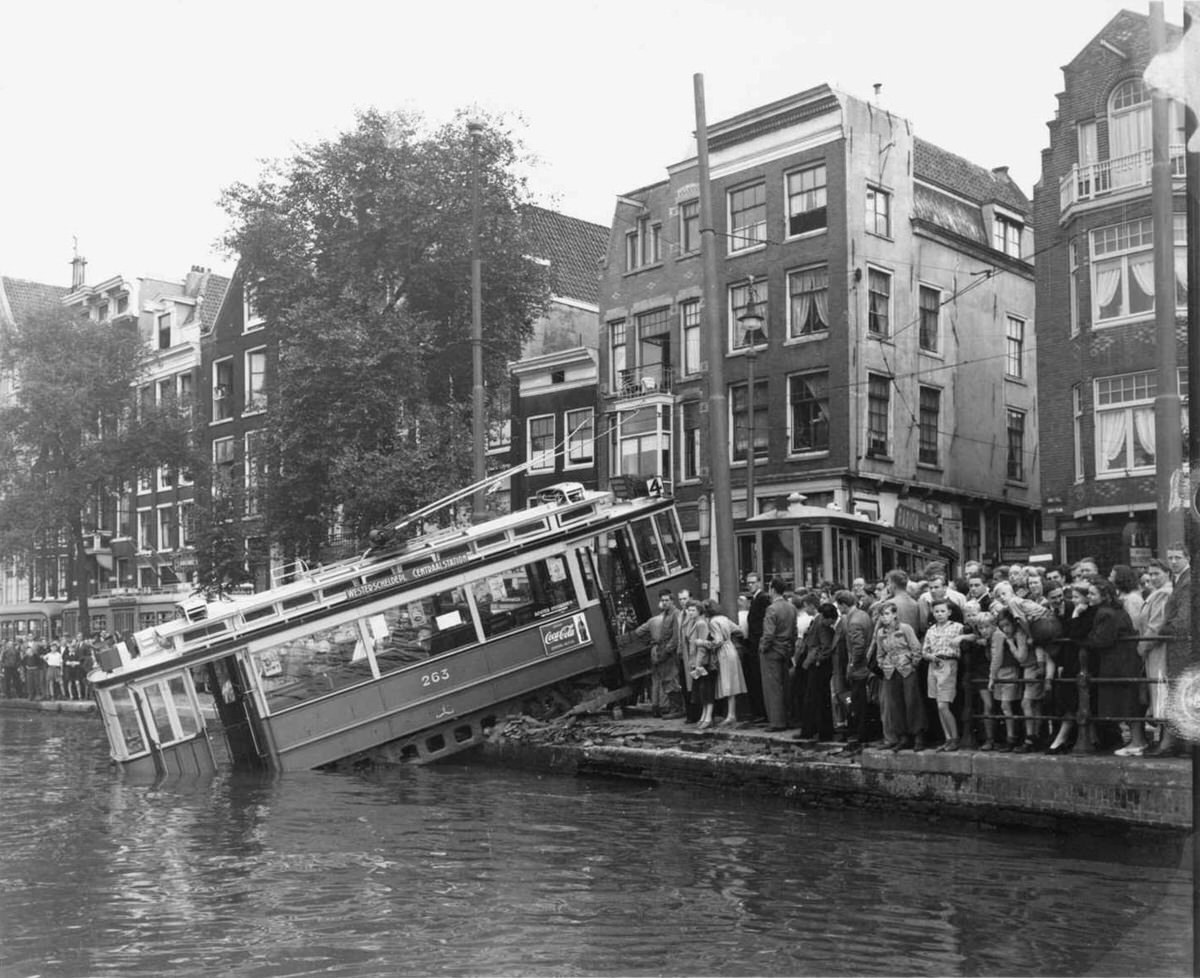
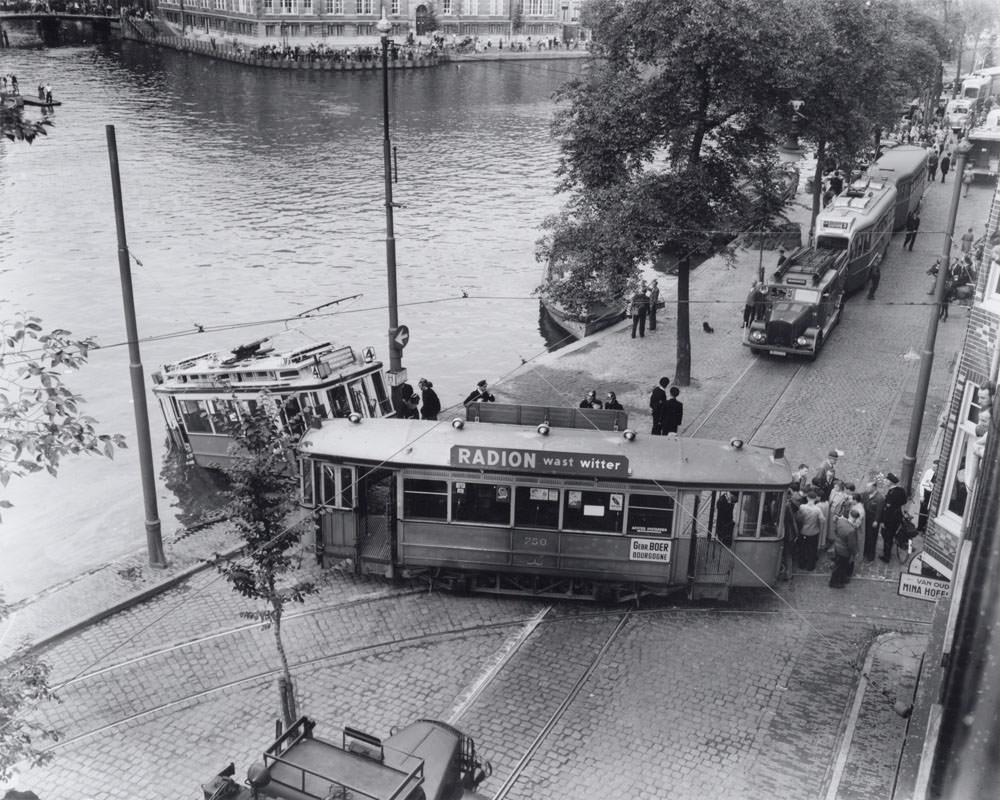
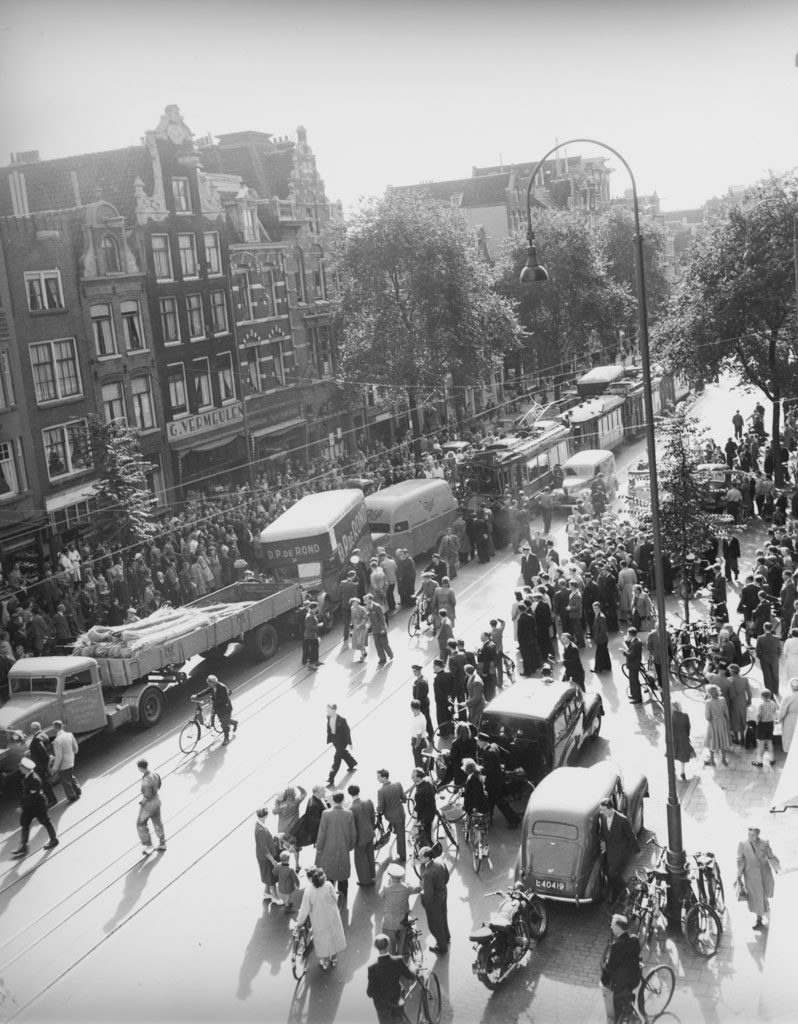
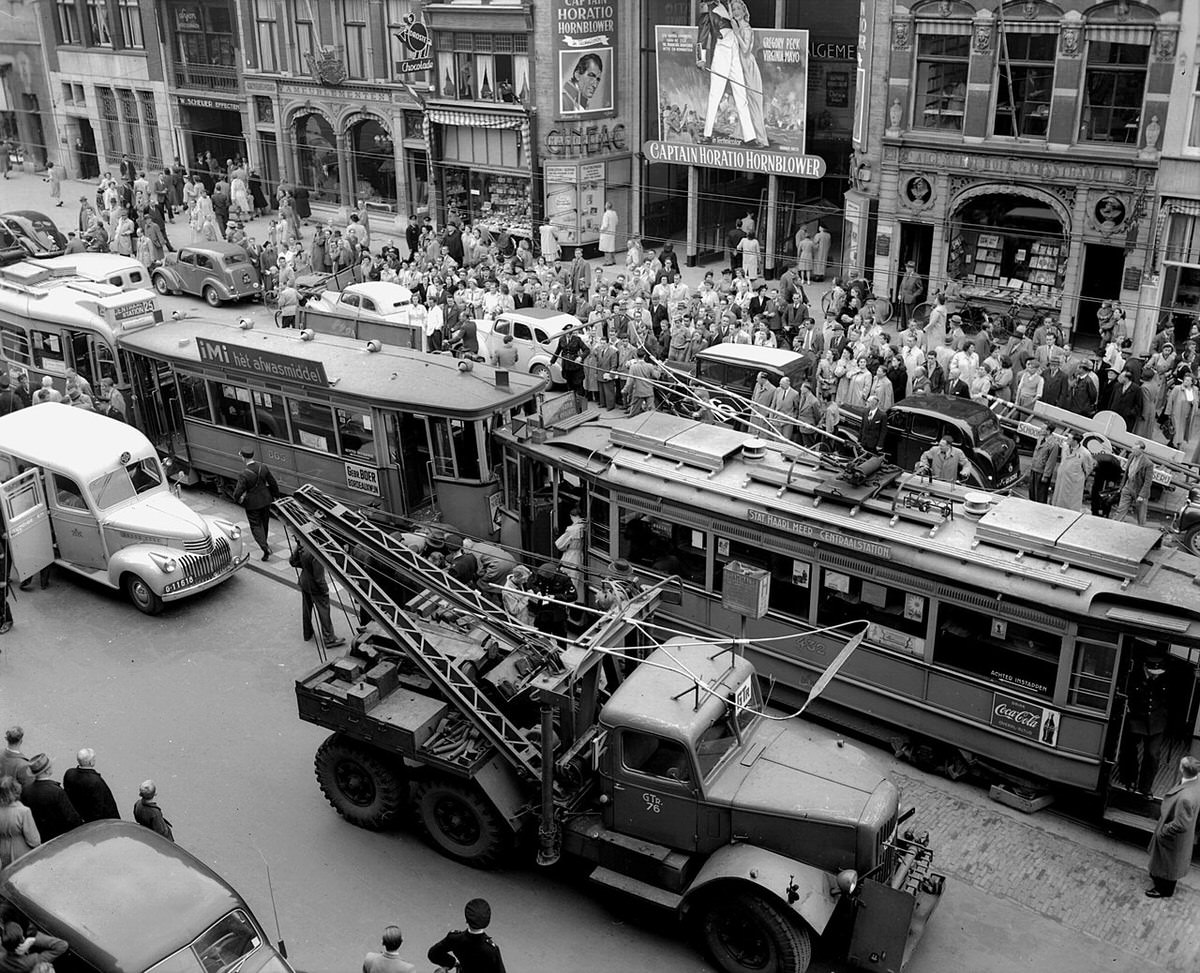
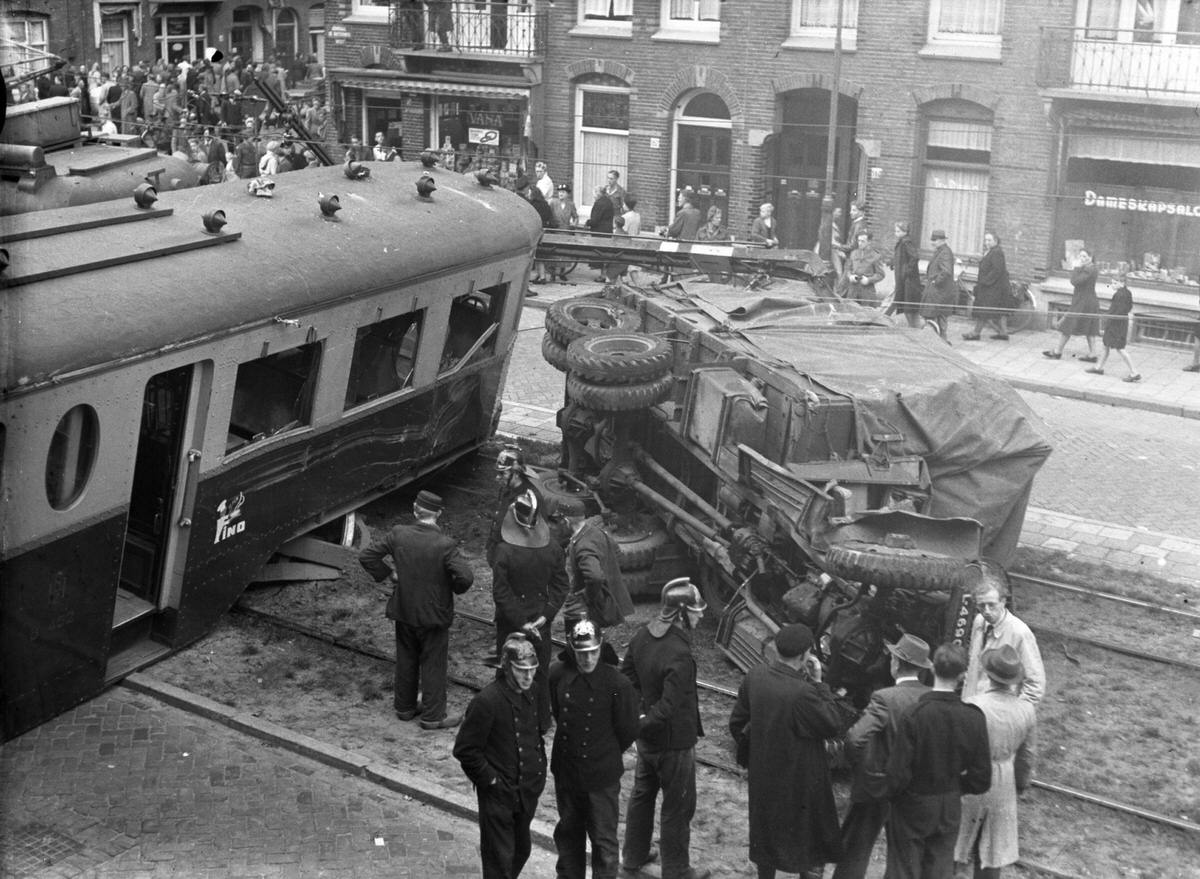
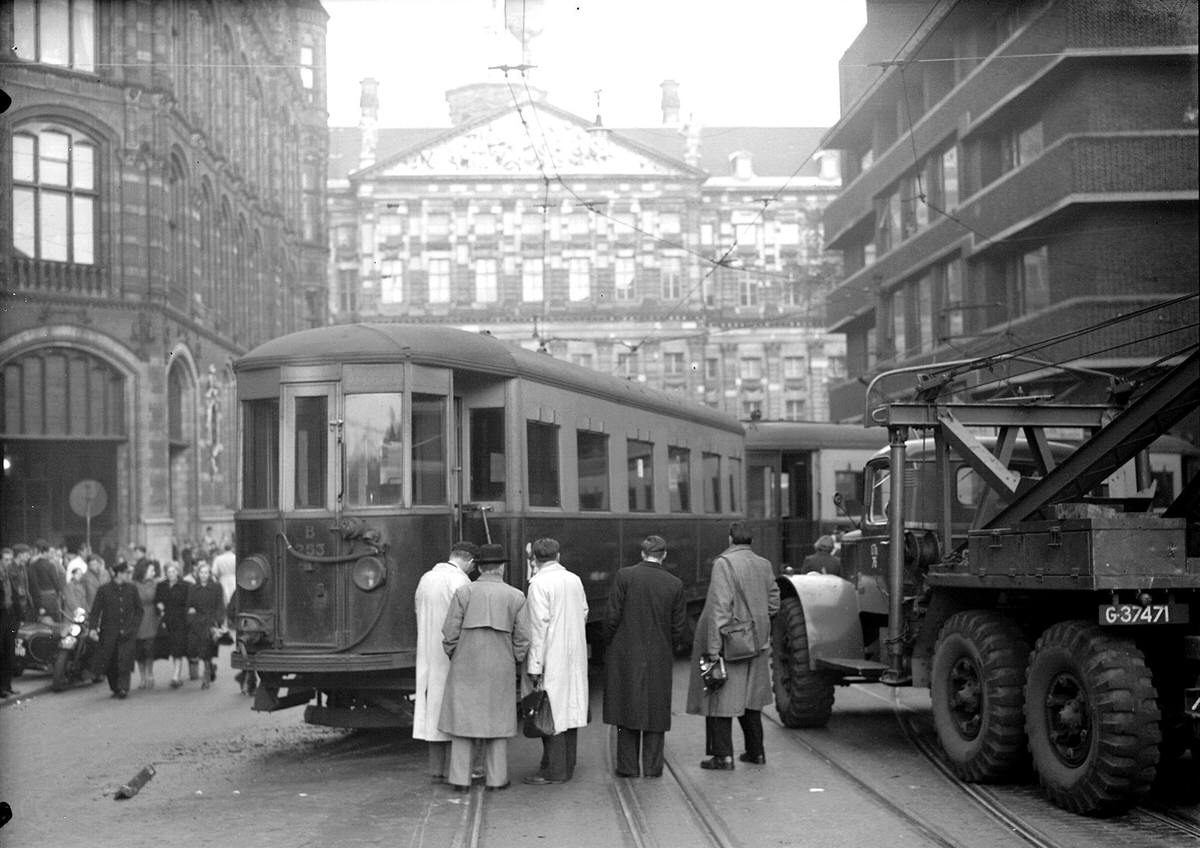
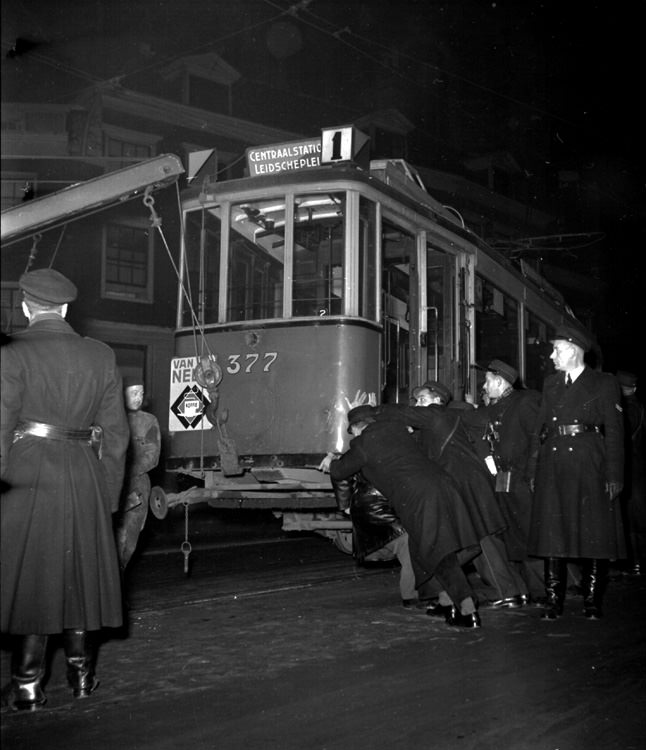
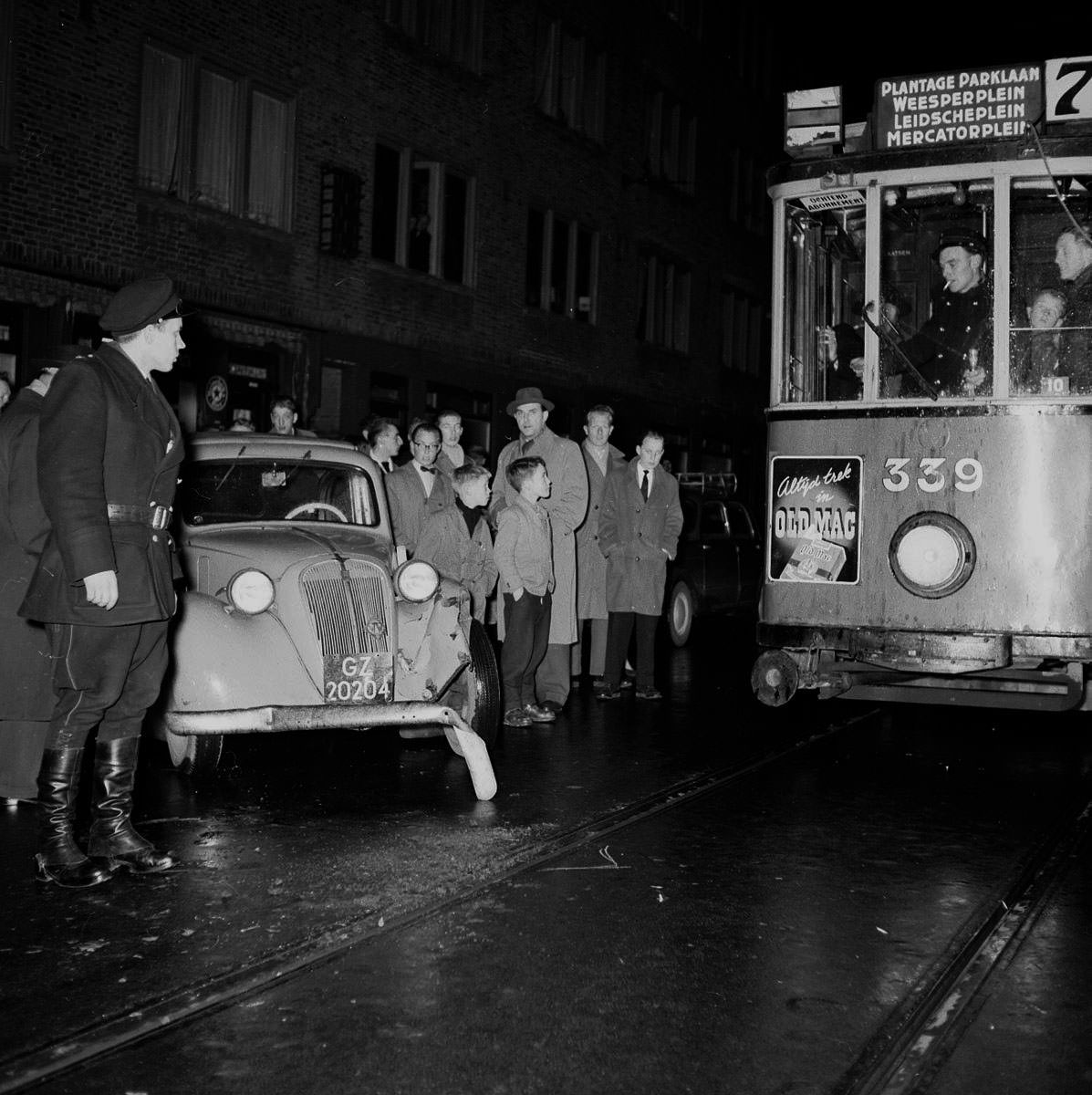
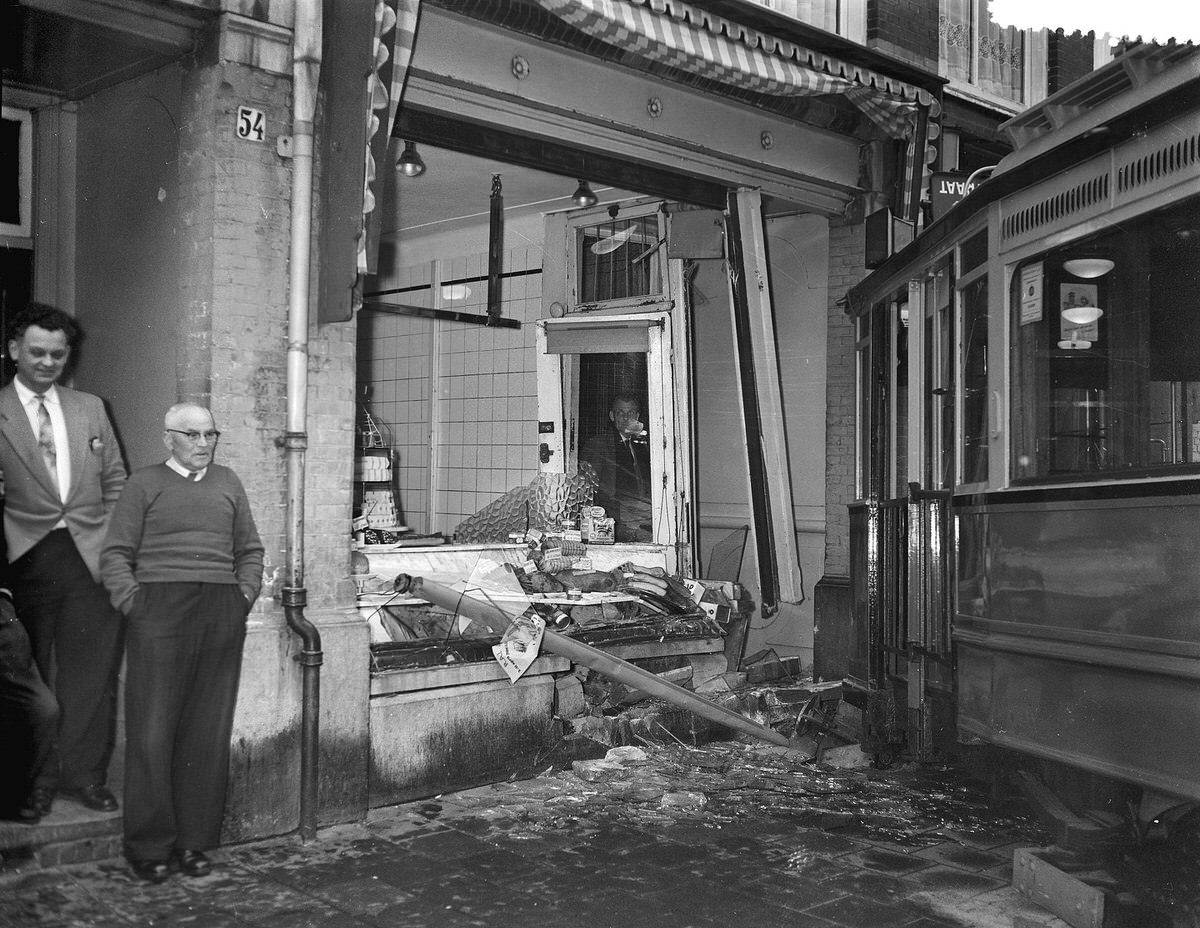
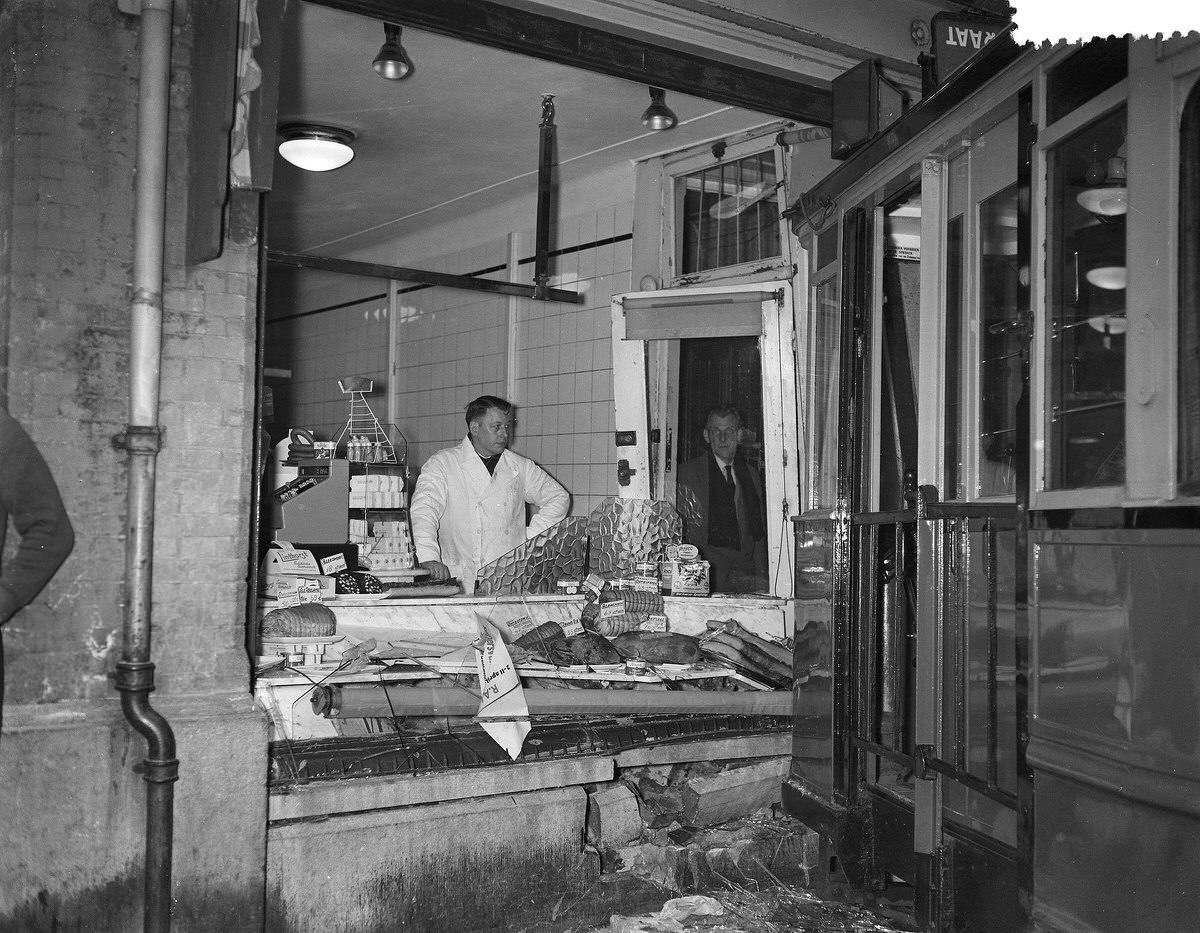
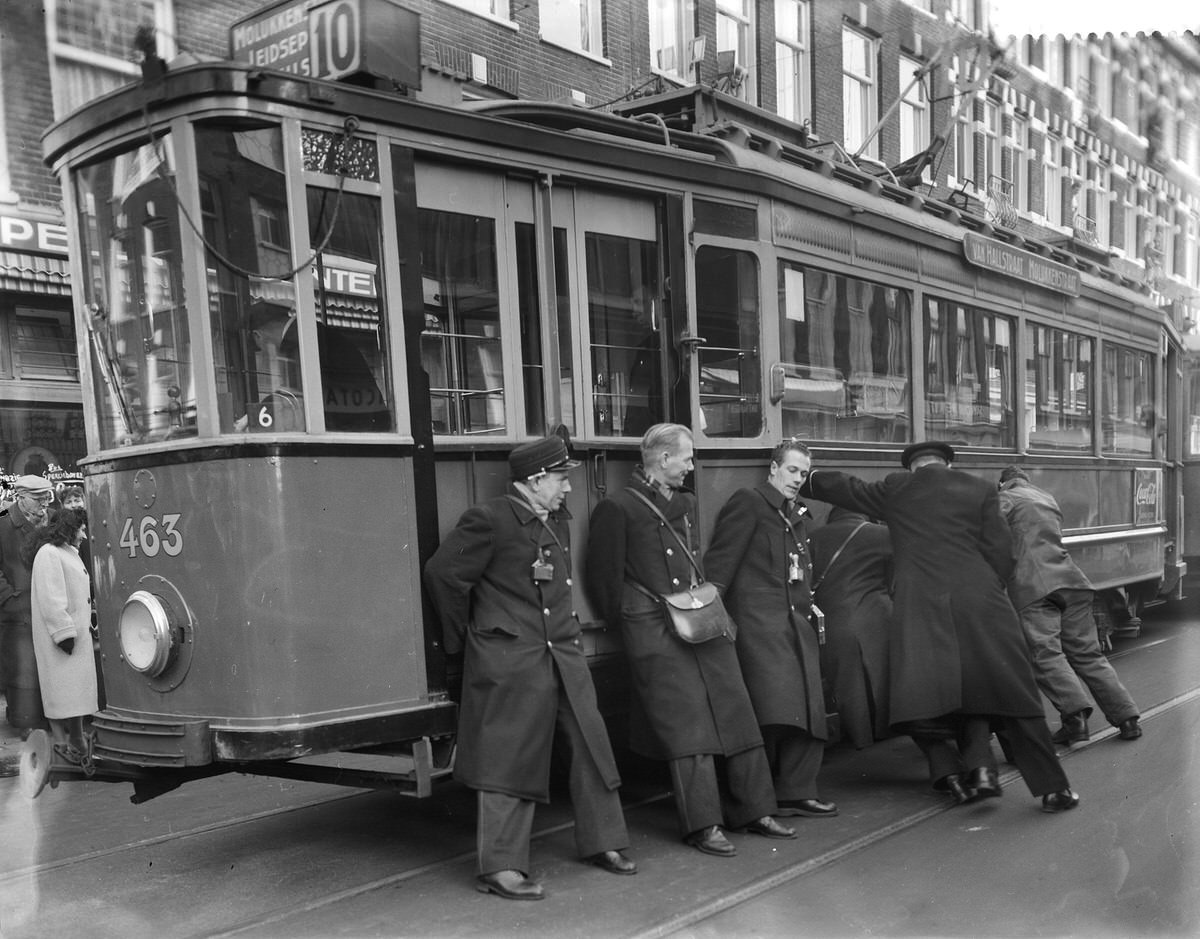
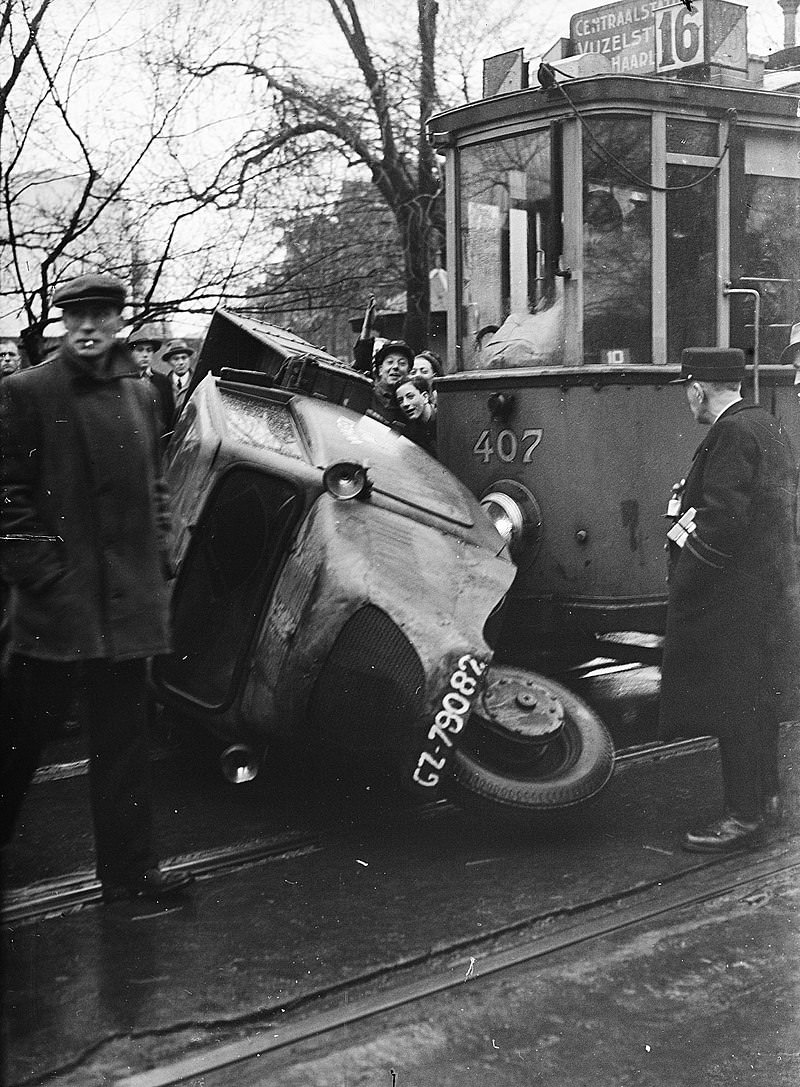
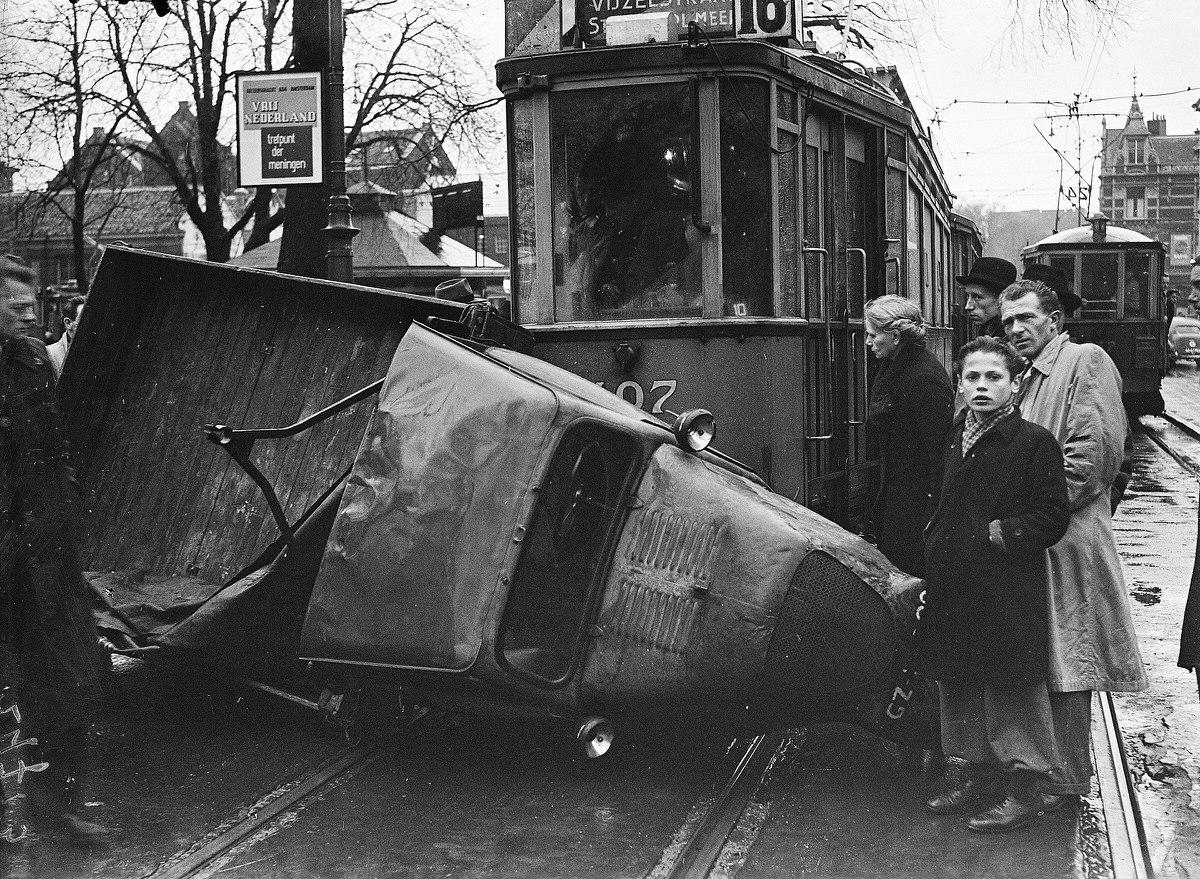
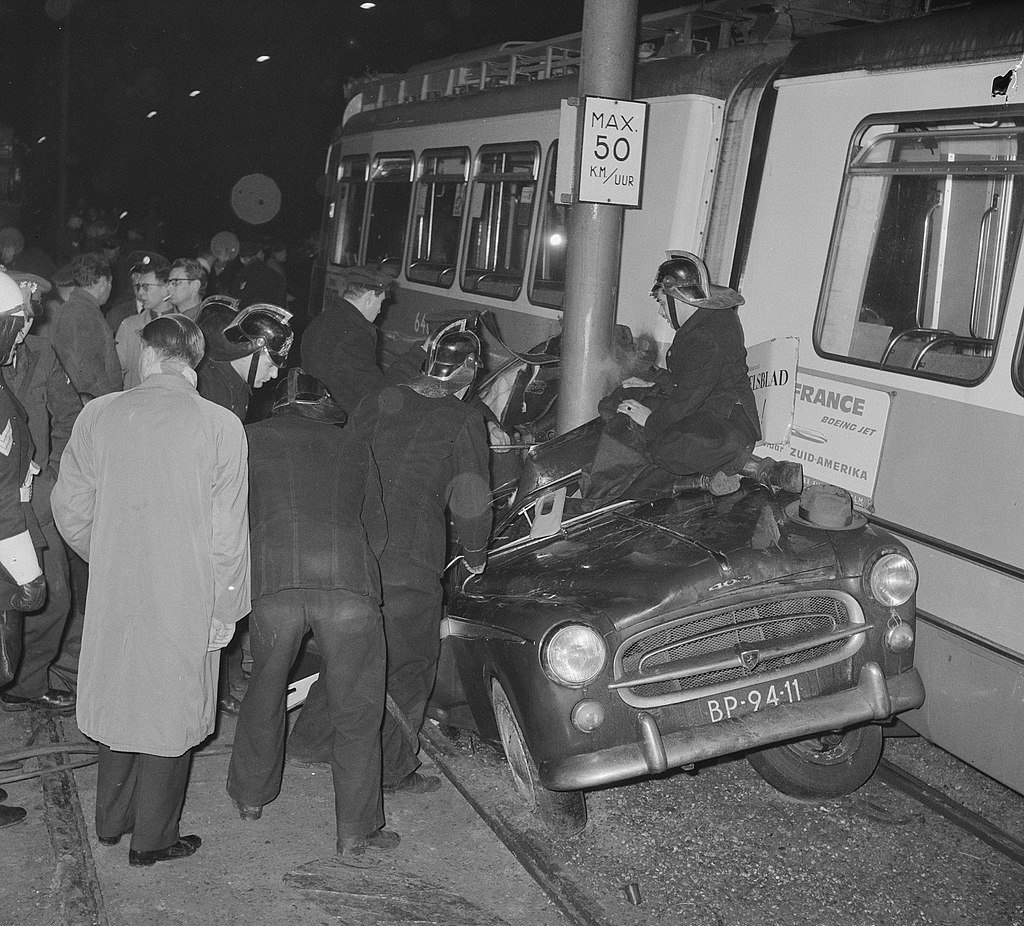
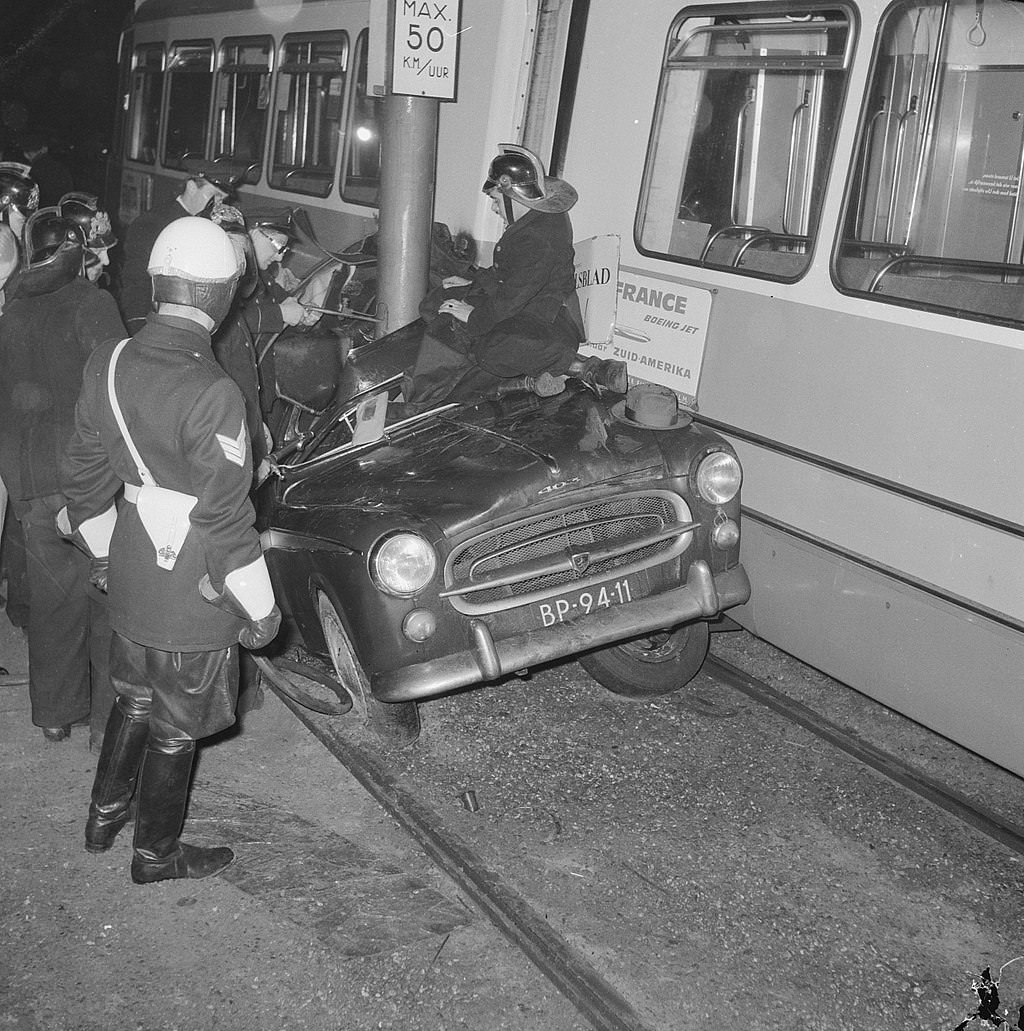
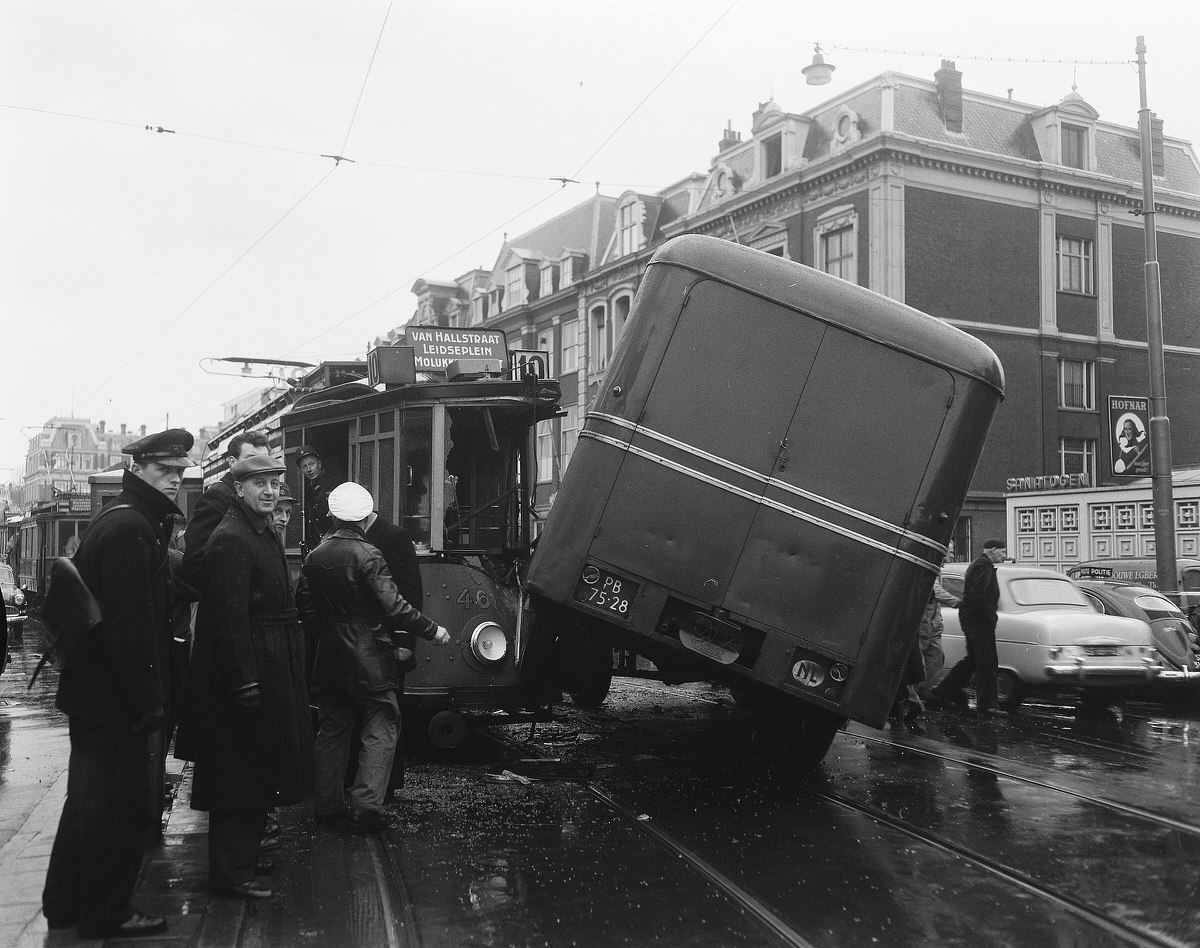
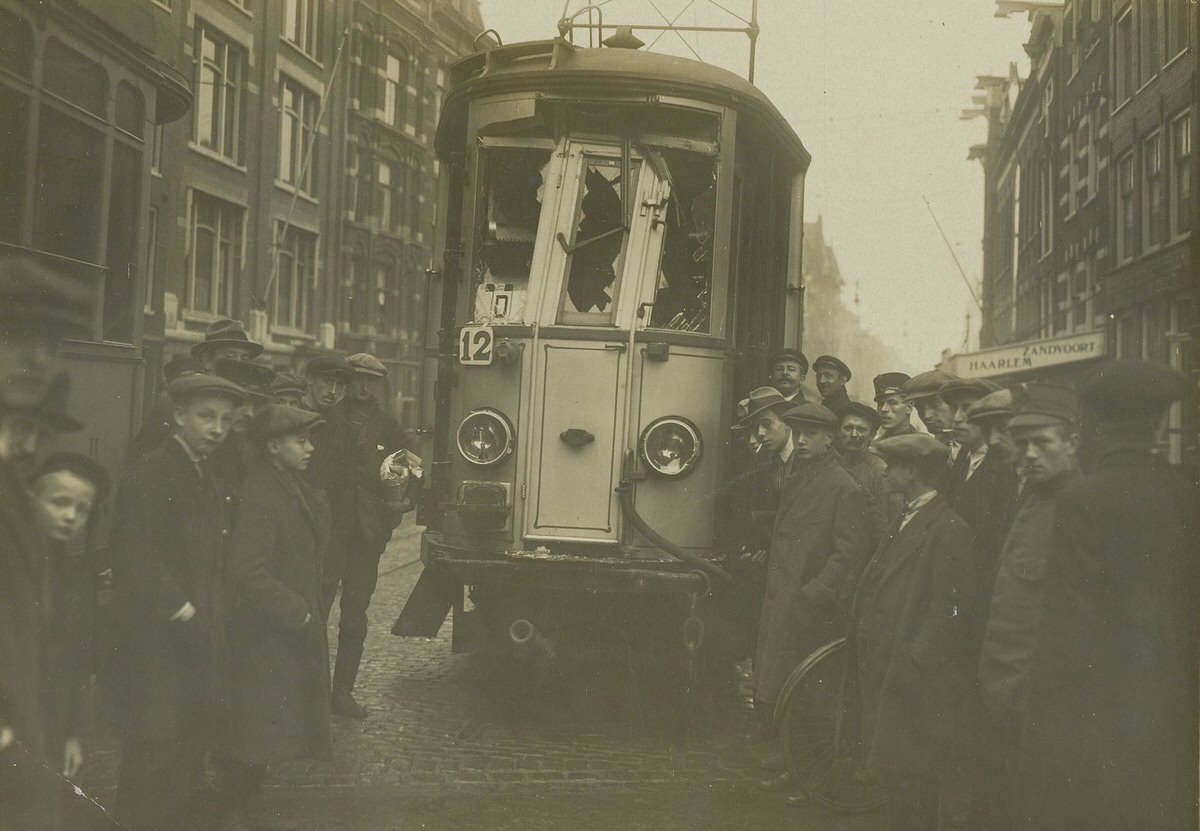
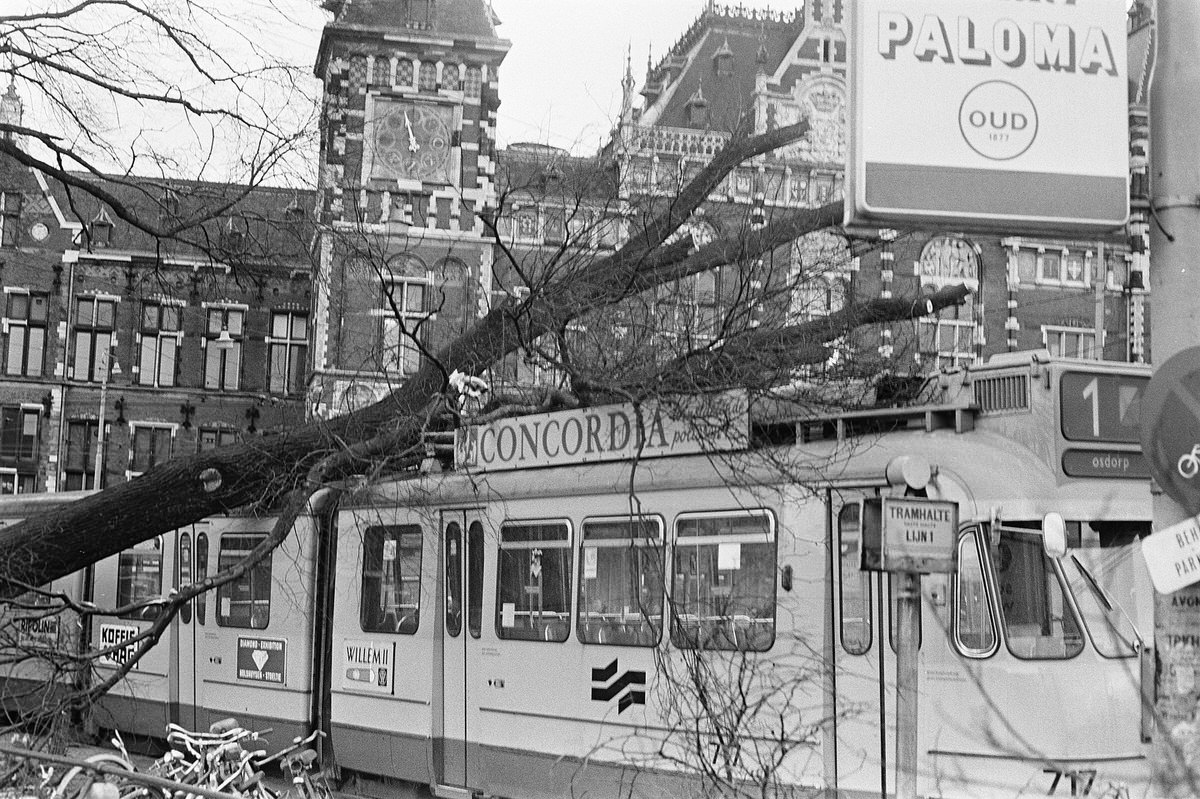
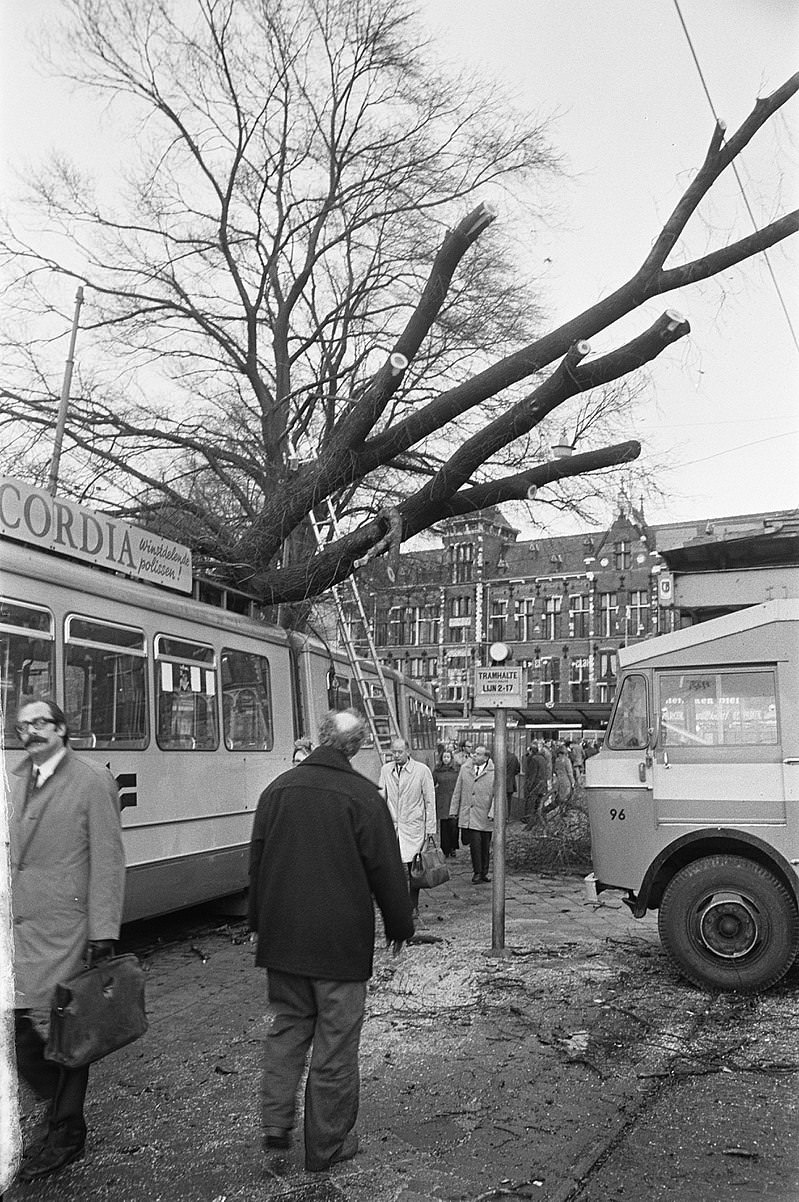

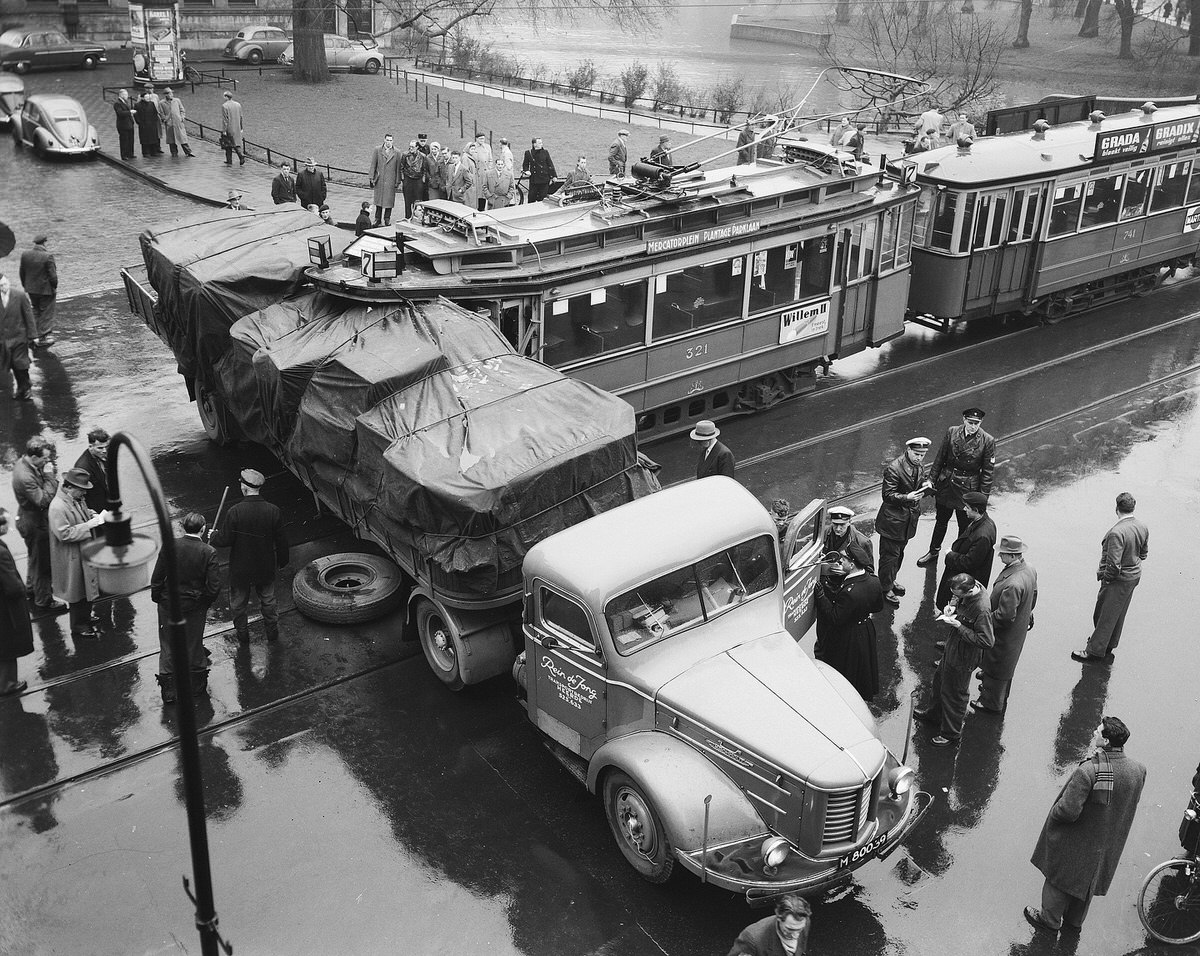
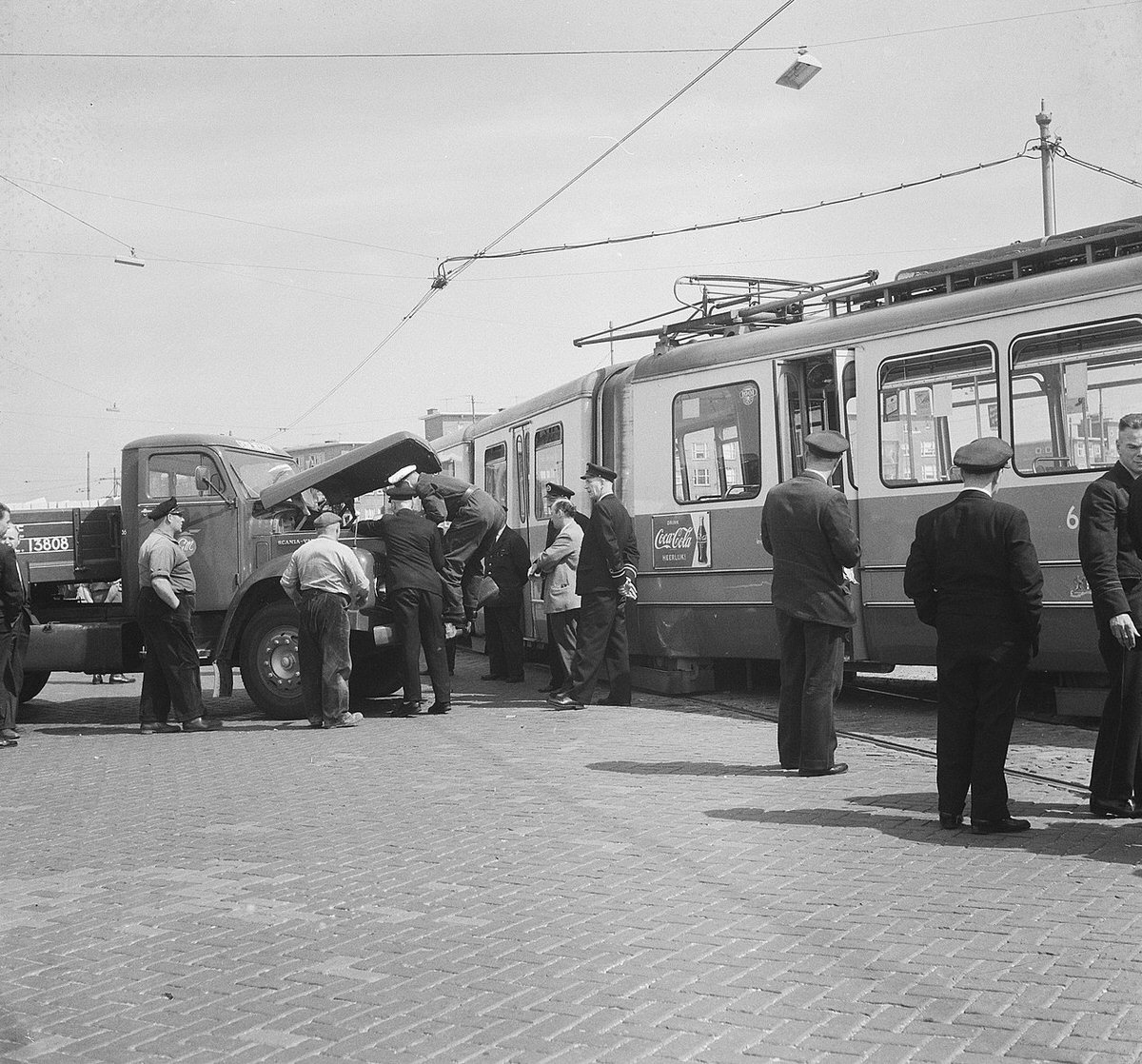
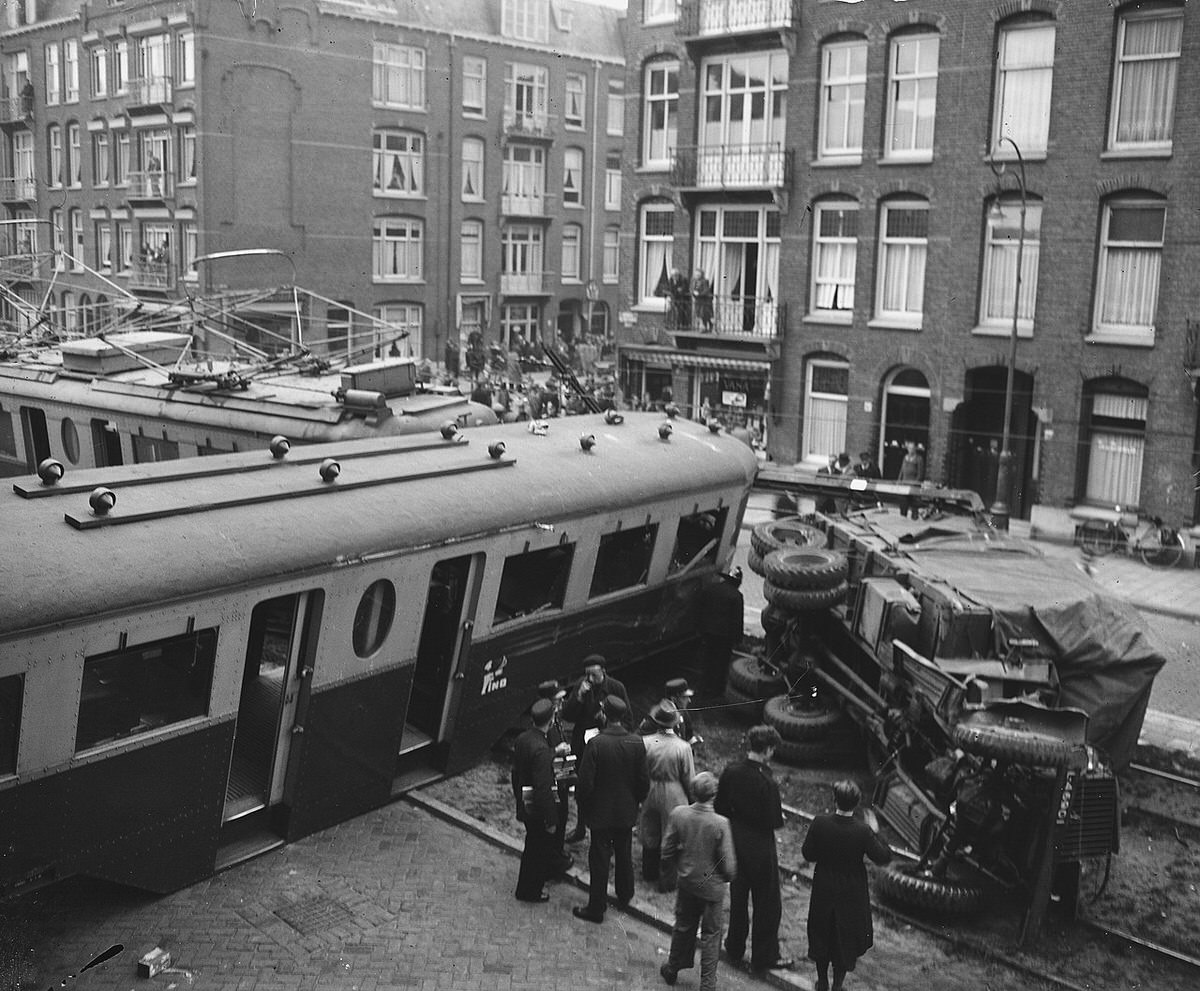
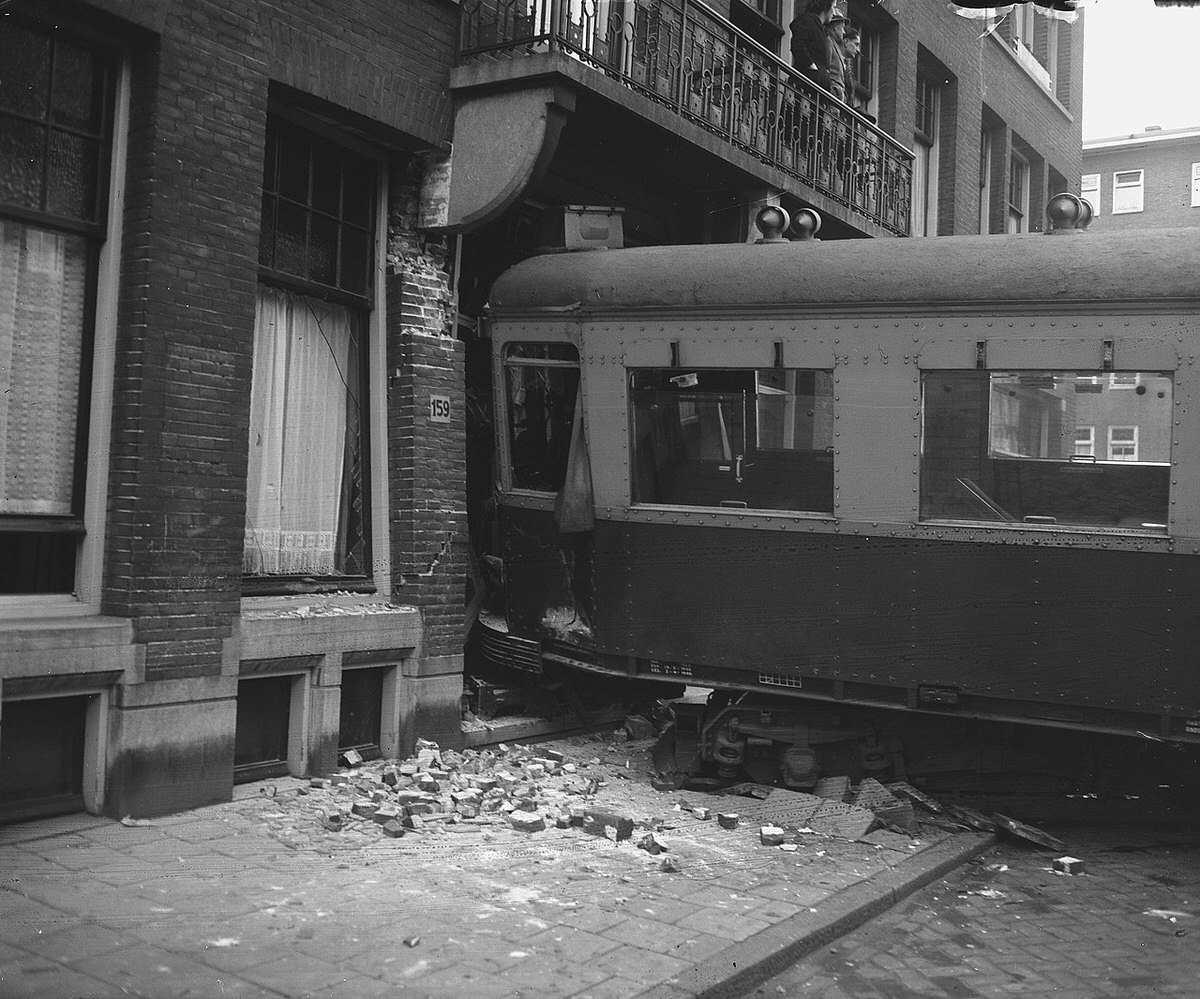
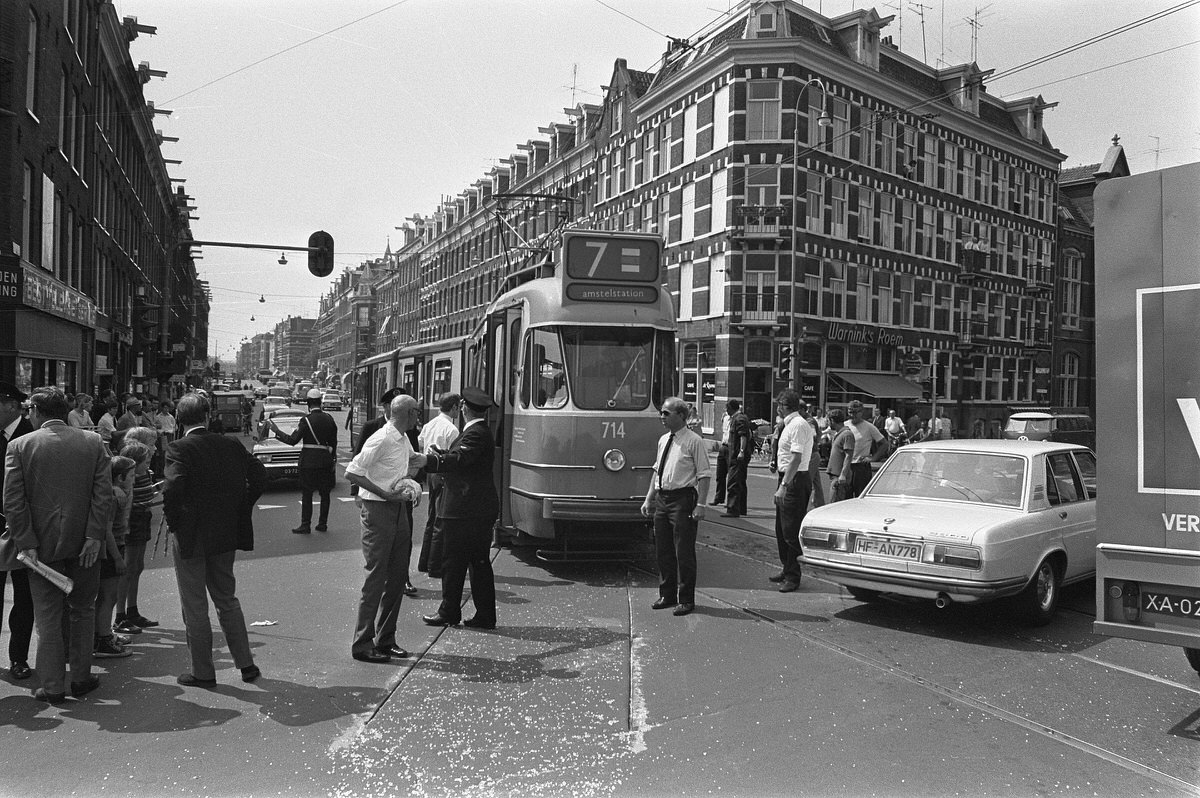
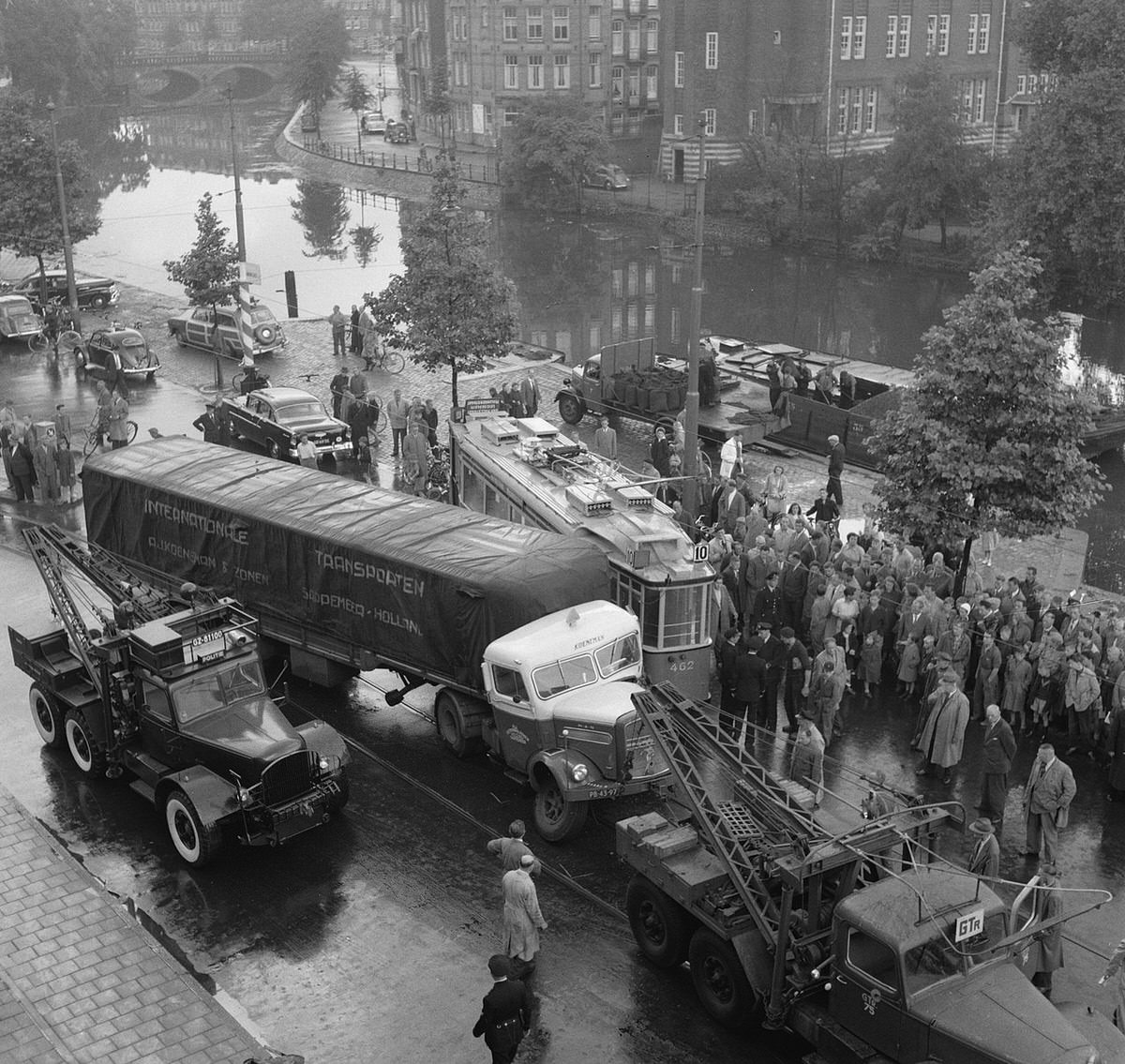
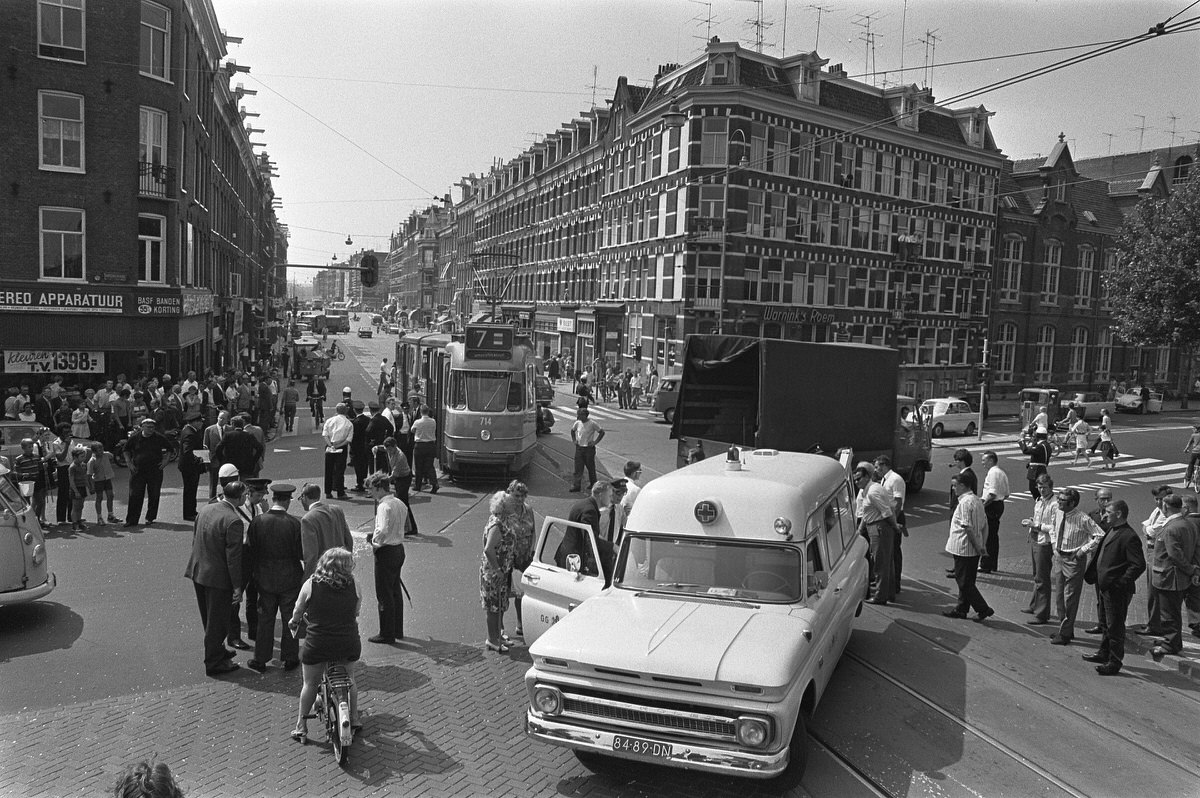
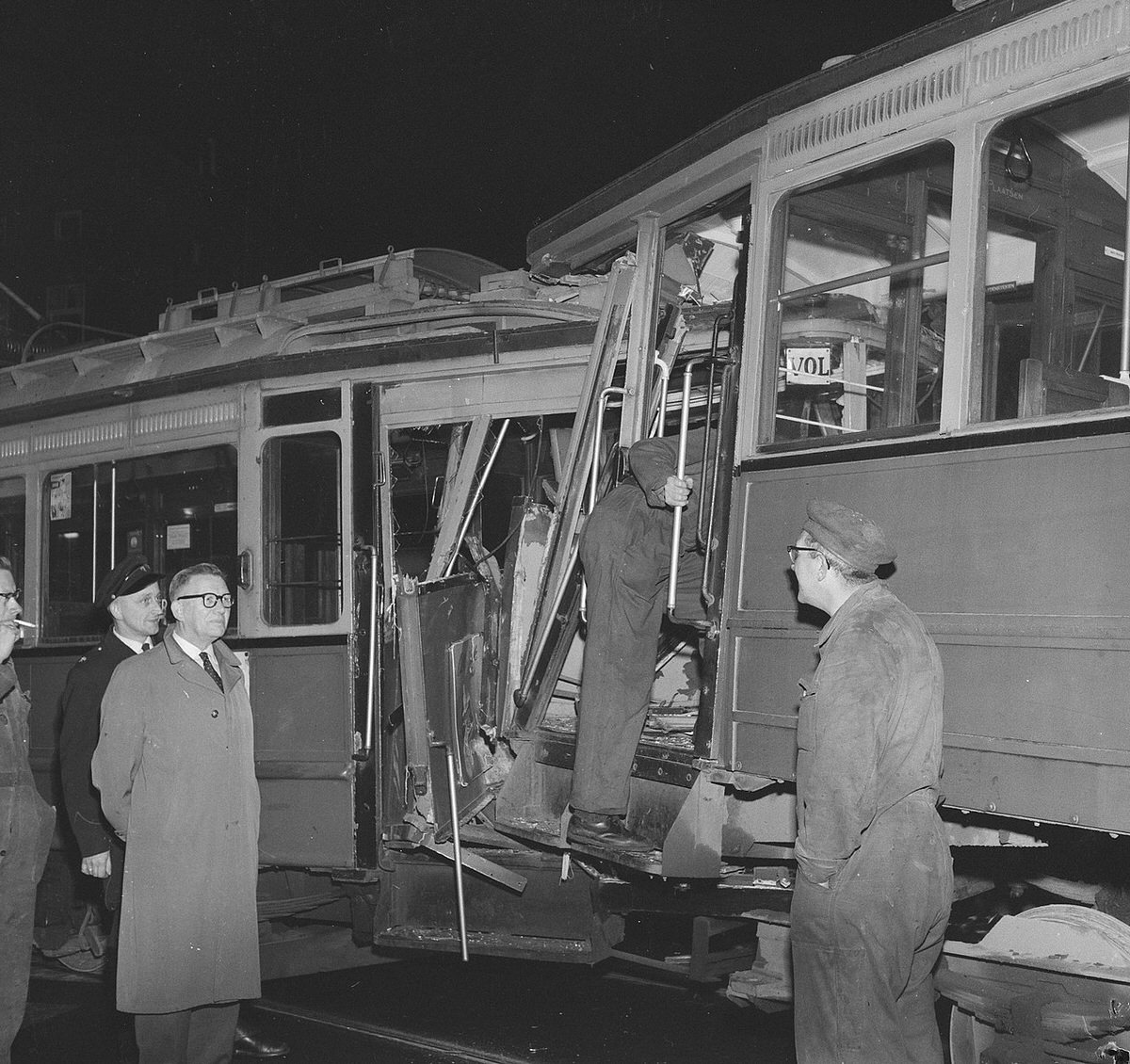
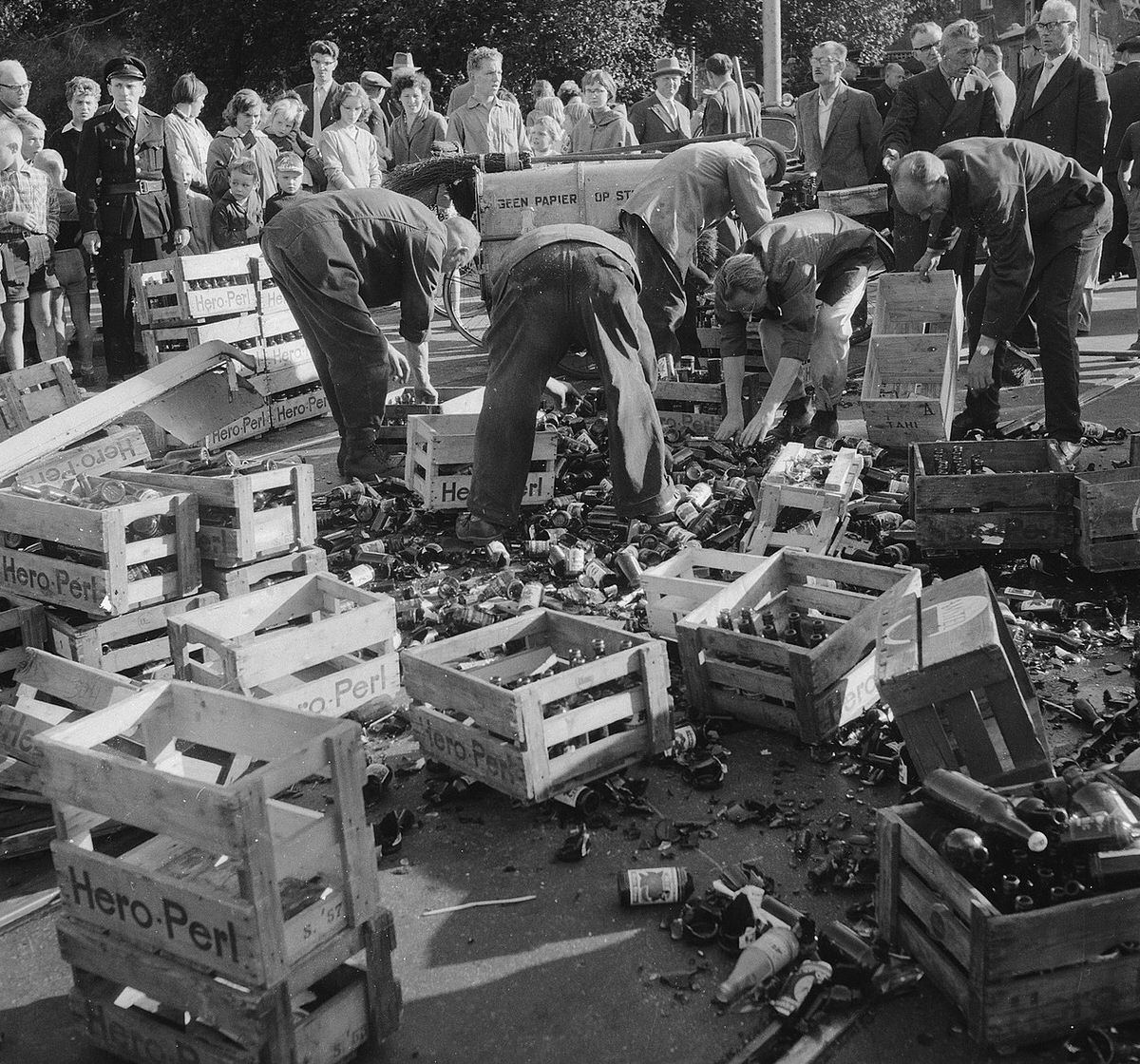
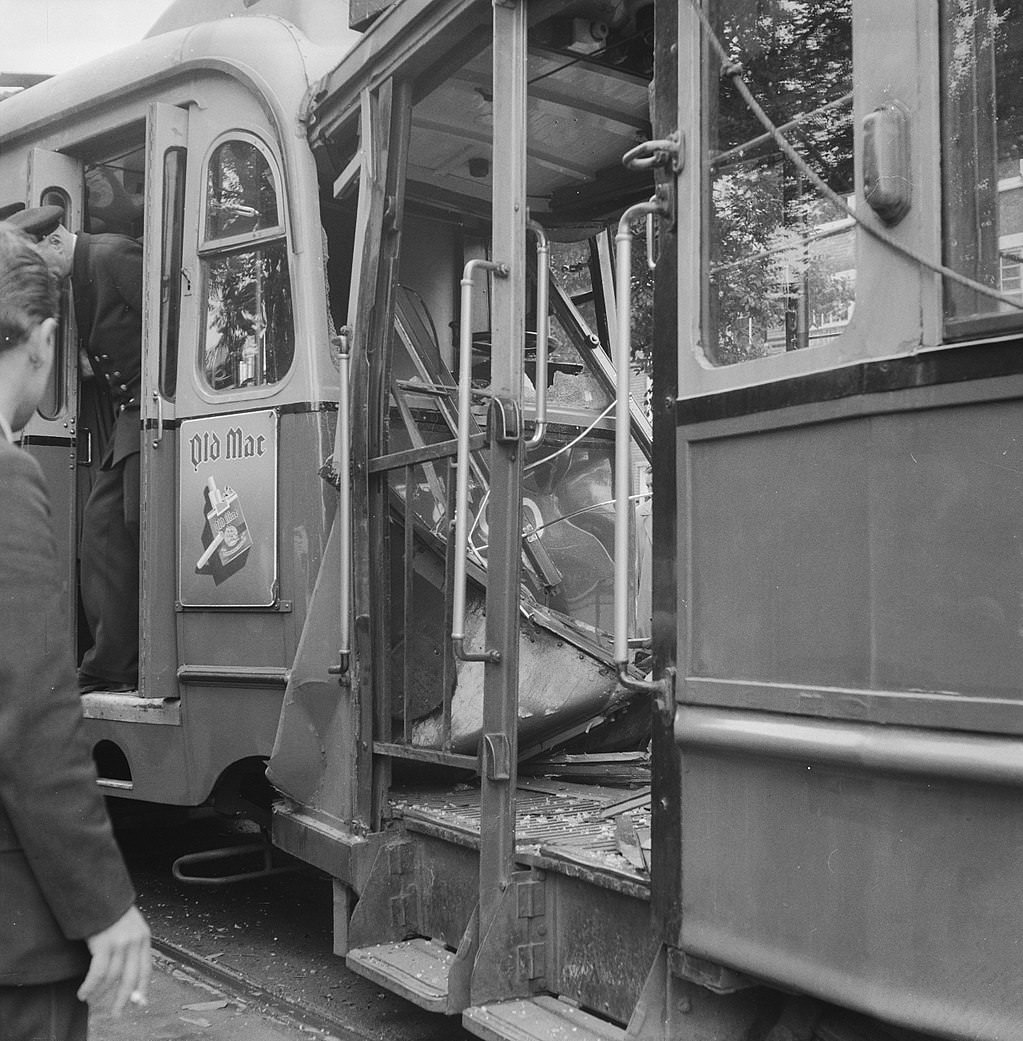
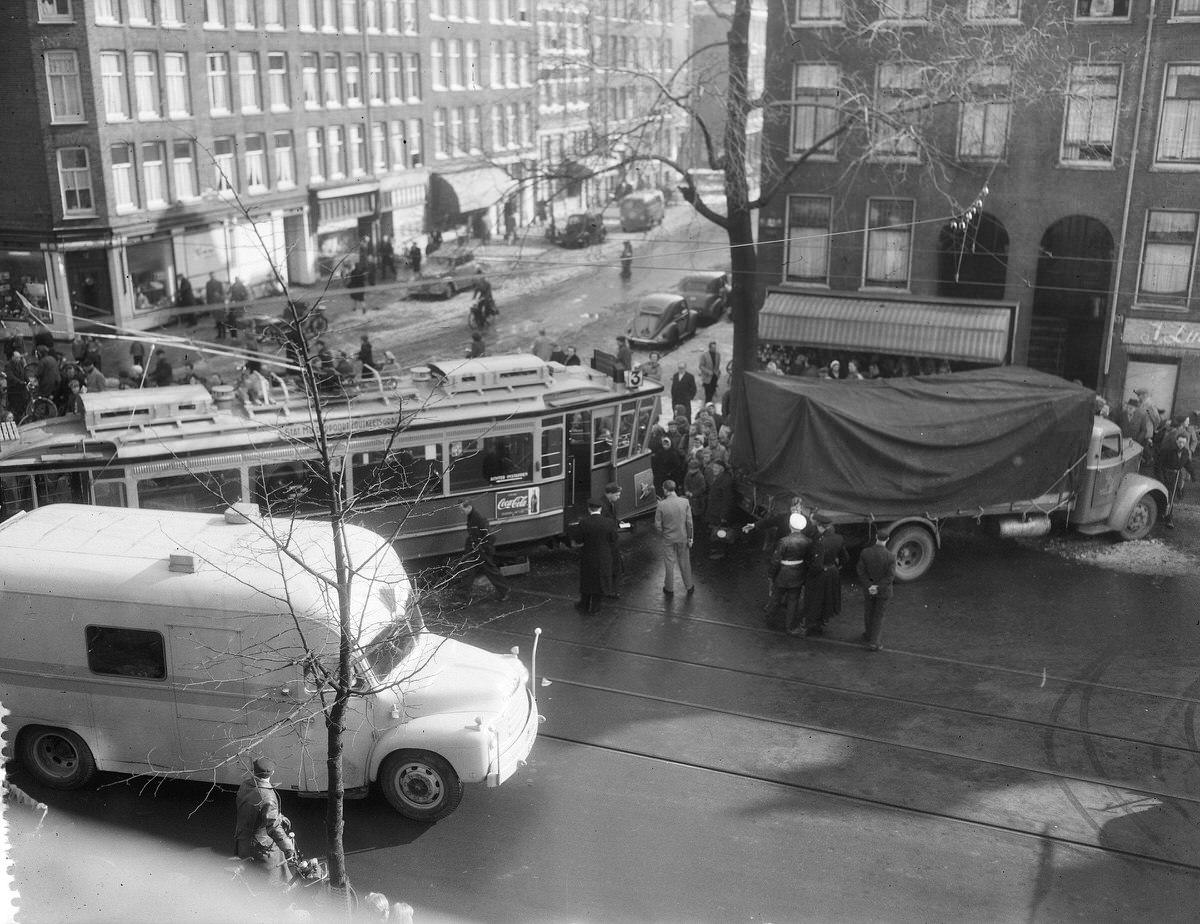
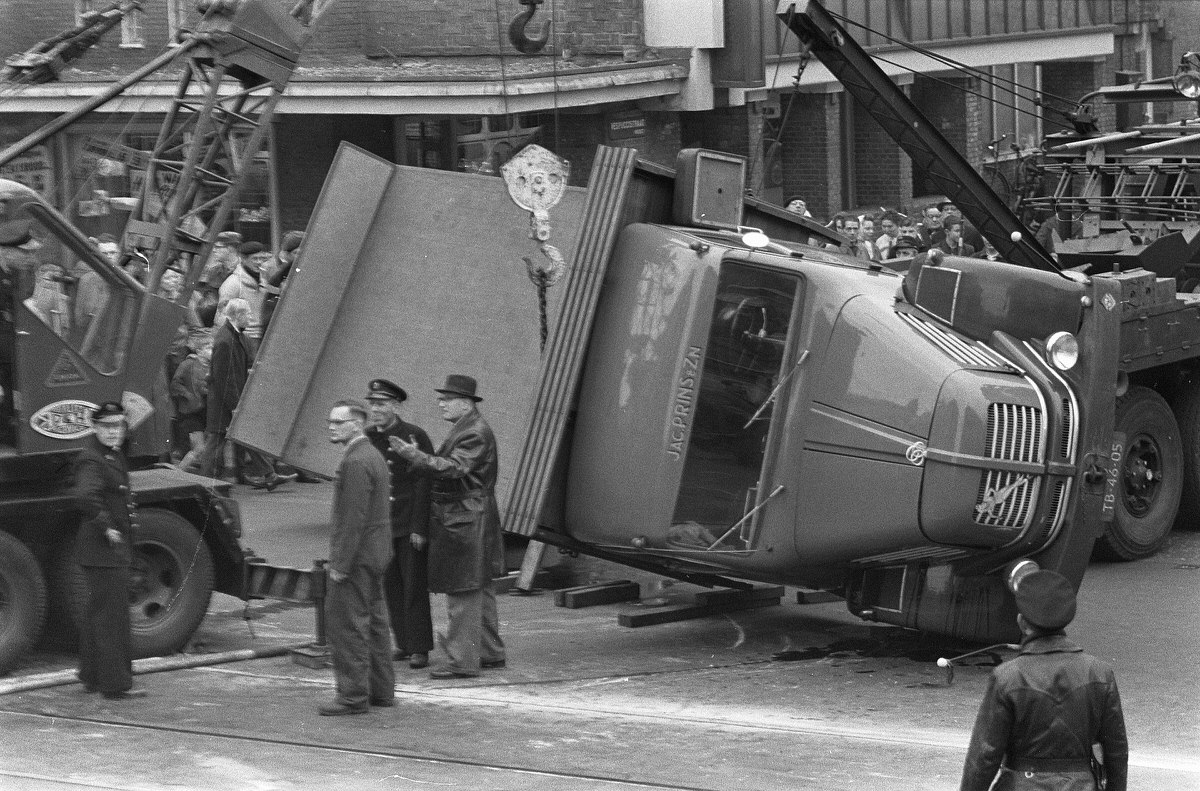
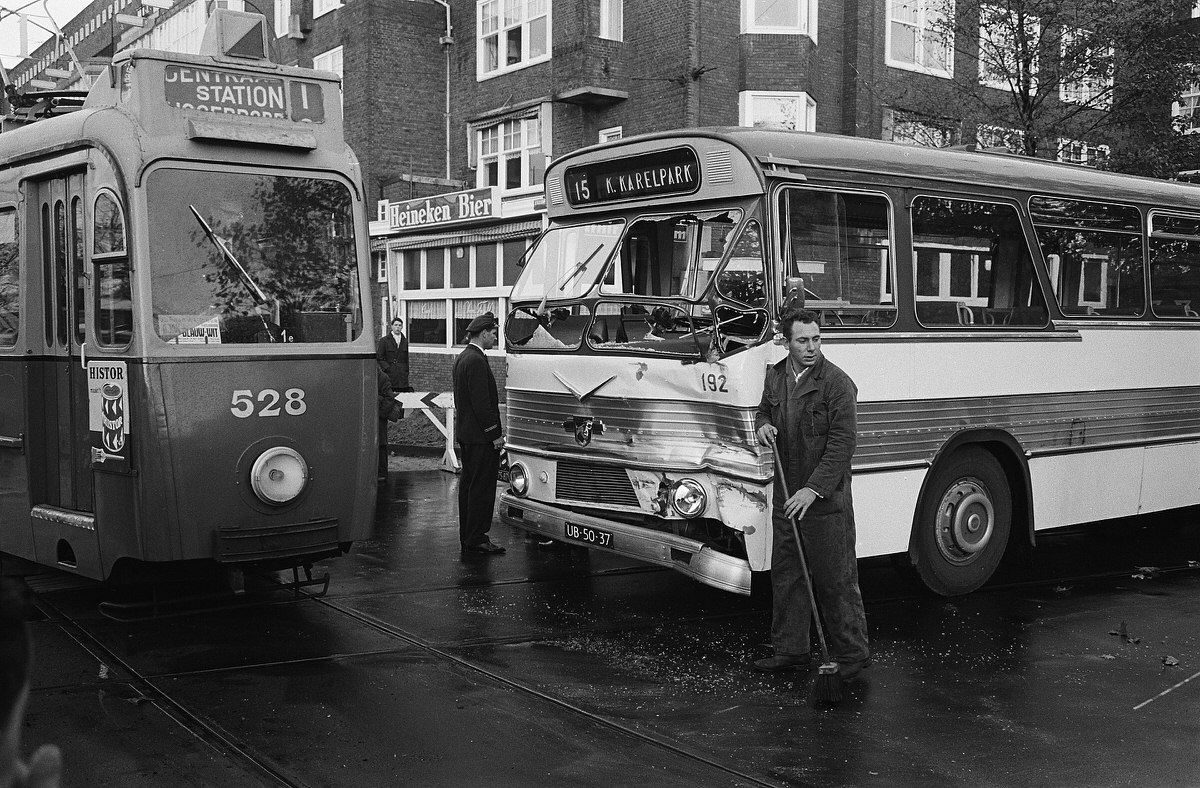
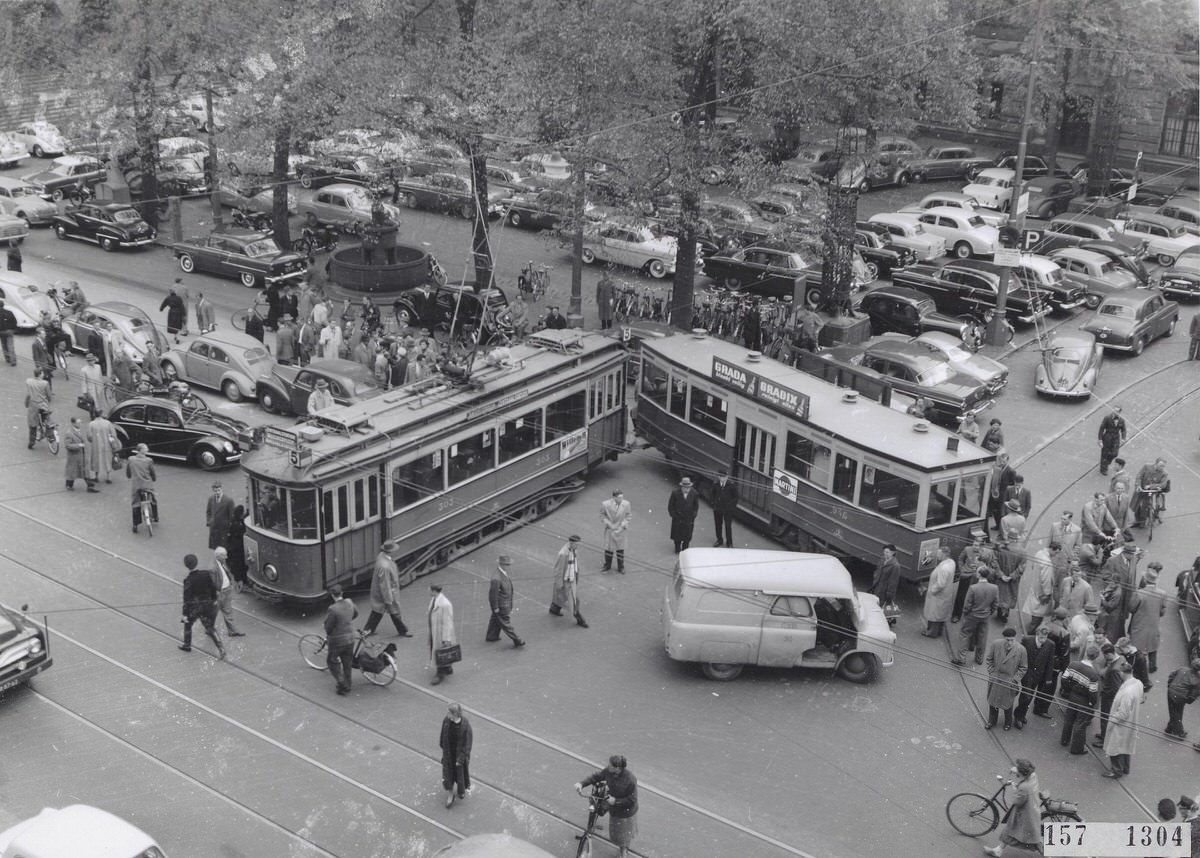
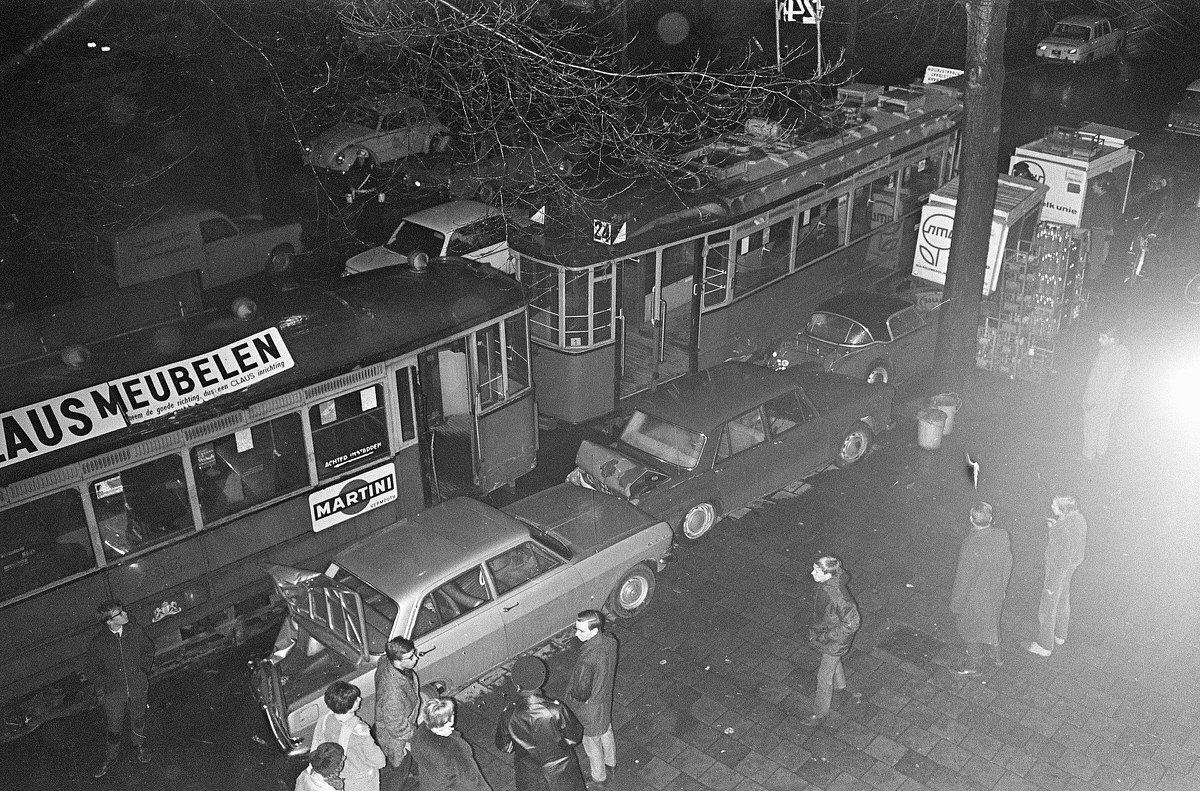
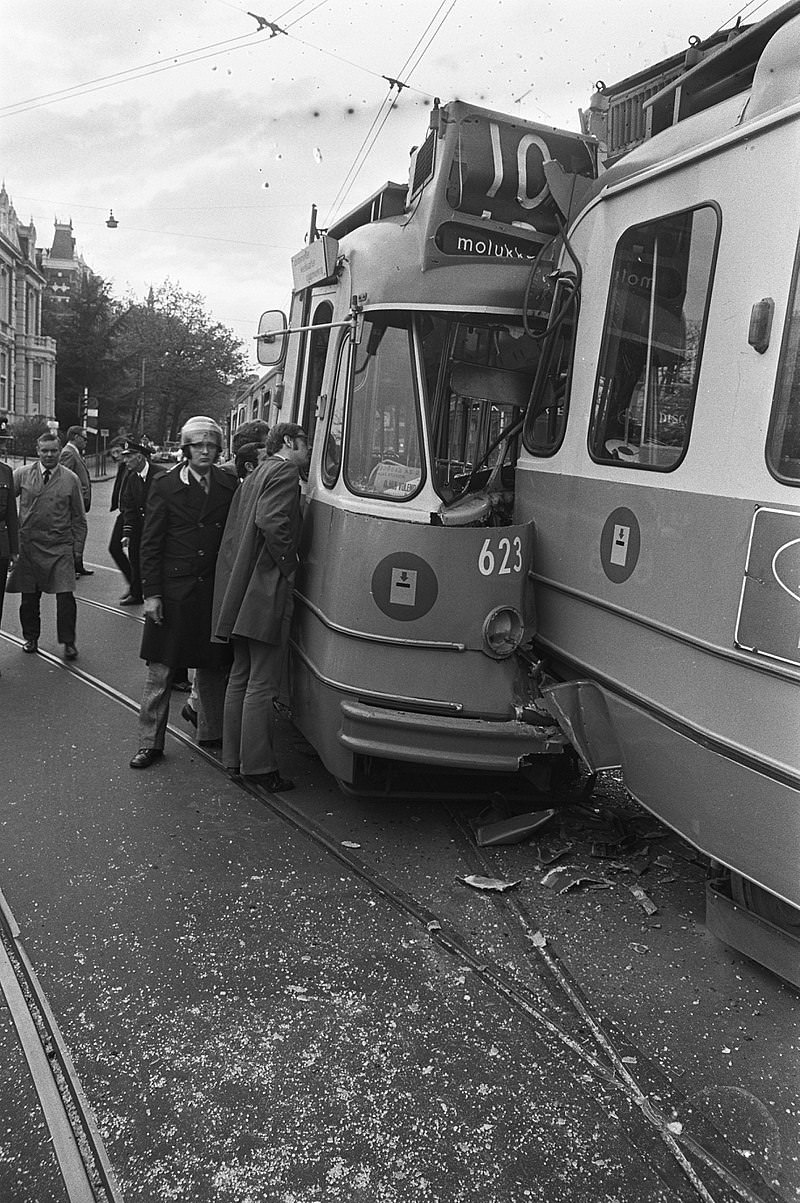
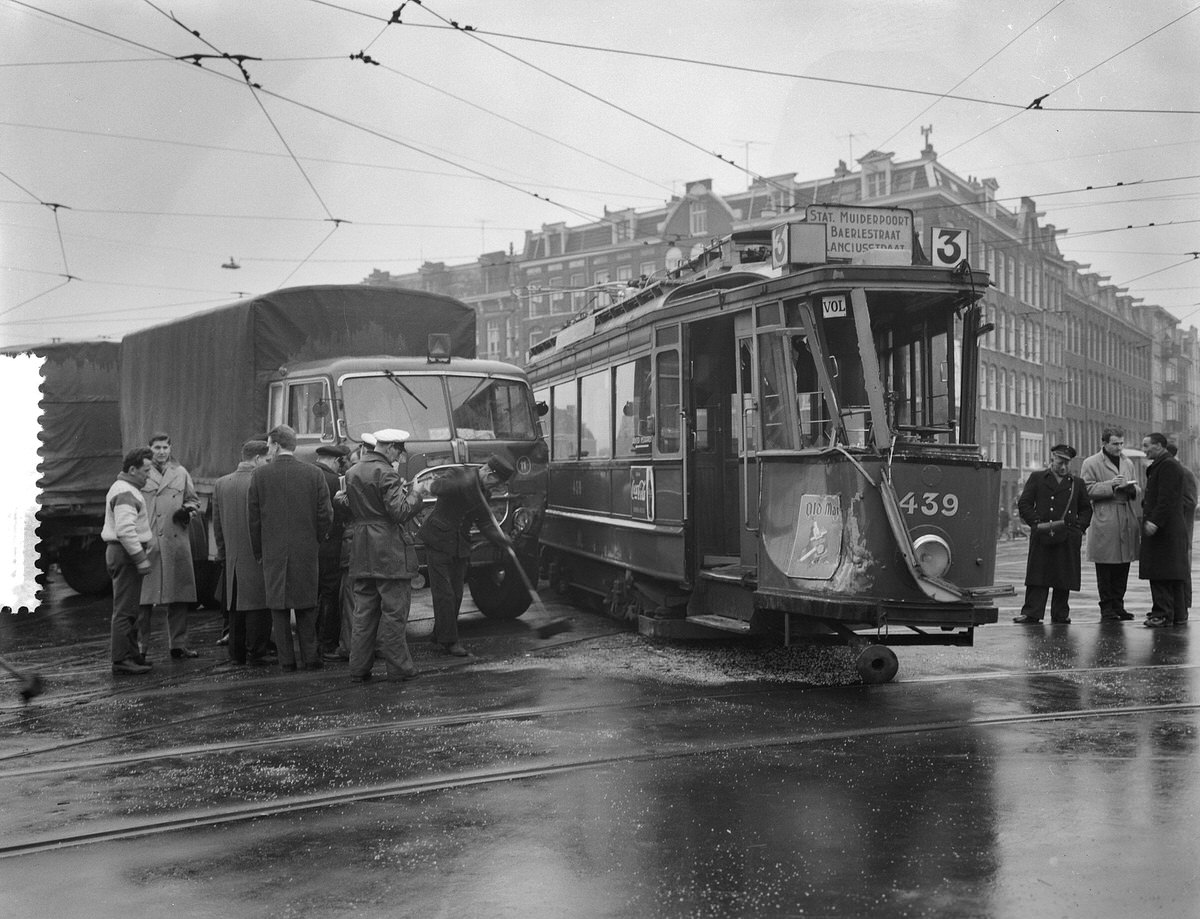
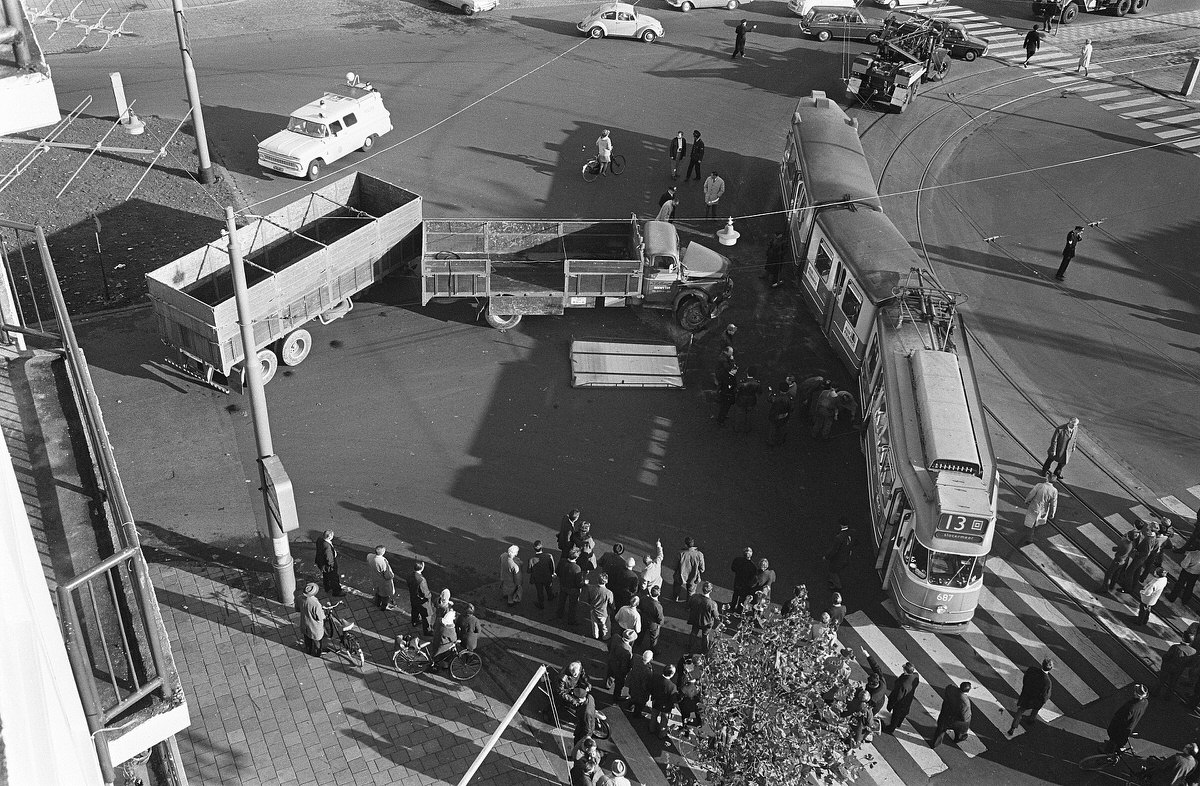
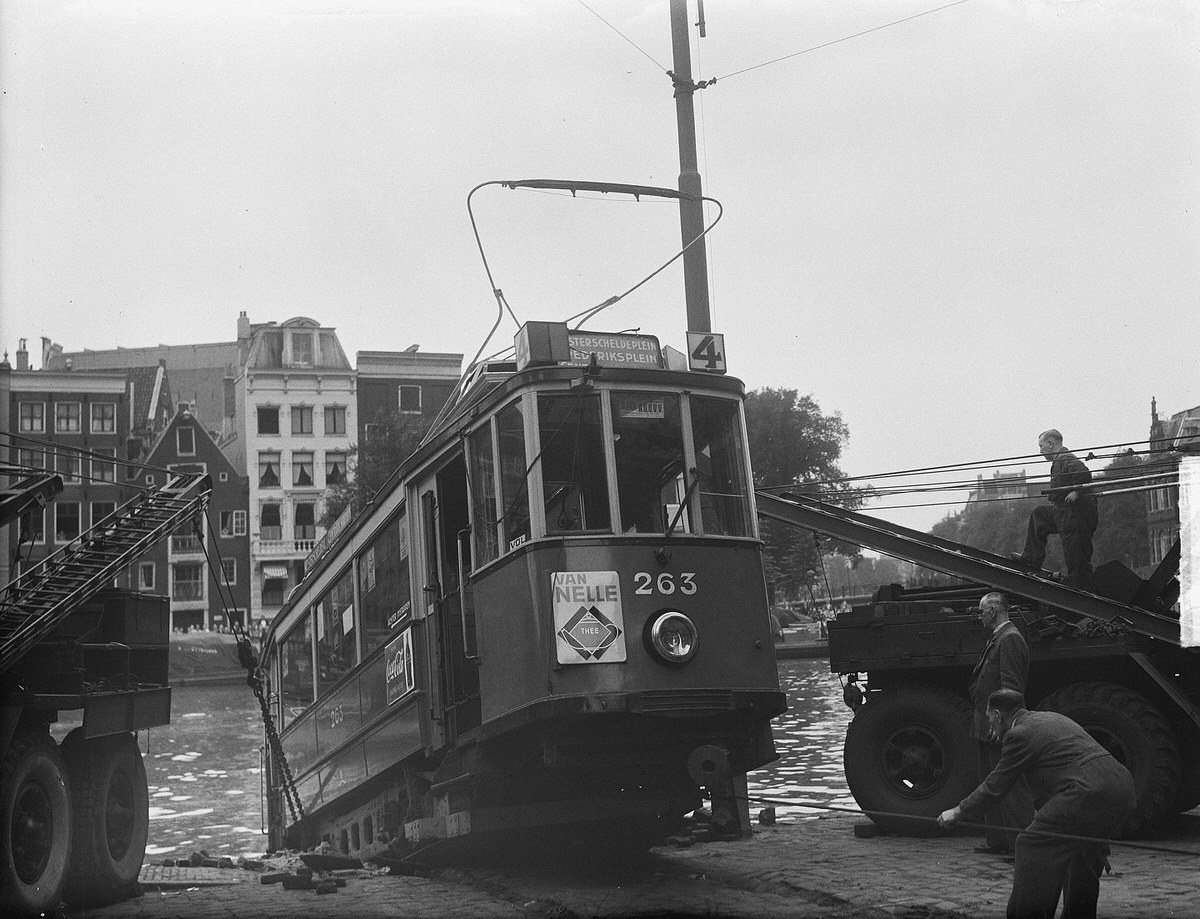
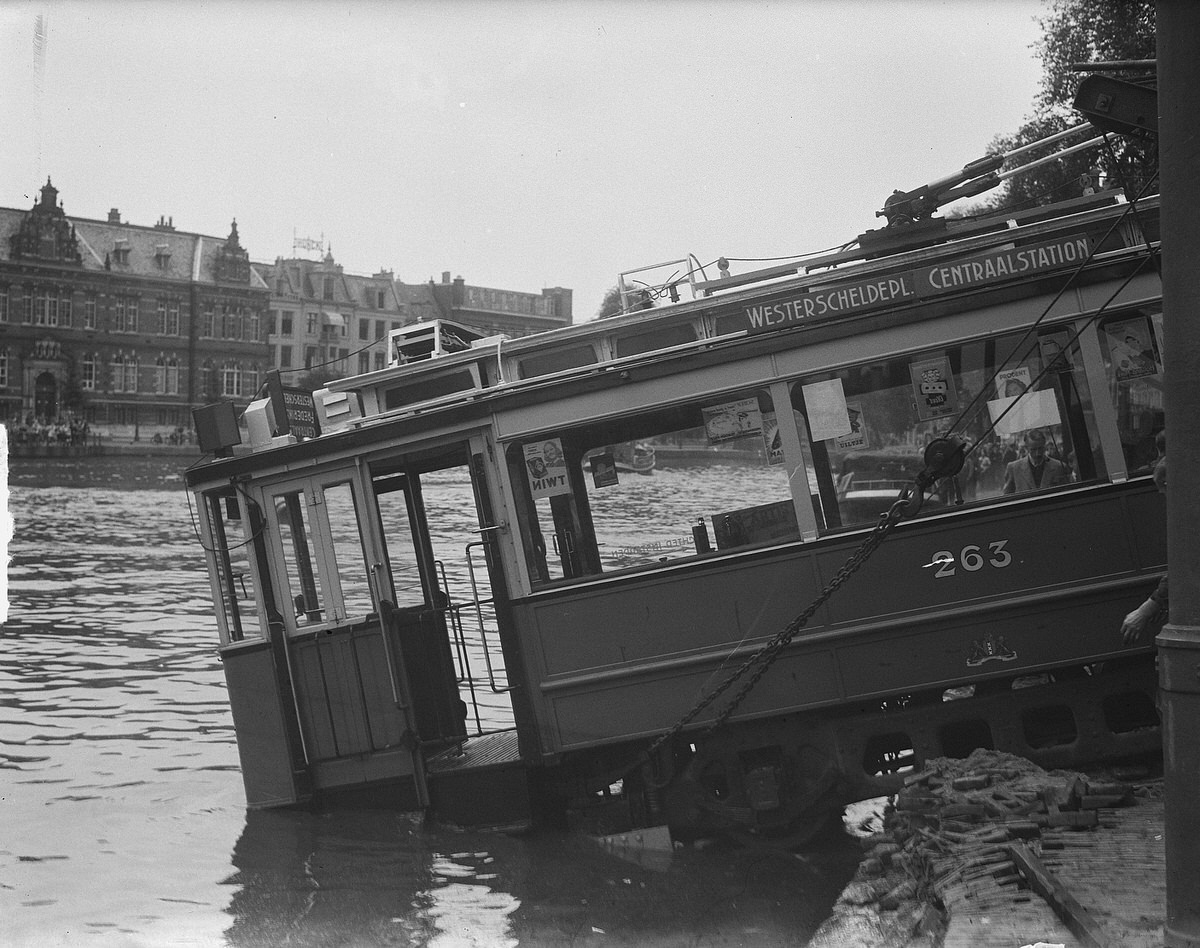
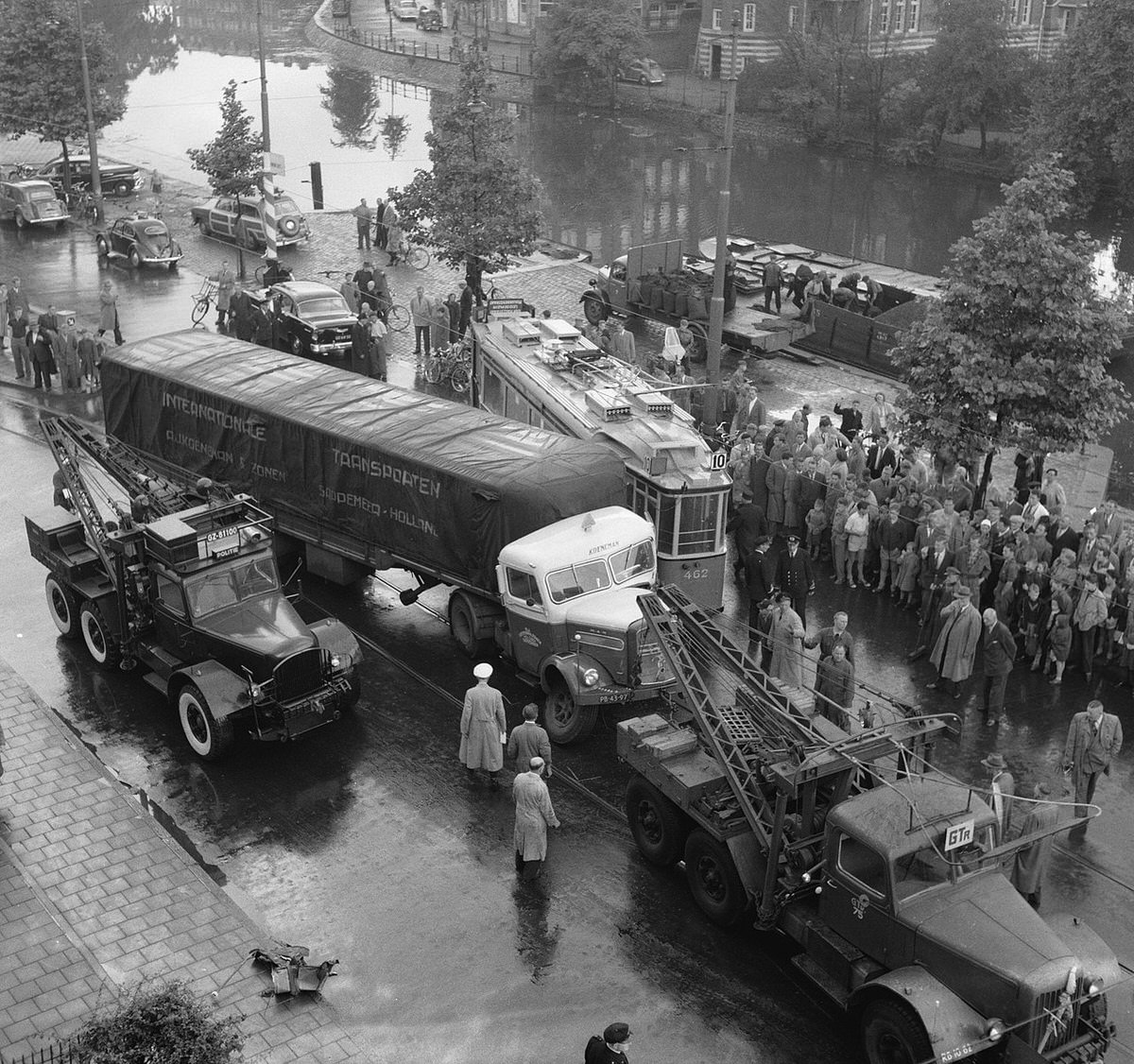
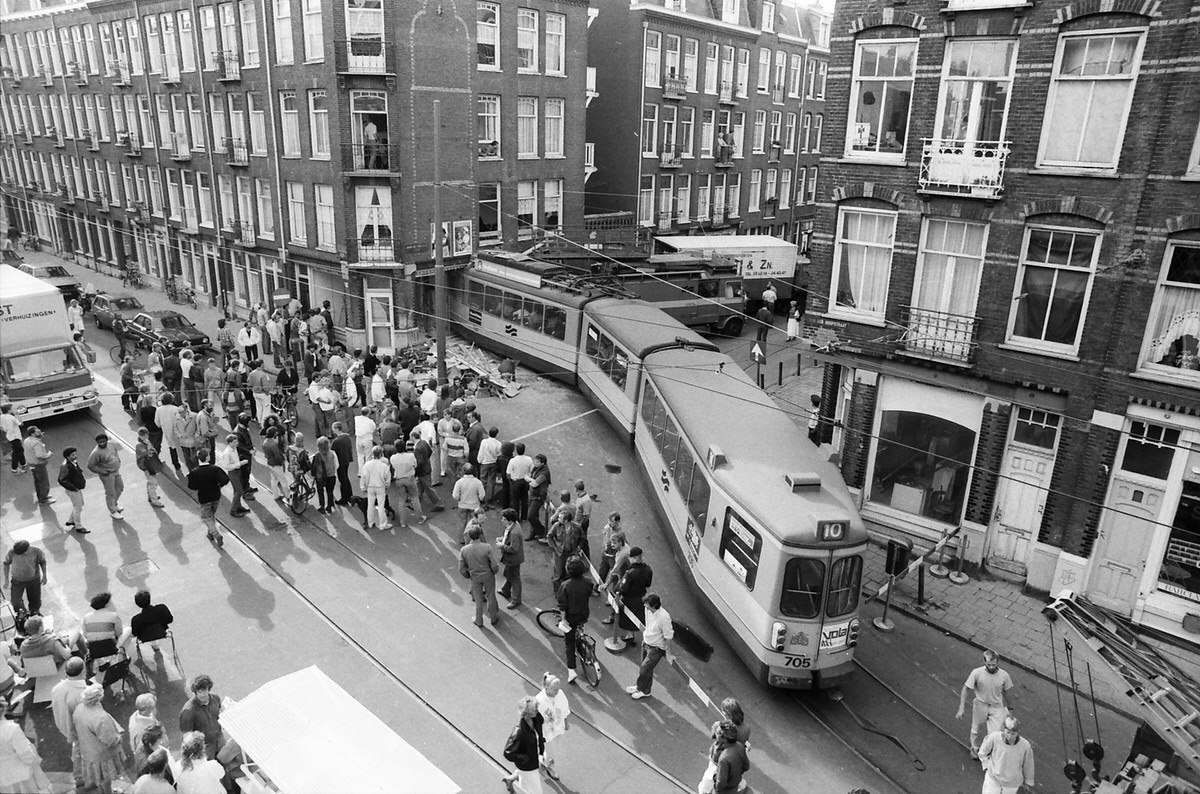
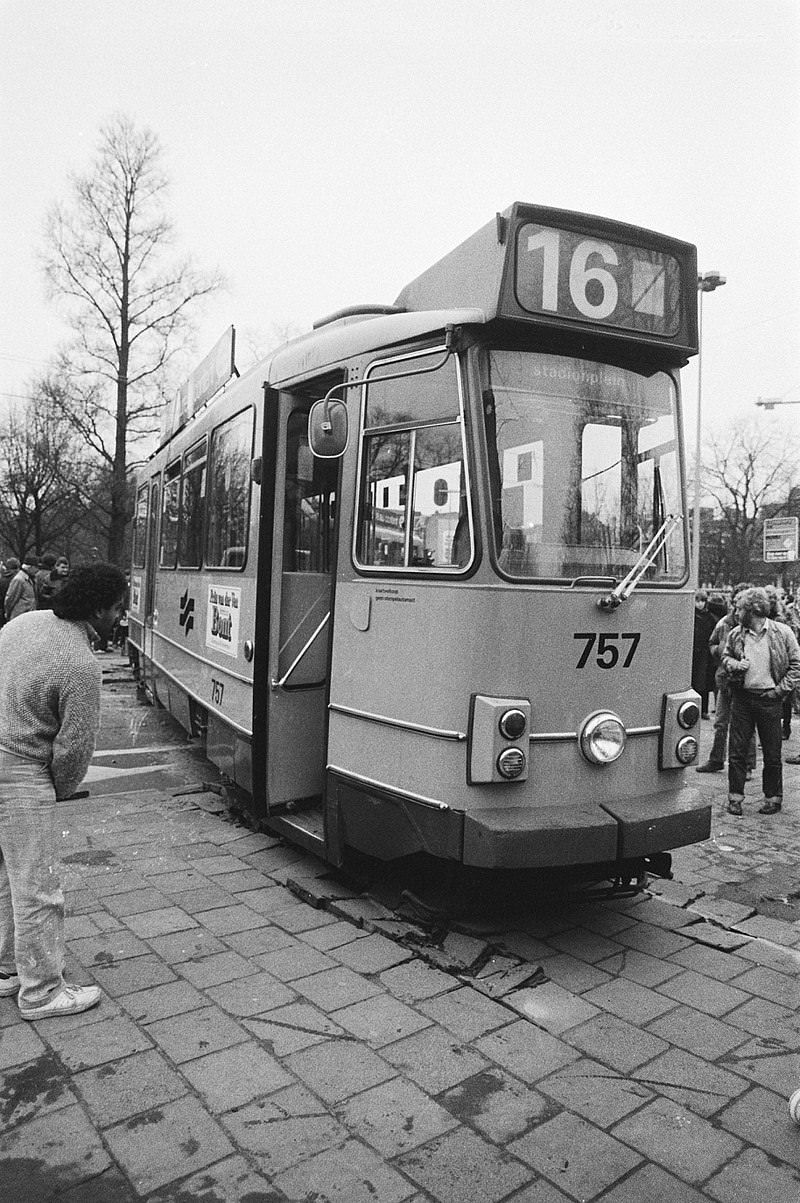
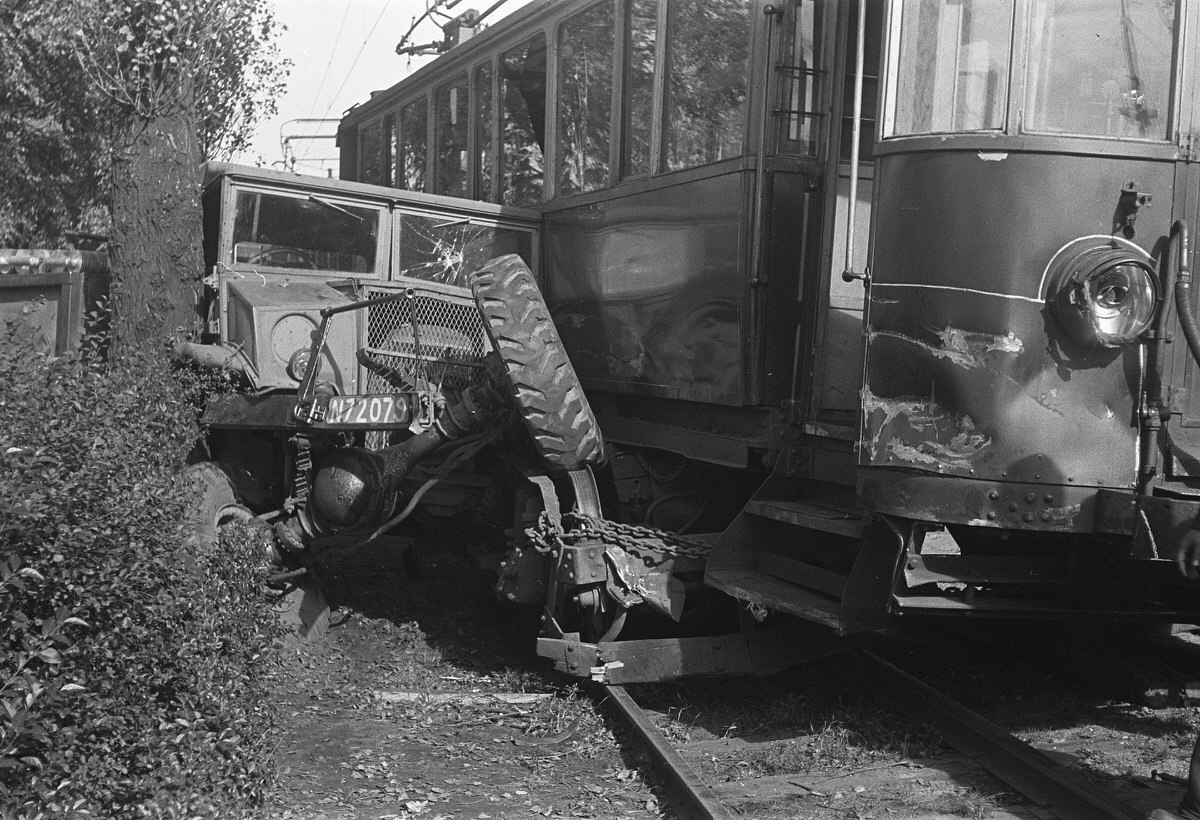
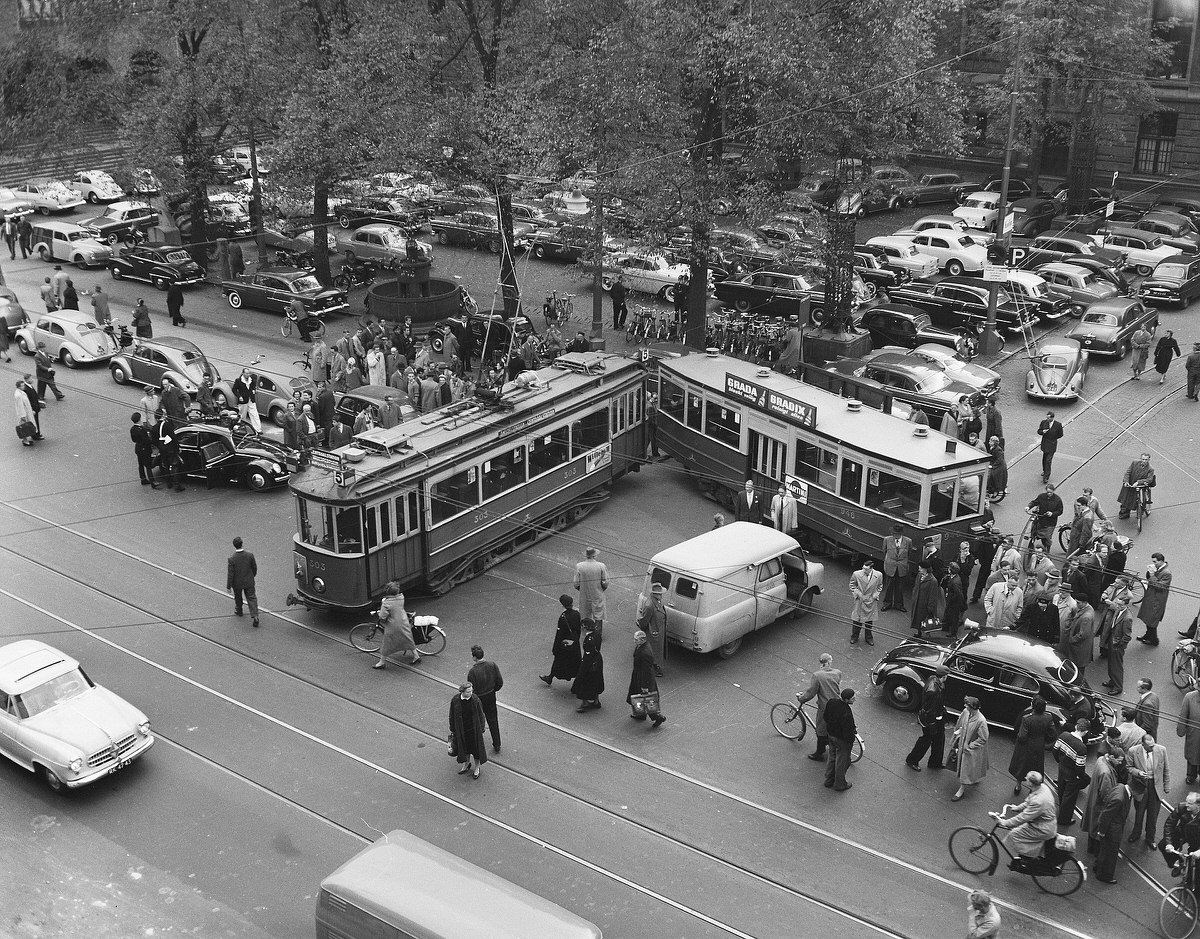
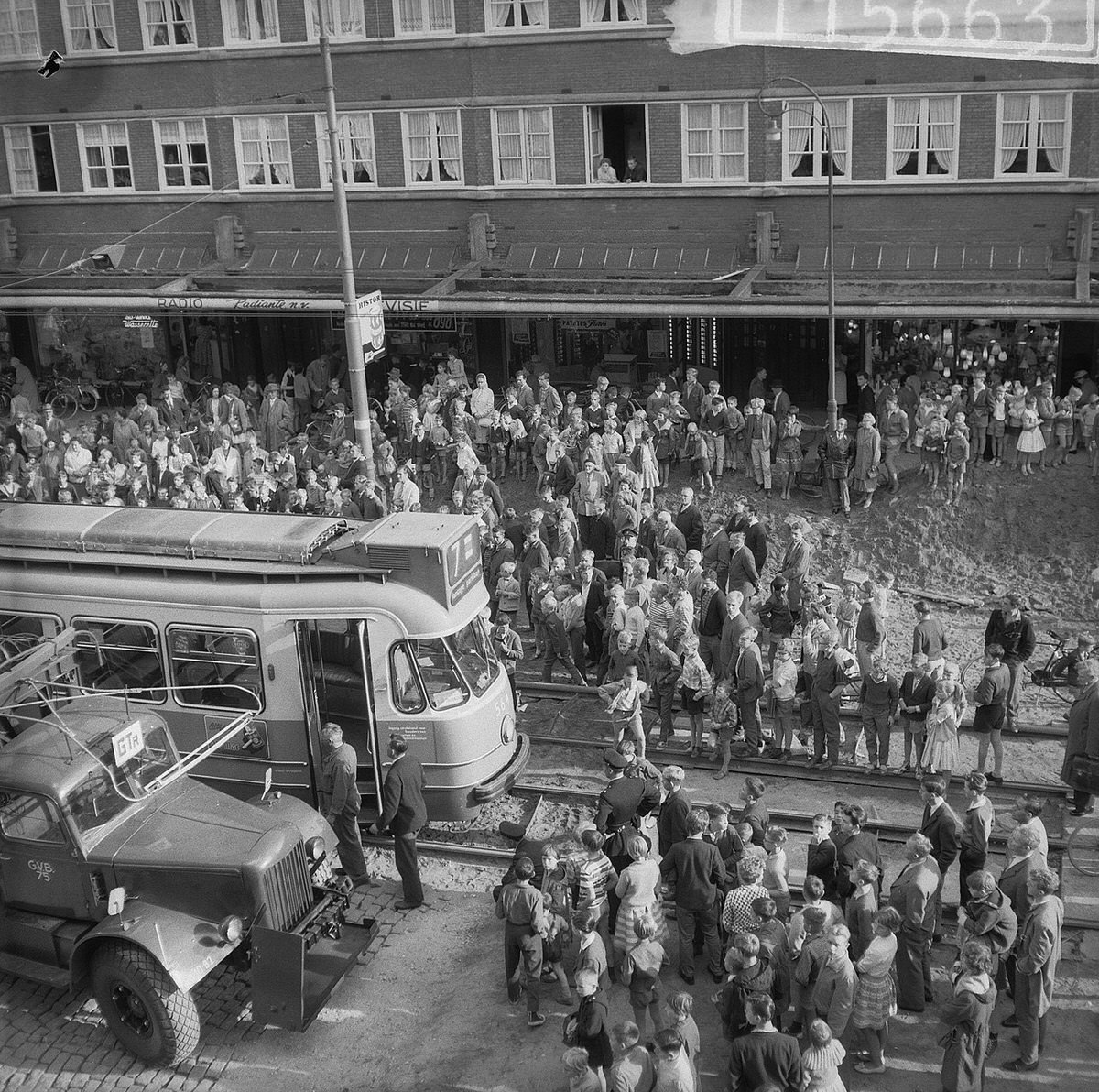
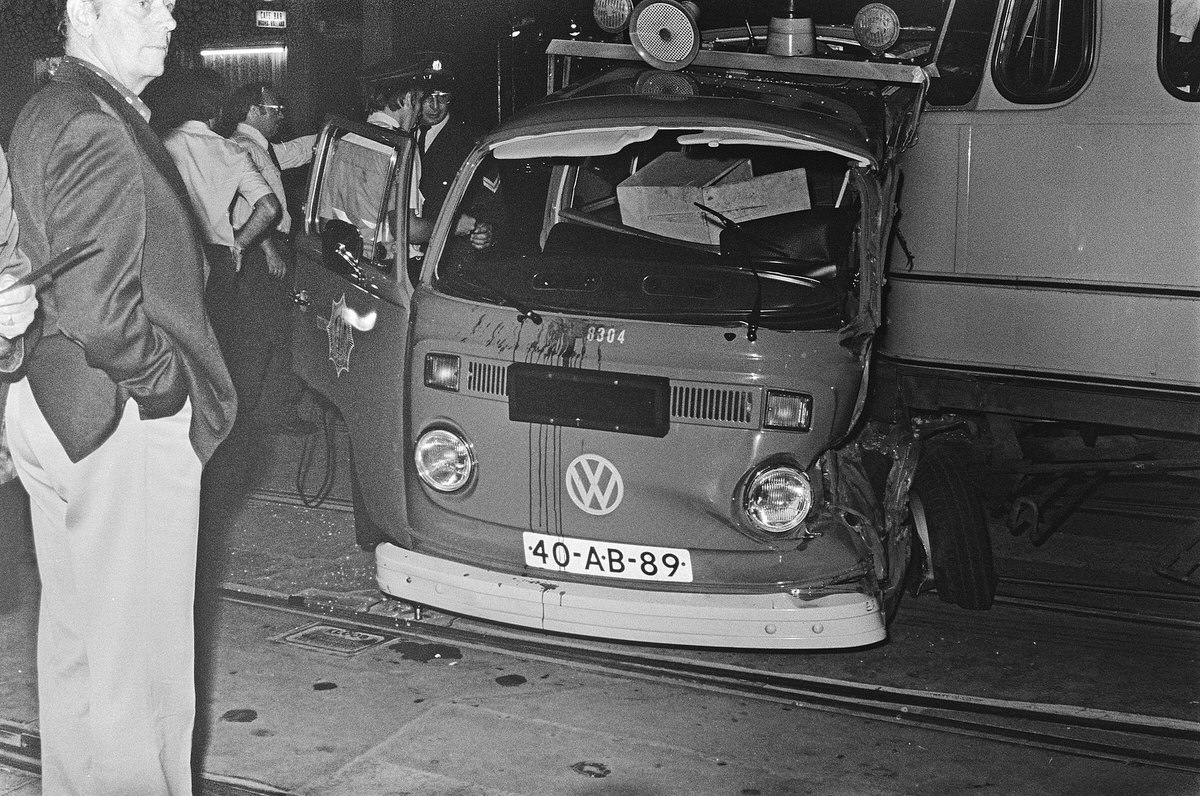
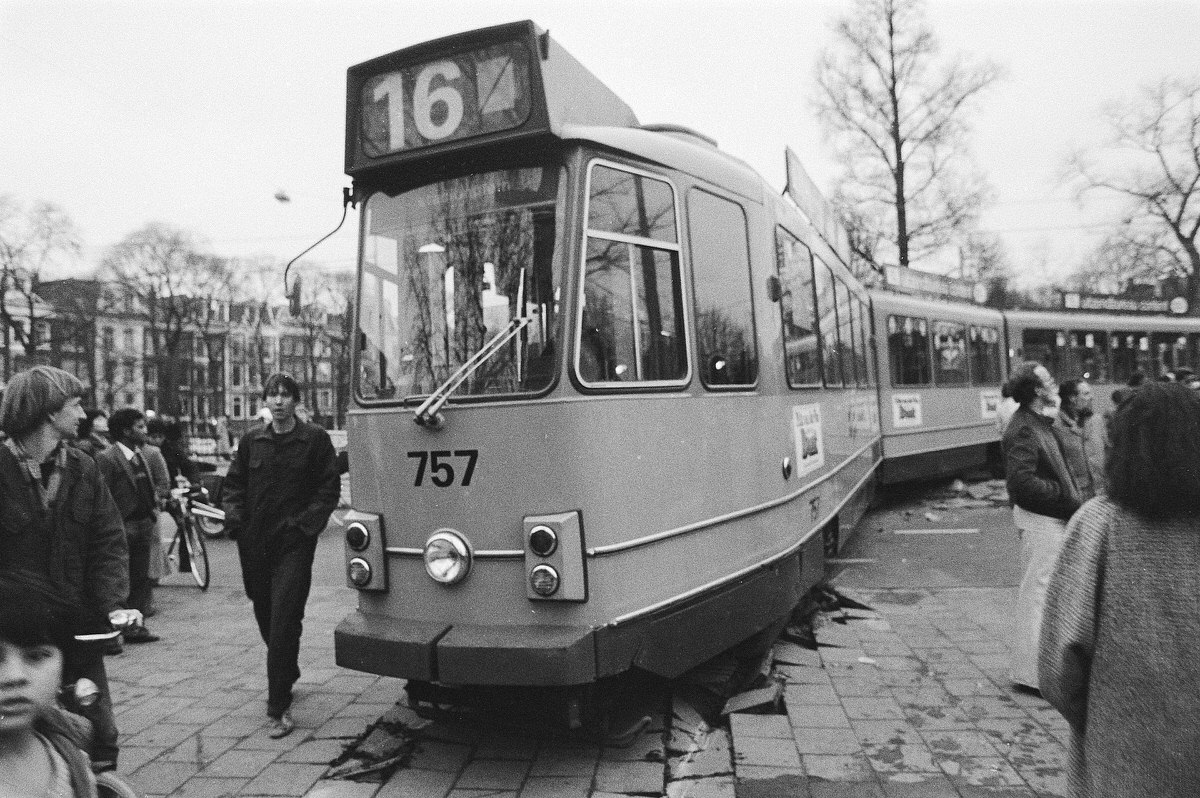
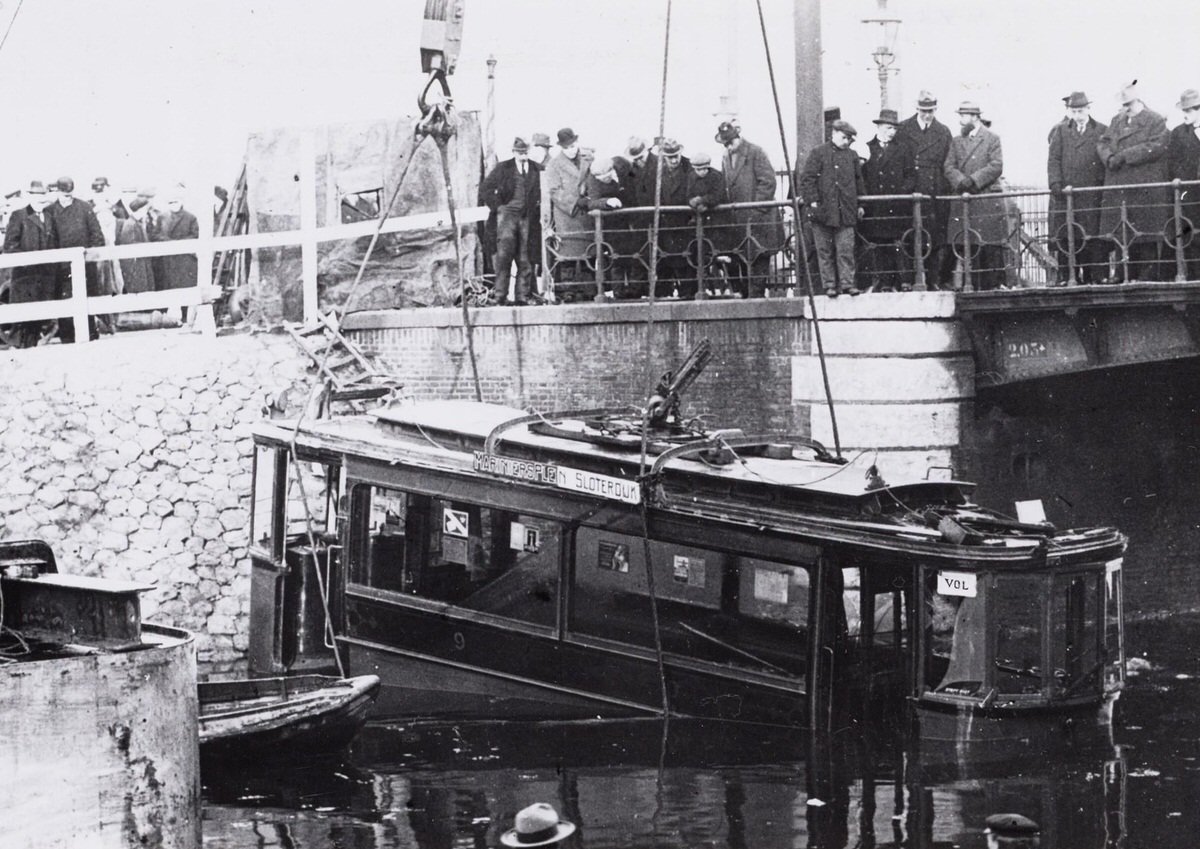

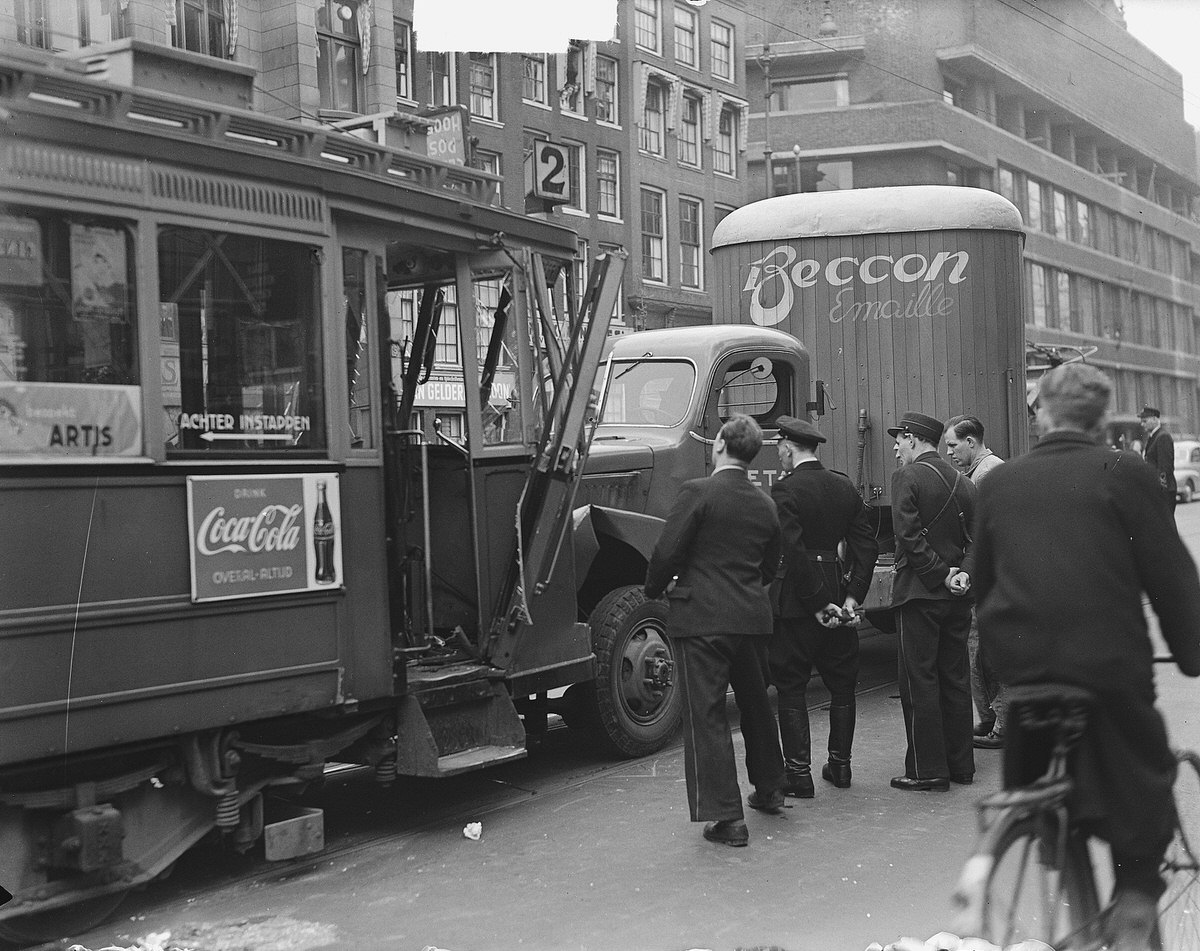
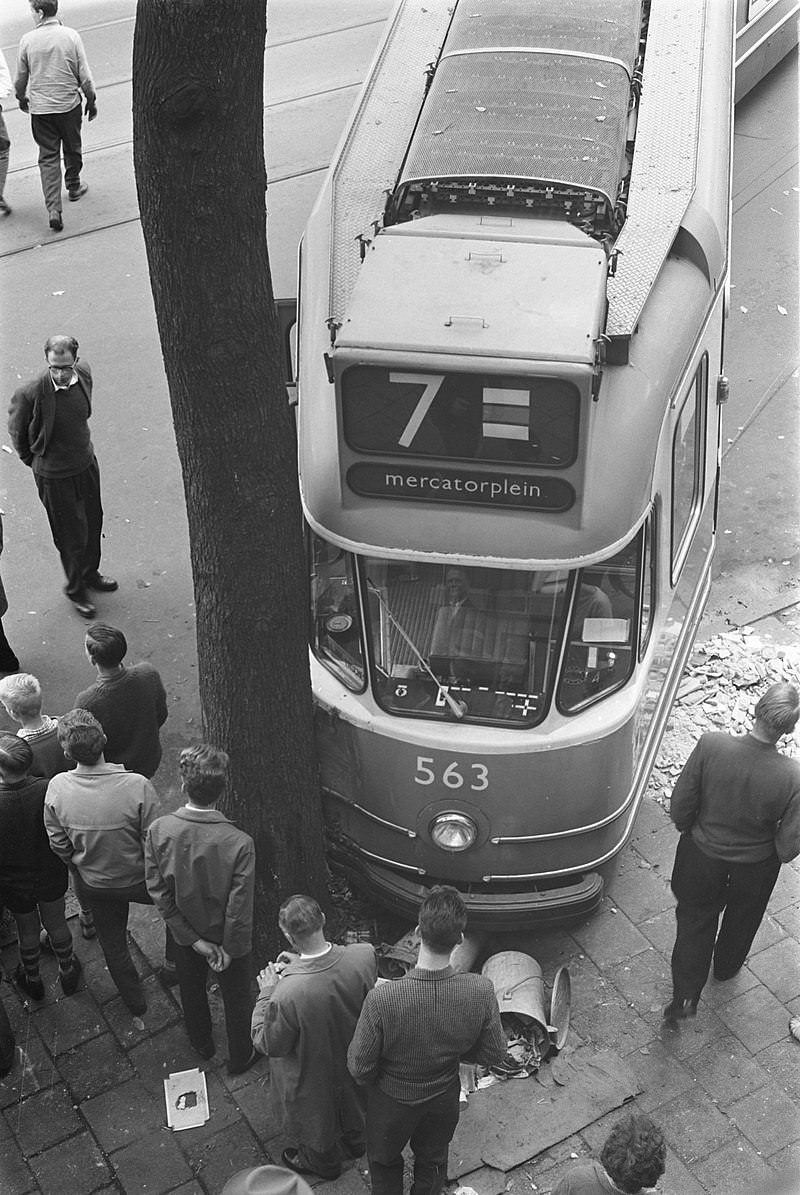
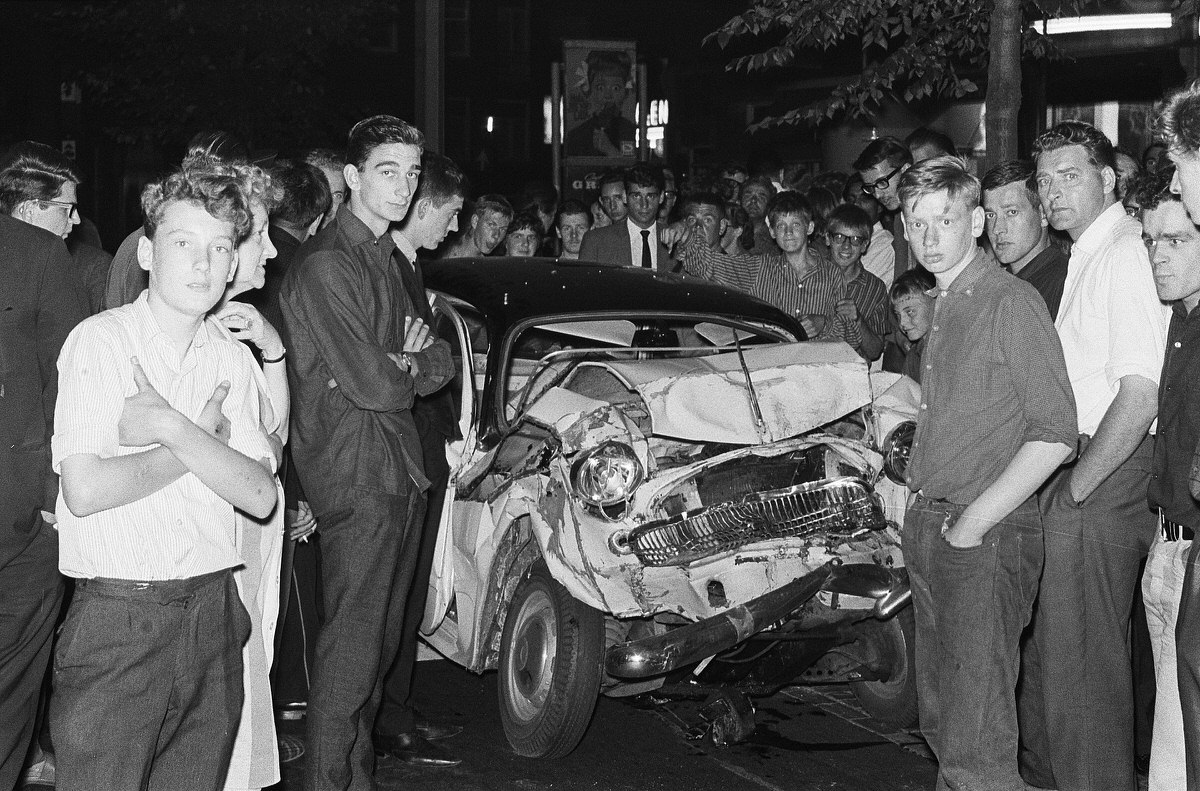
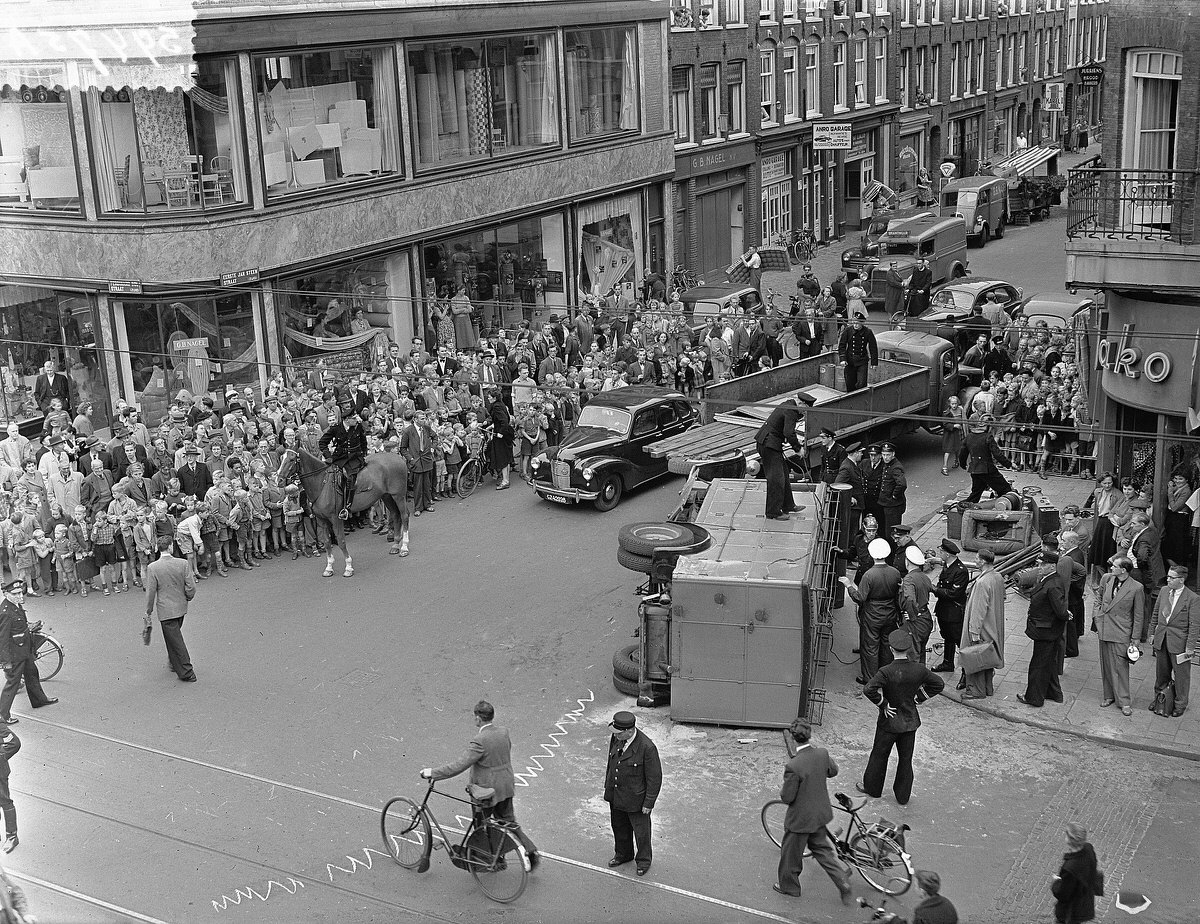
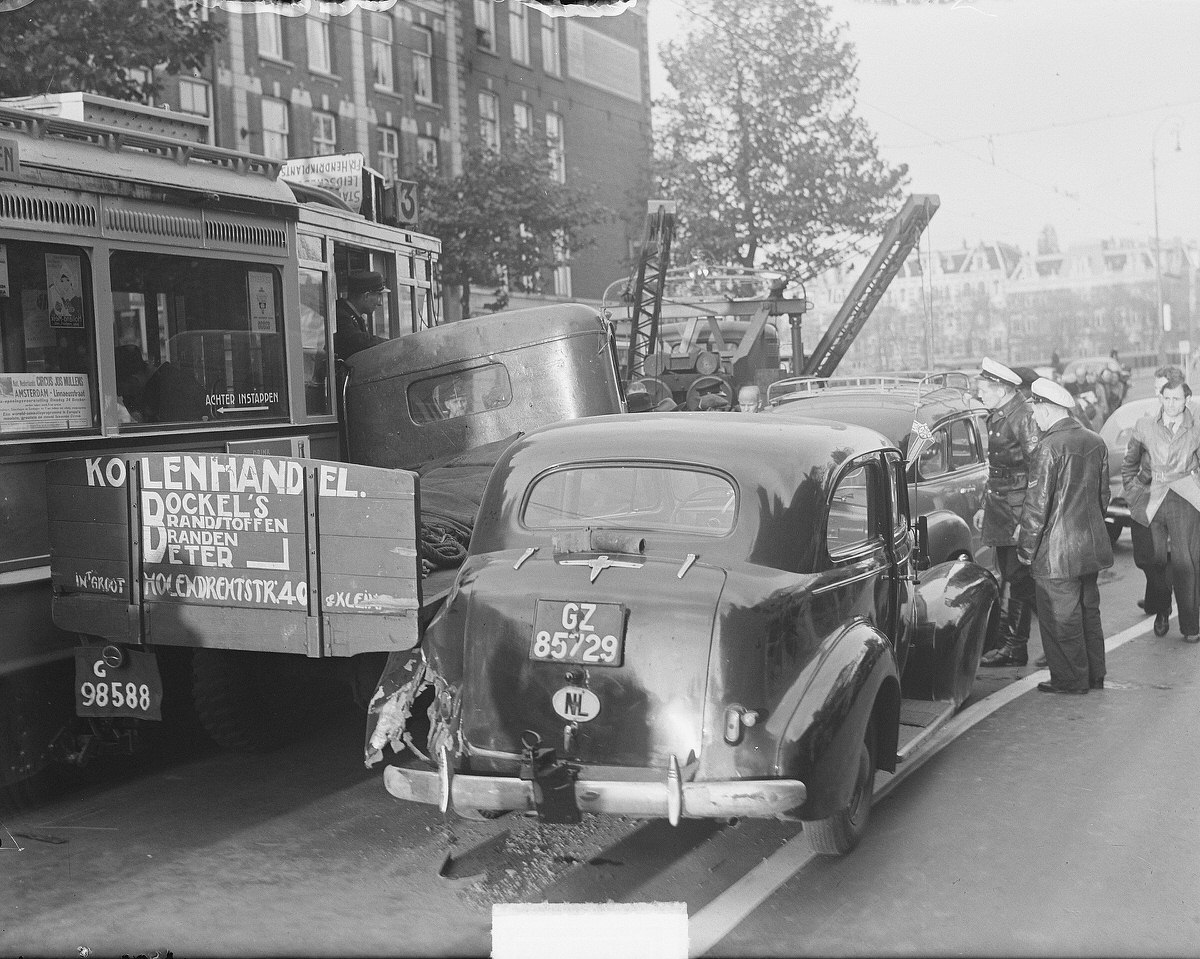
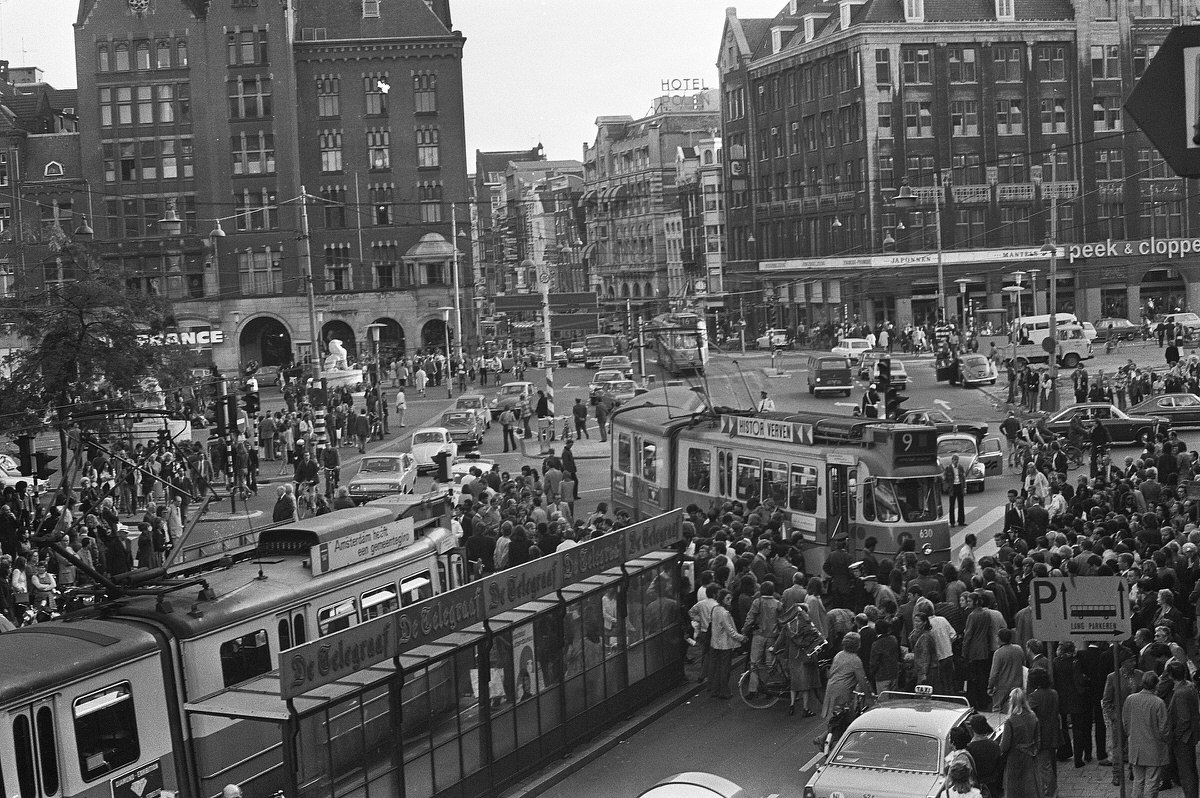
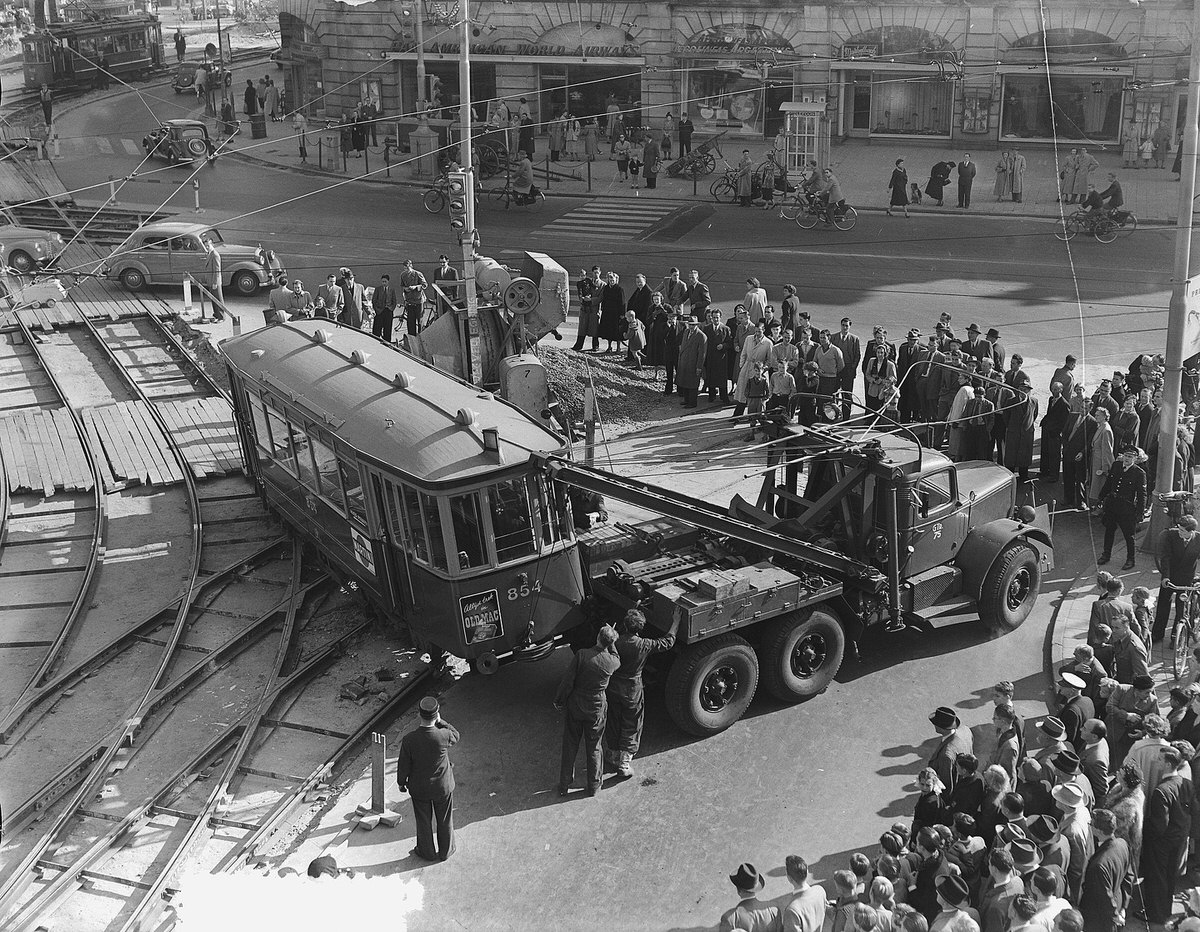
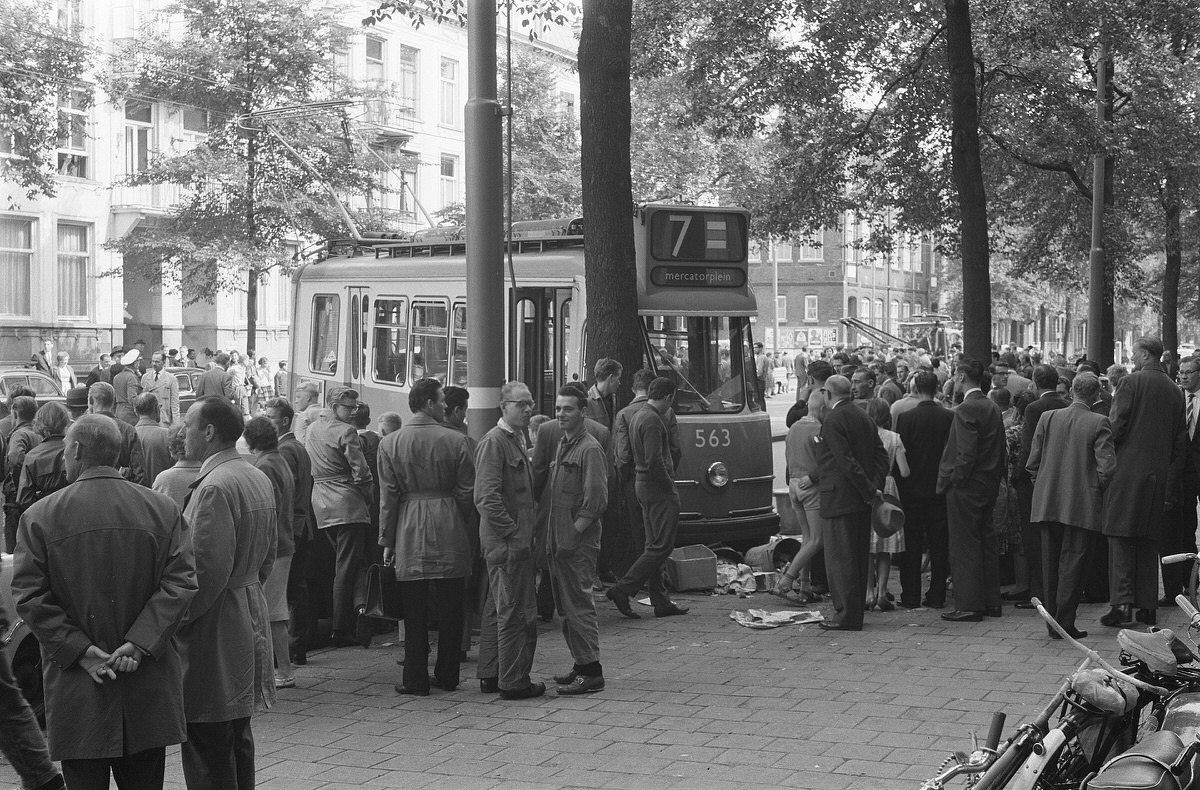
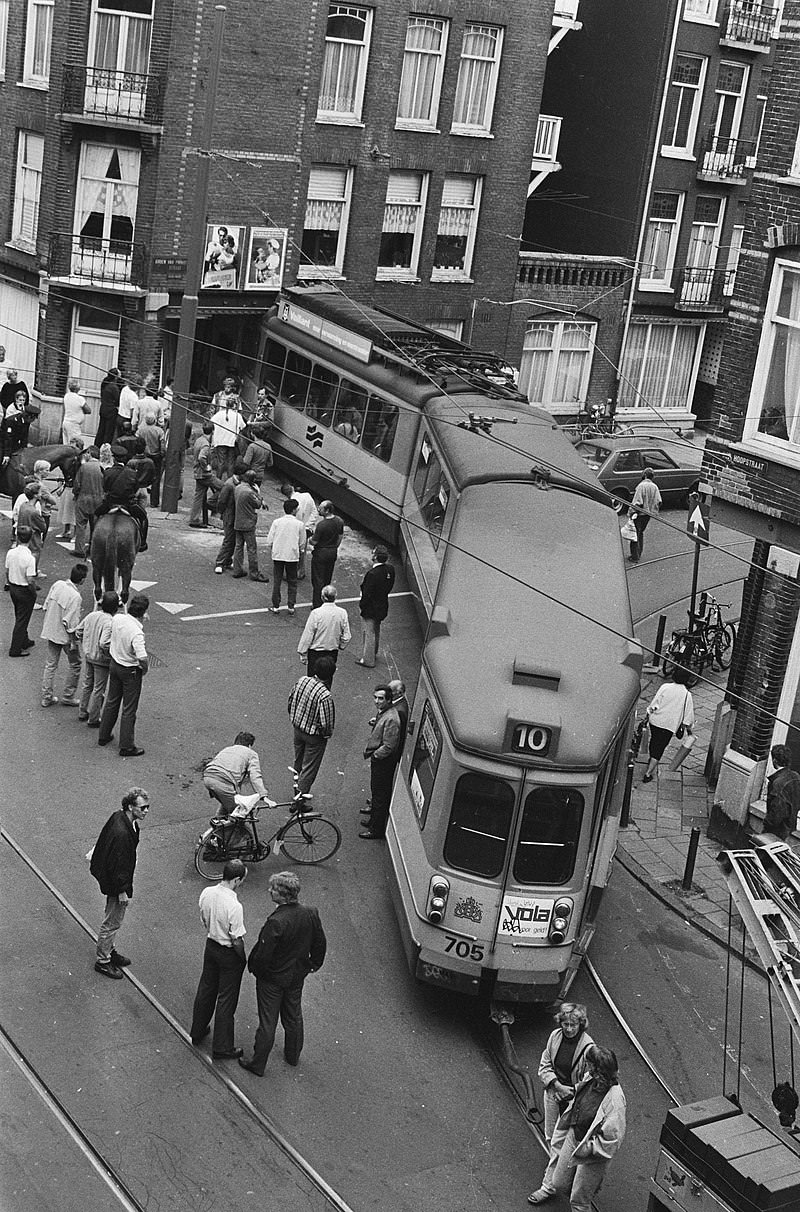
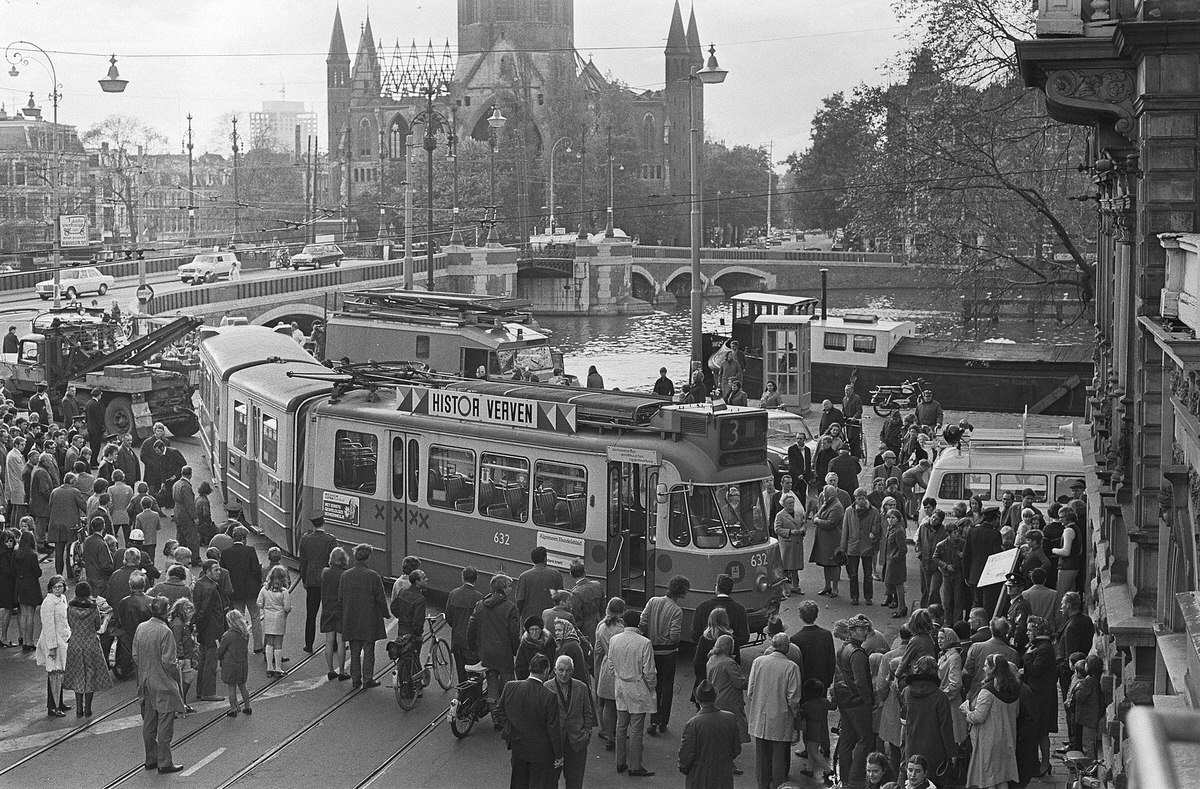

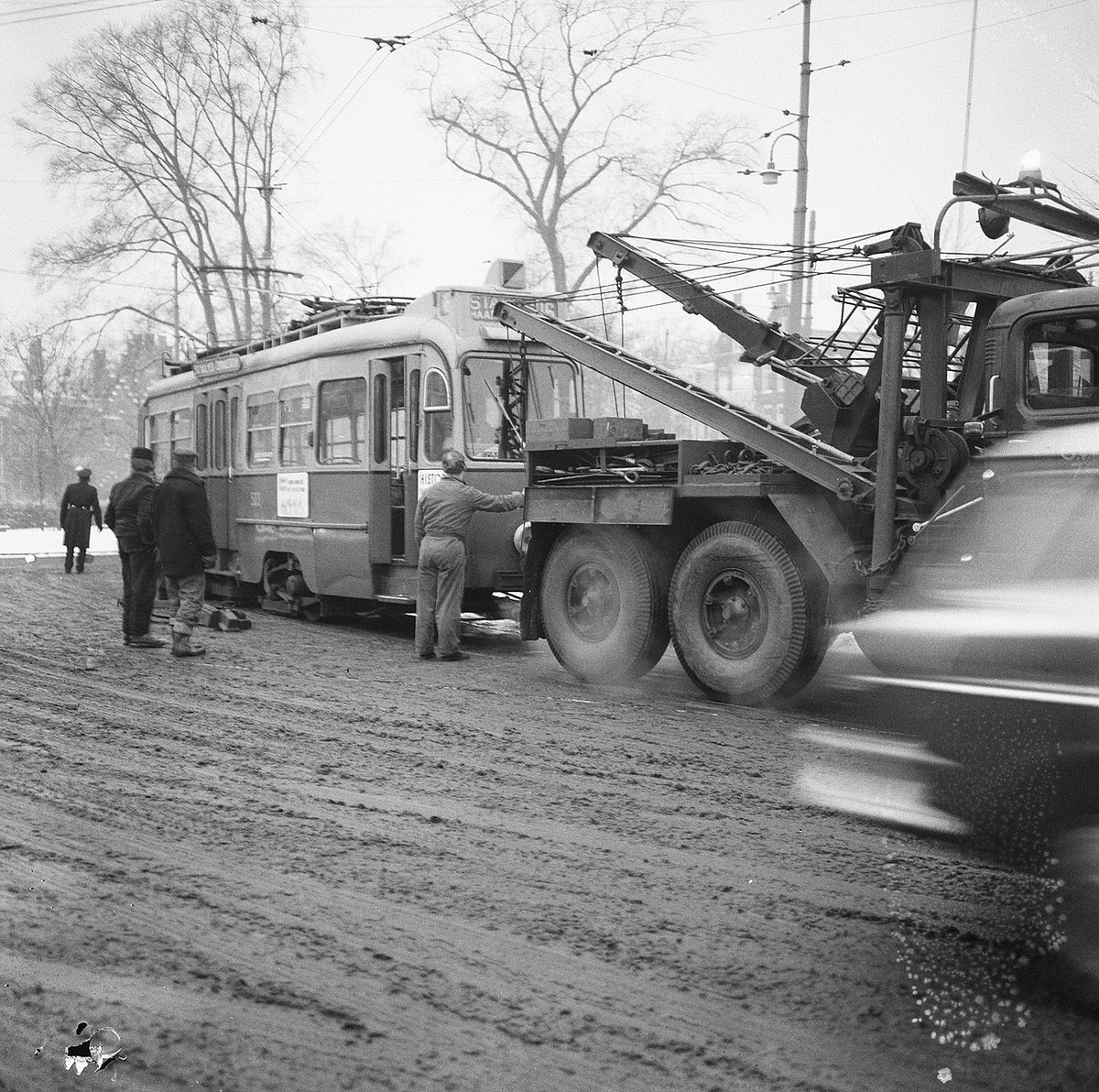
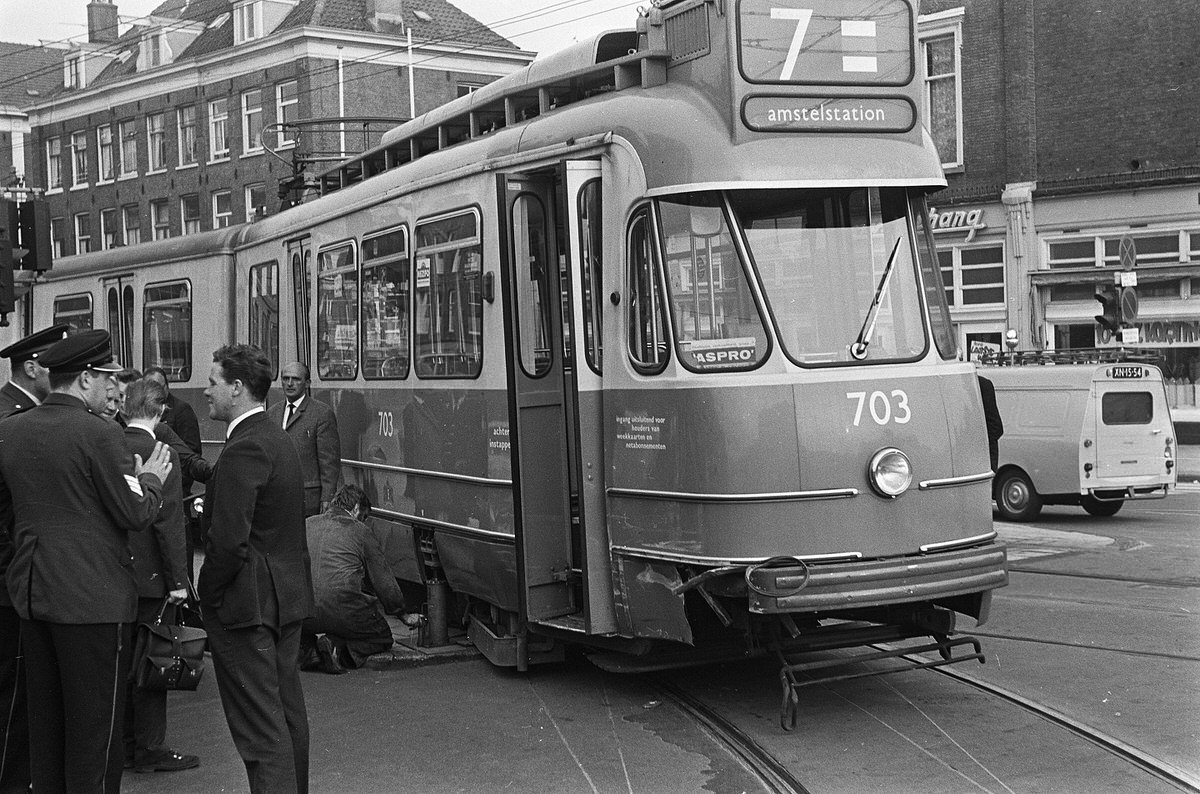
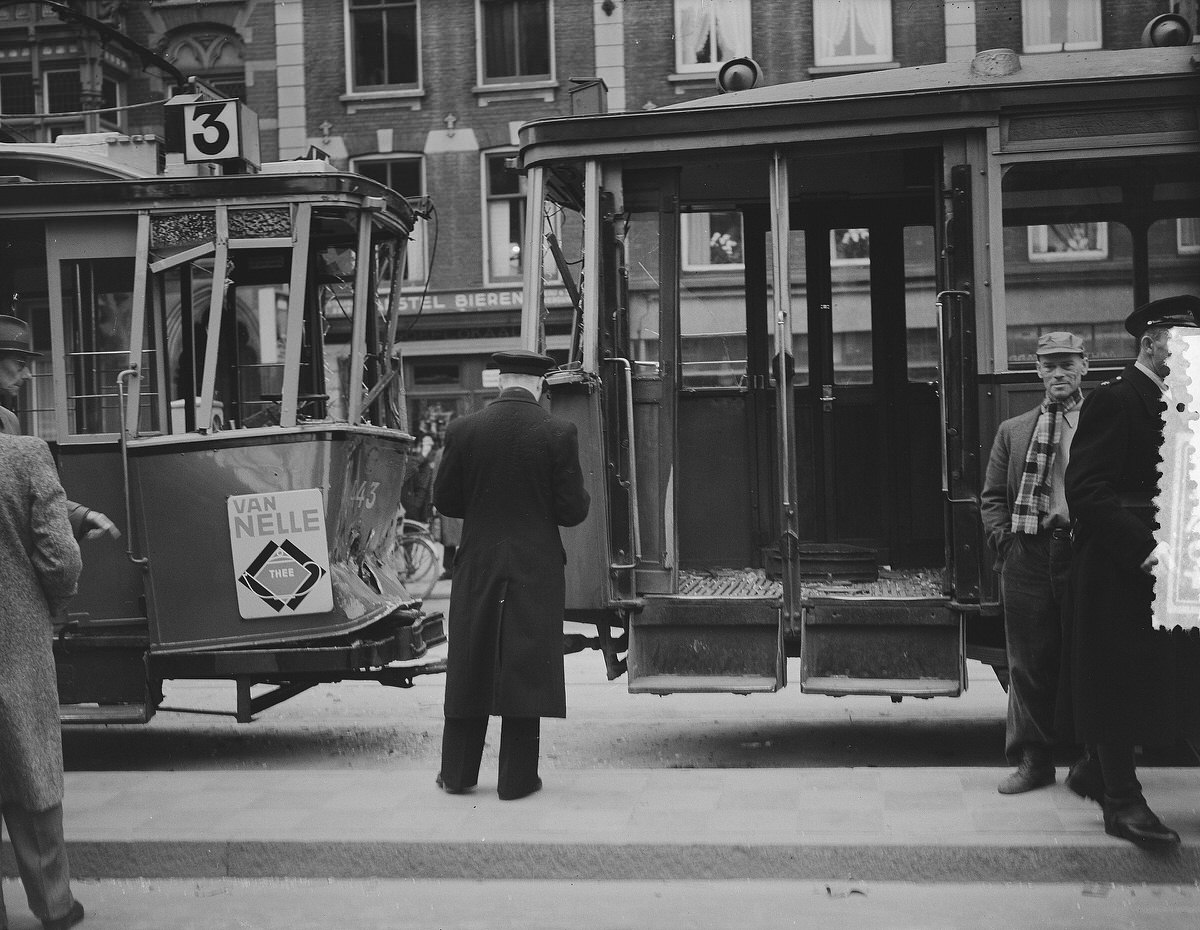
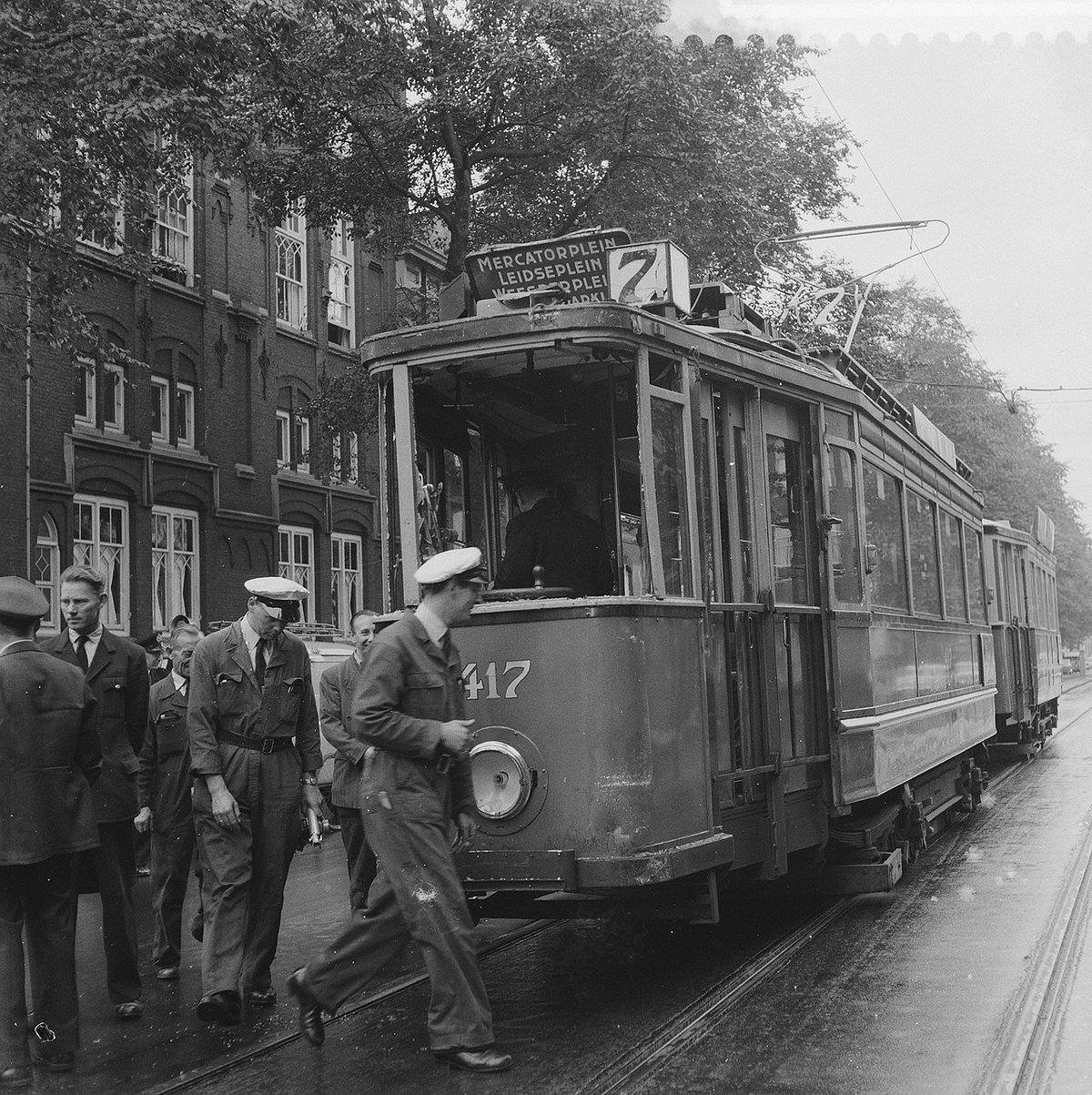
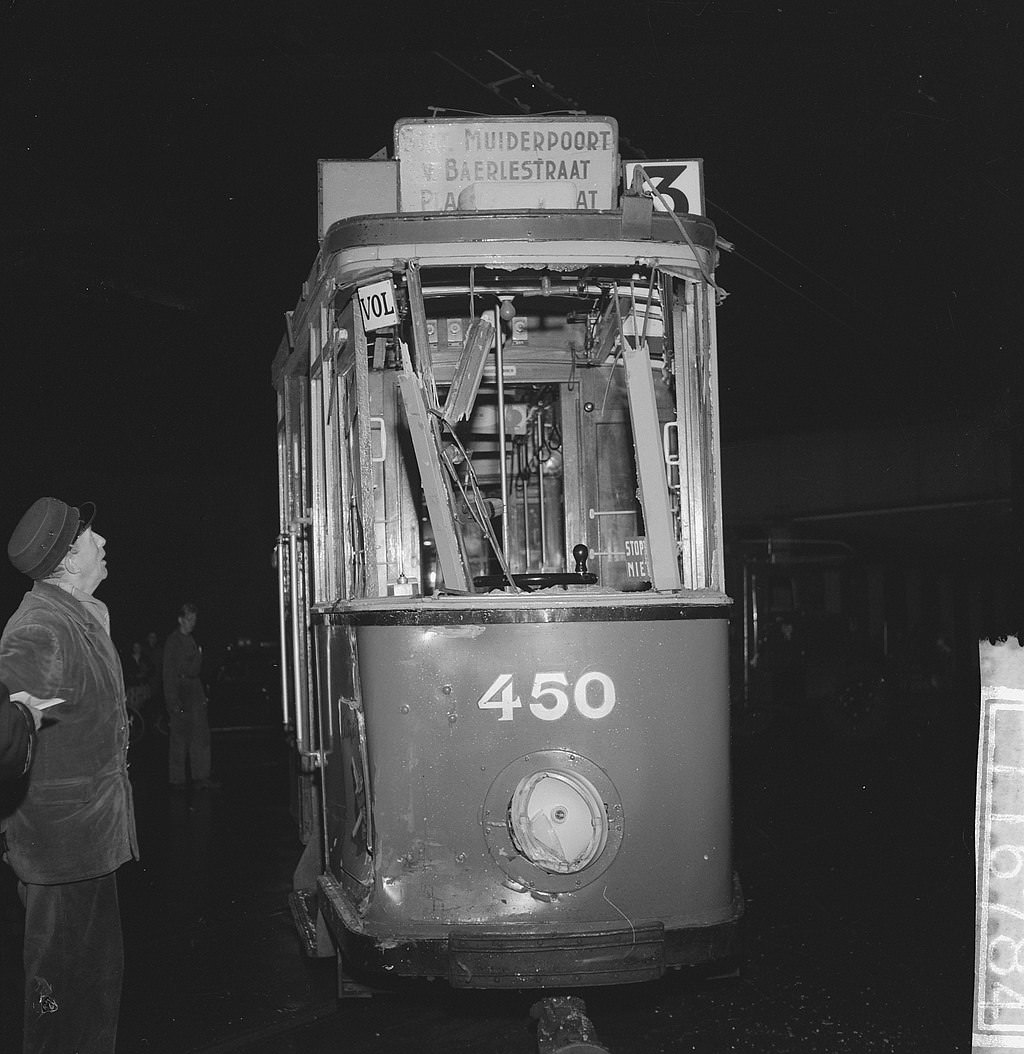
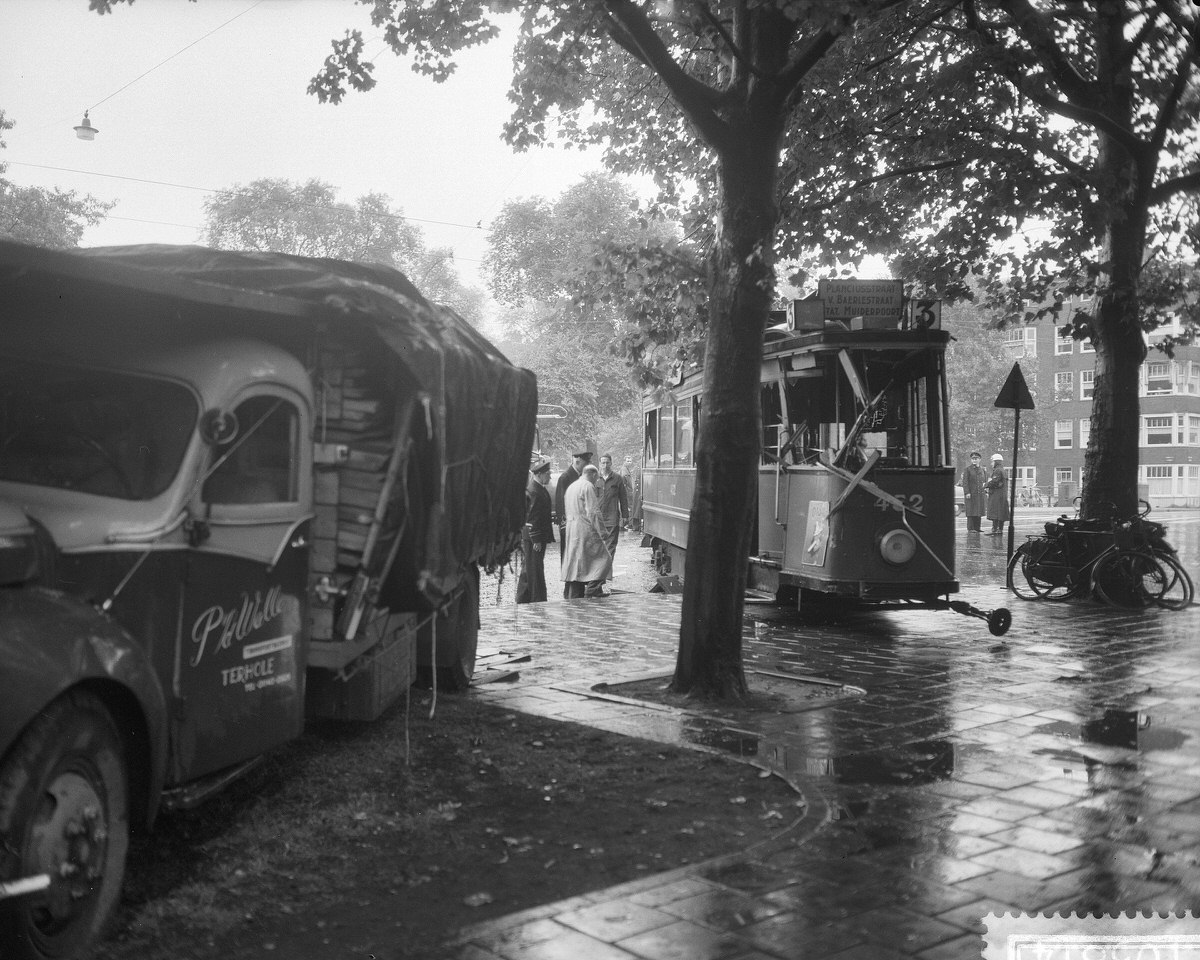
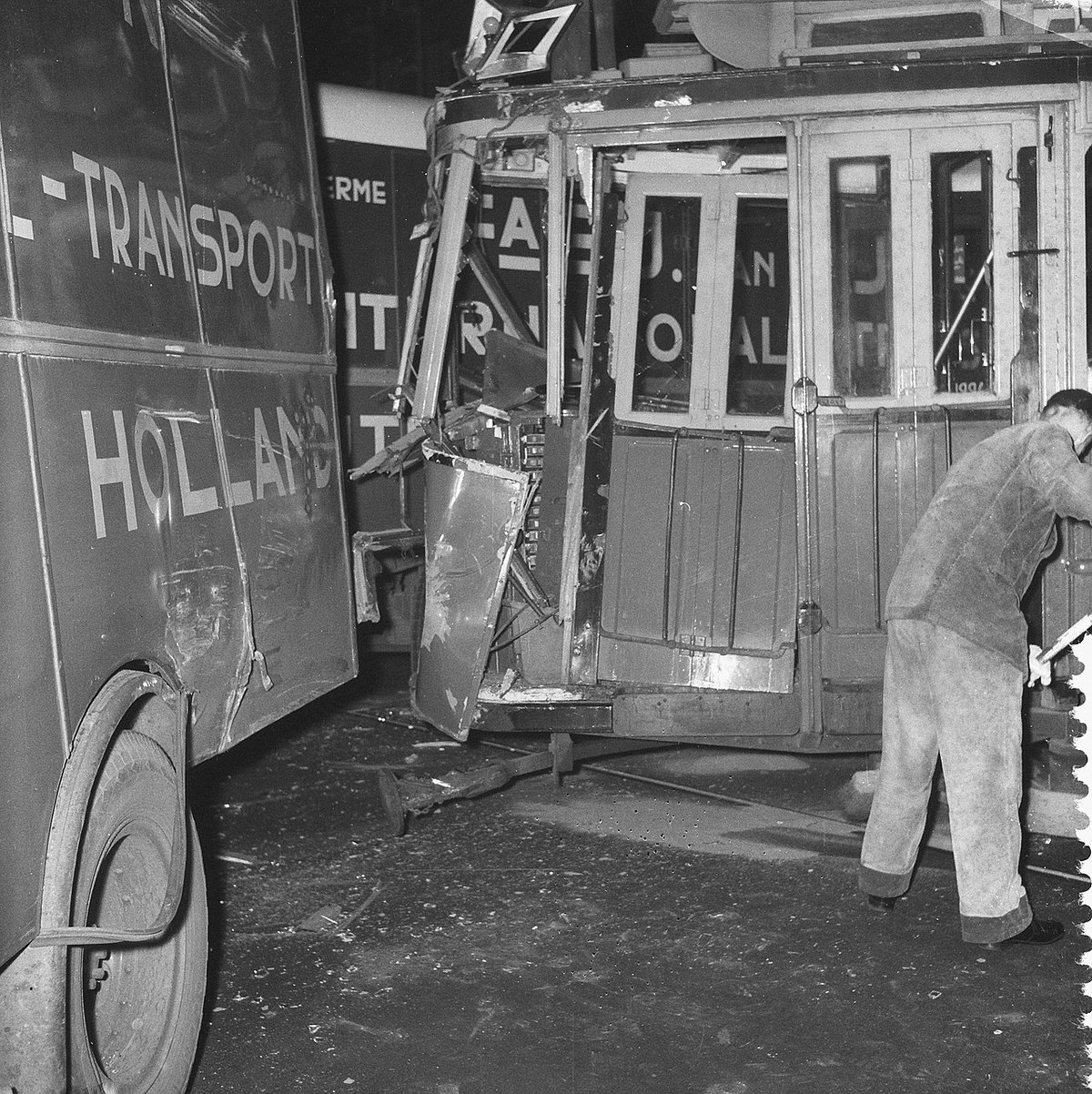
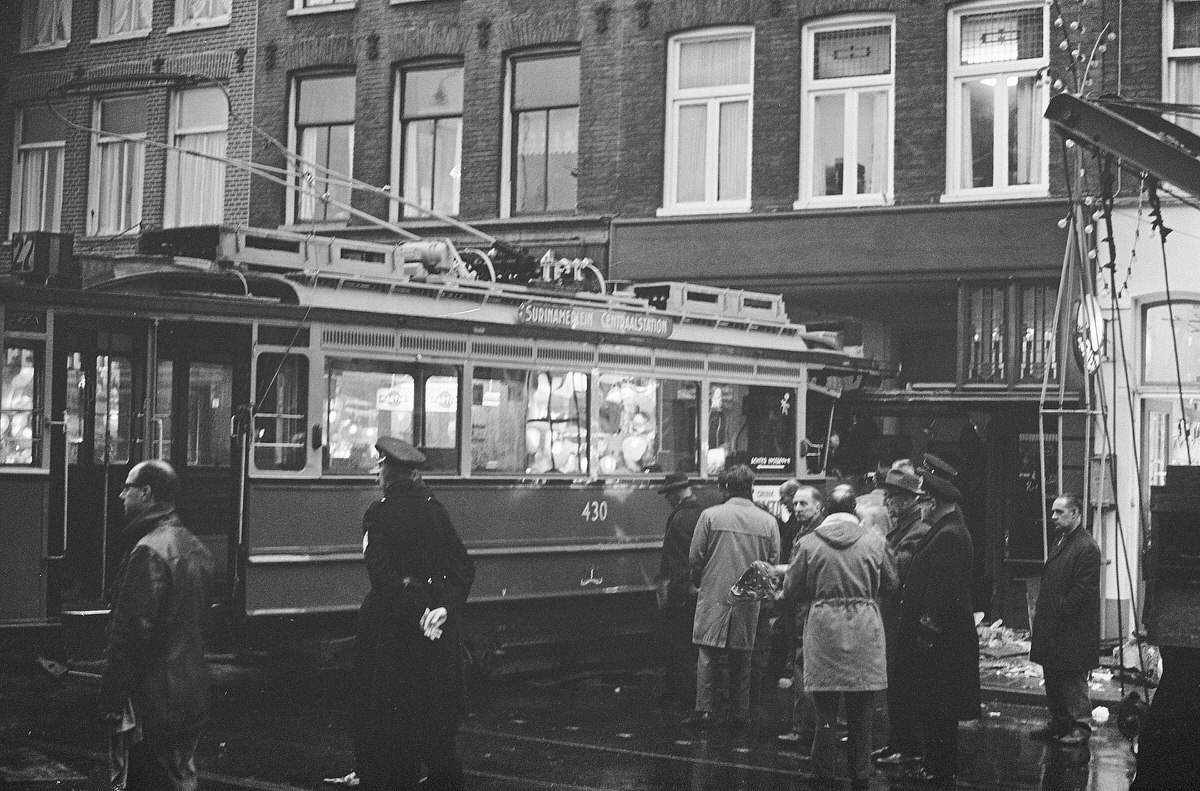
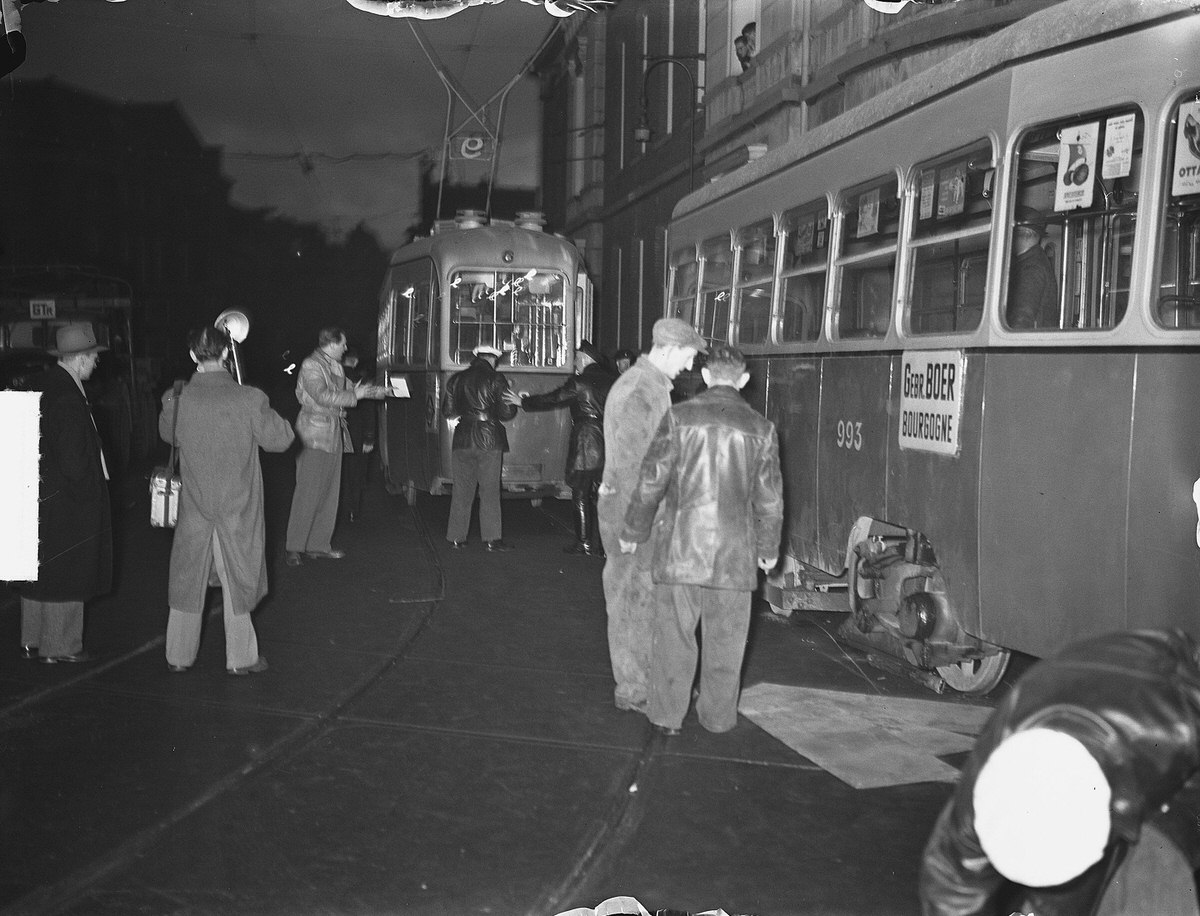
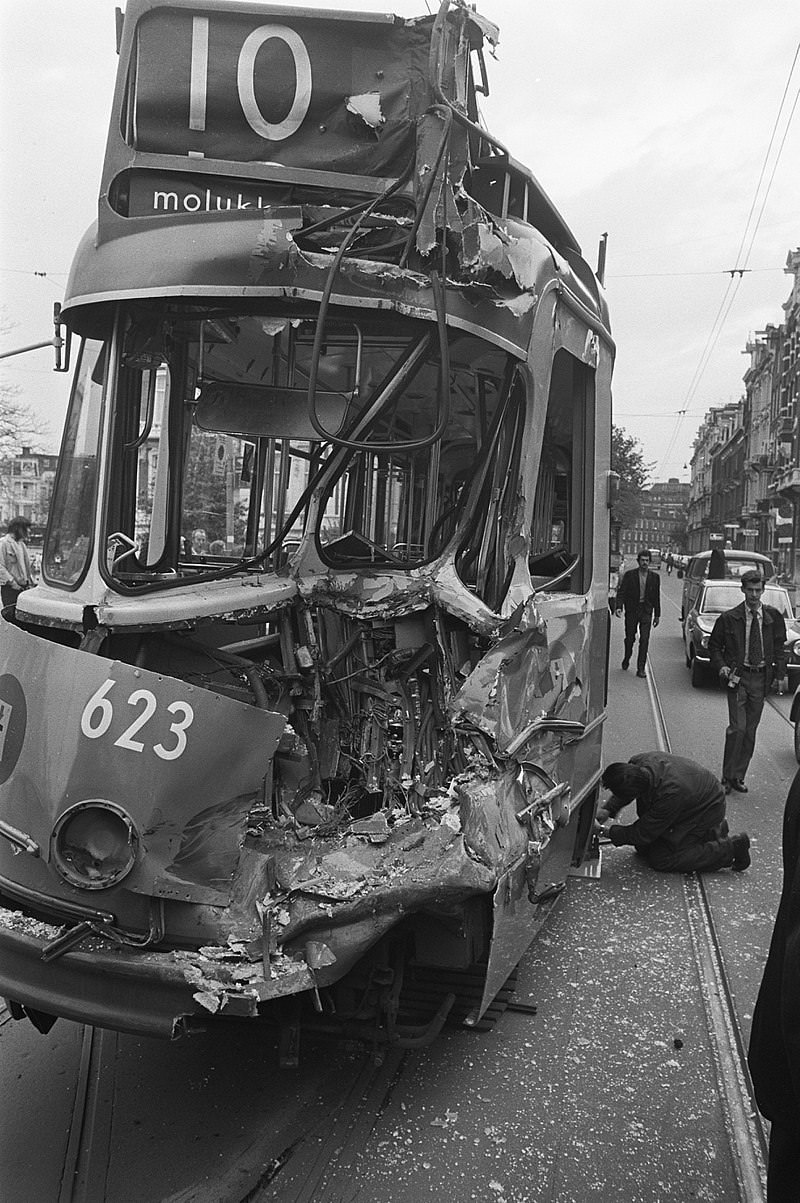

This doesn’t look particularly “rare”. Trams in Amsterdam crash and kill people all the time. And their railsystem is really dangerous for cyclists on top of it.
especially pedestrians…Trams are silent, tracks are hidden